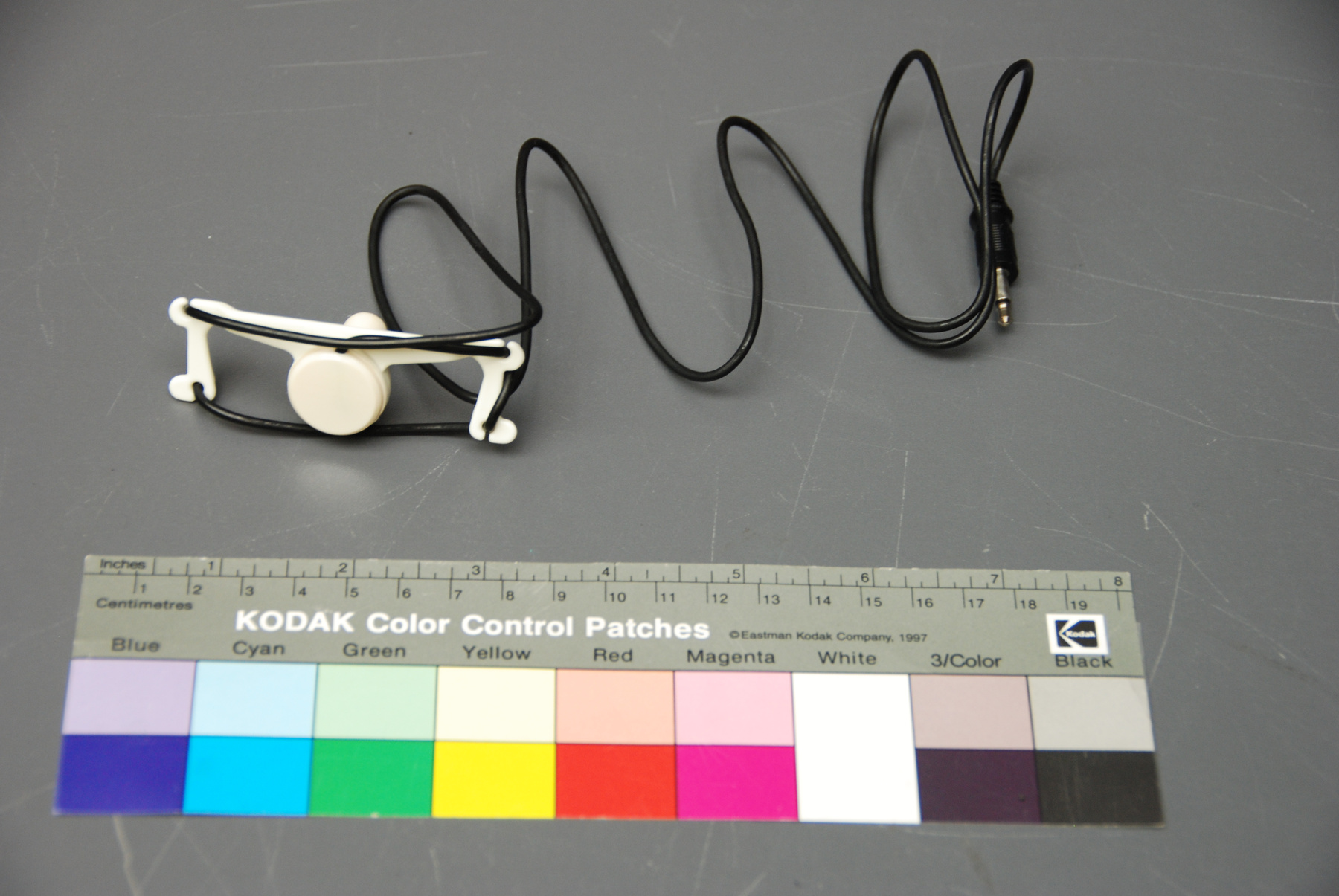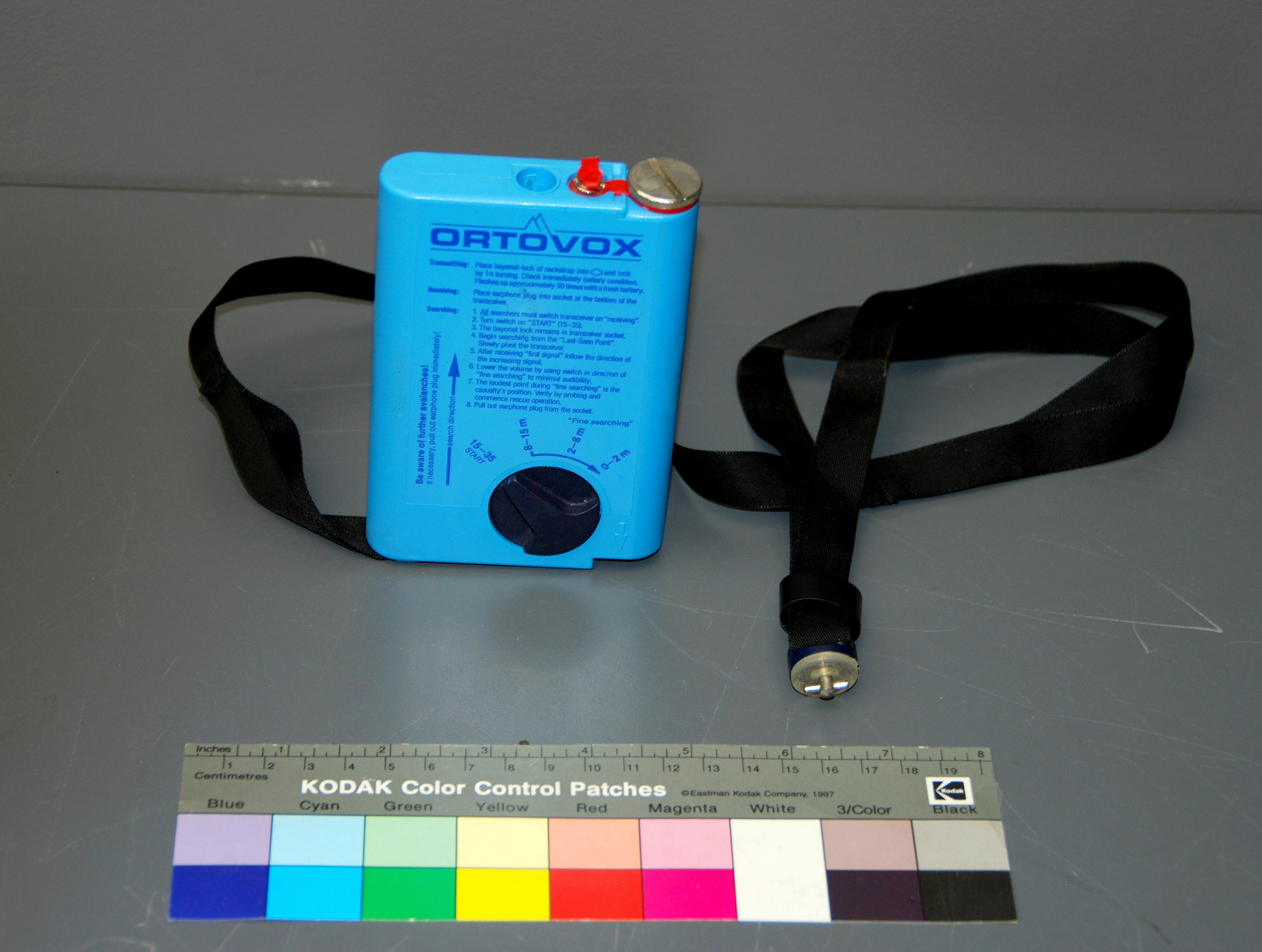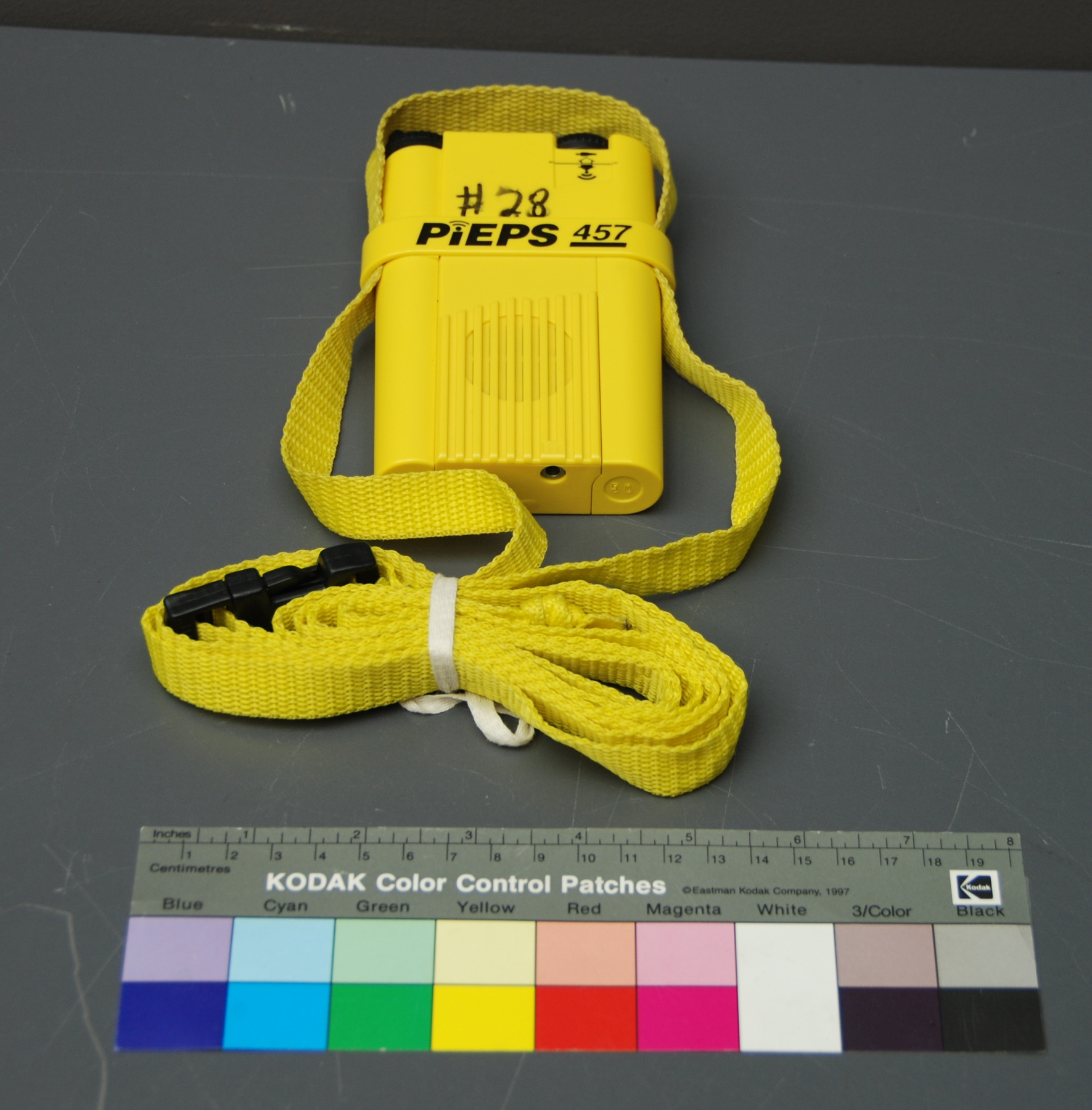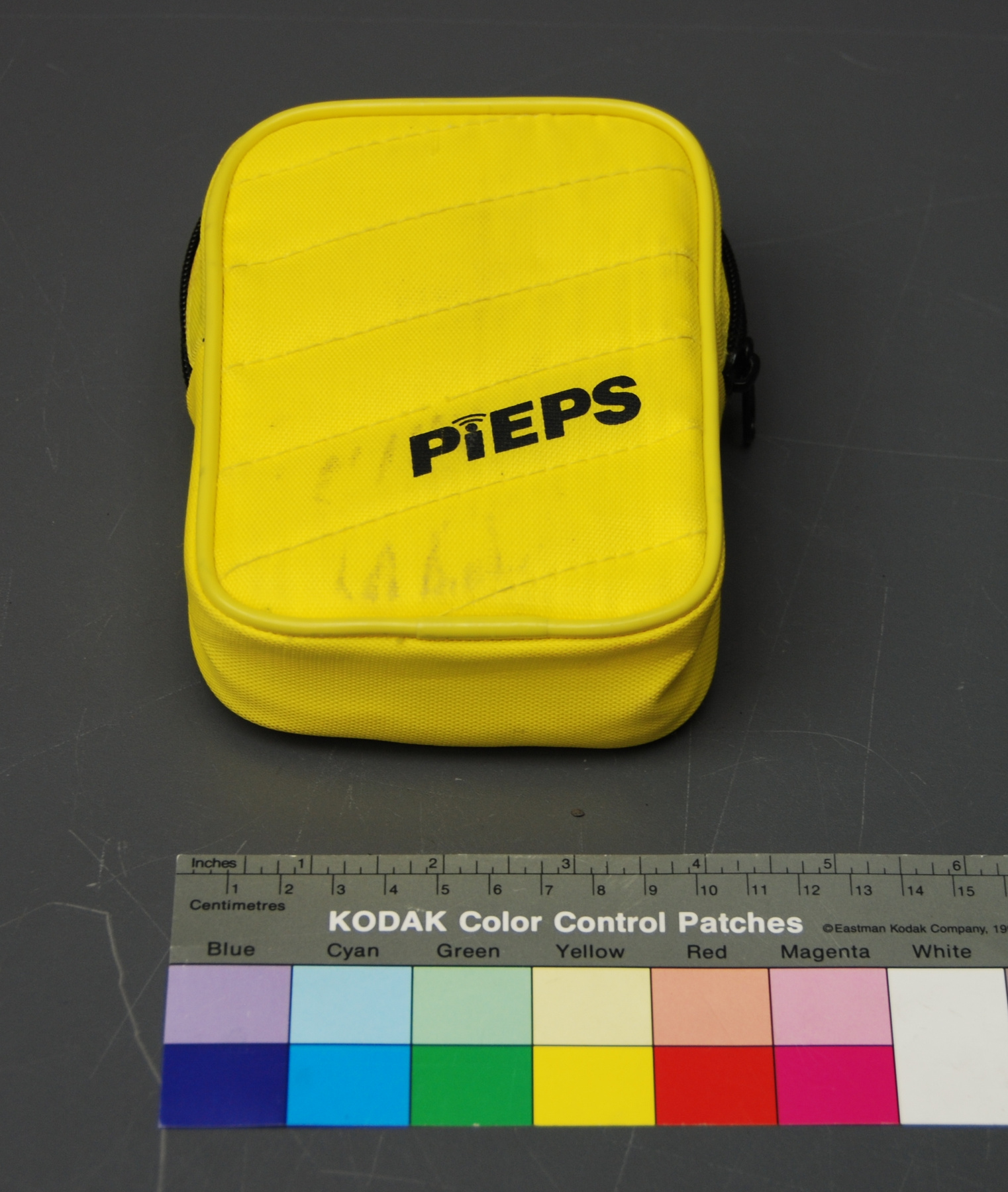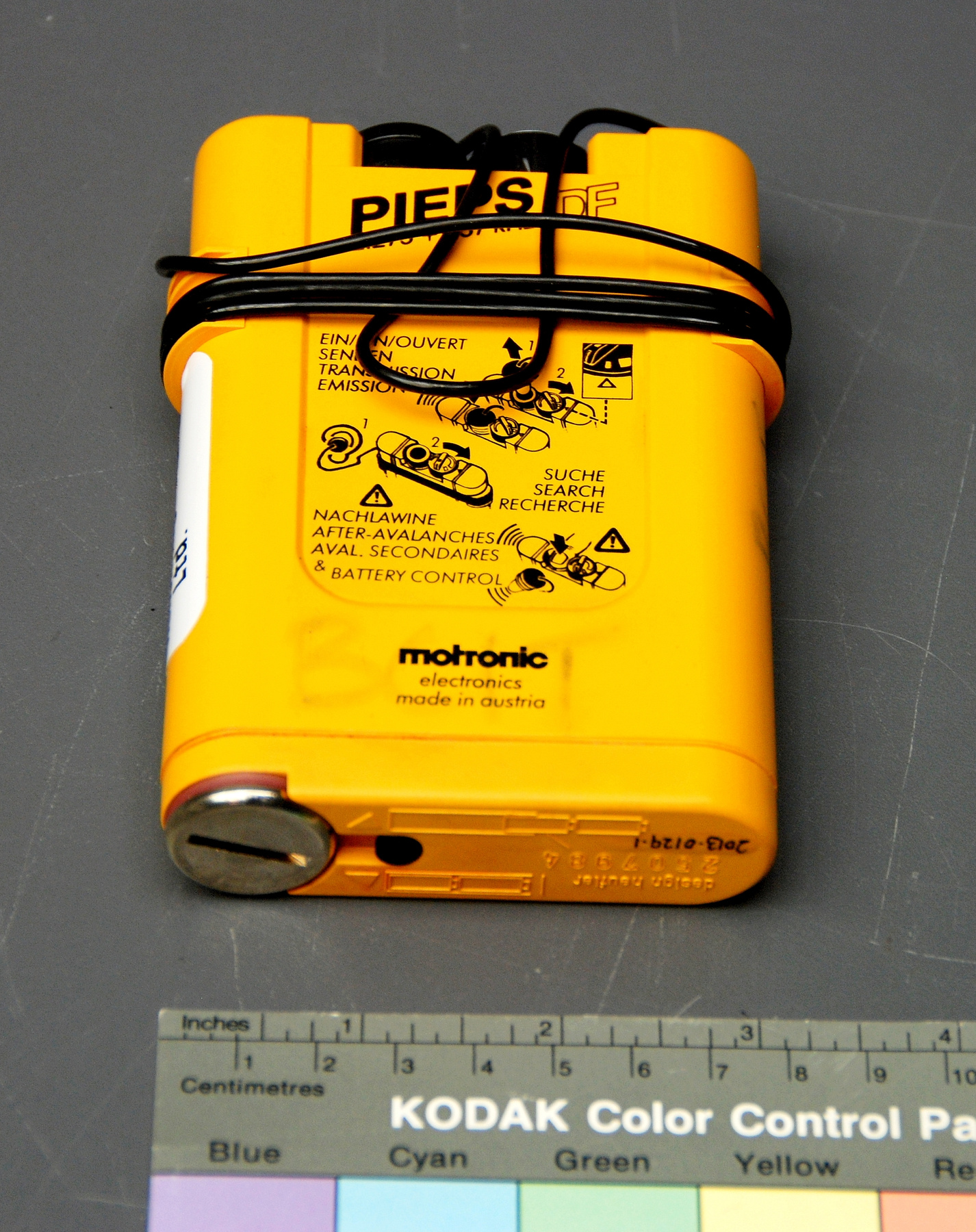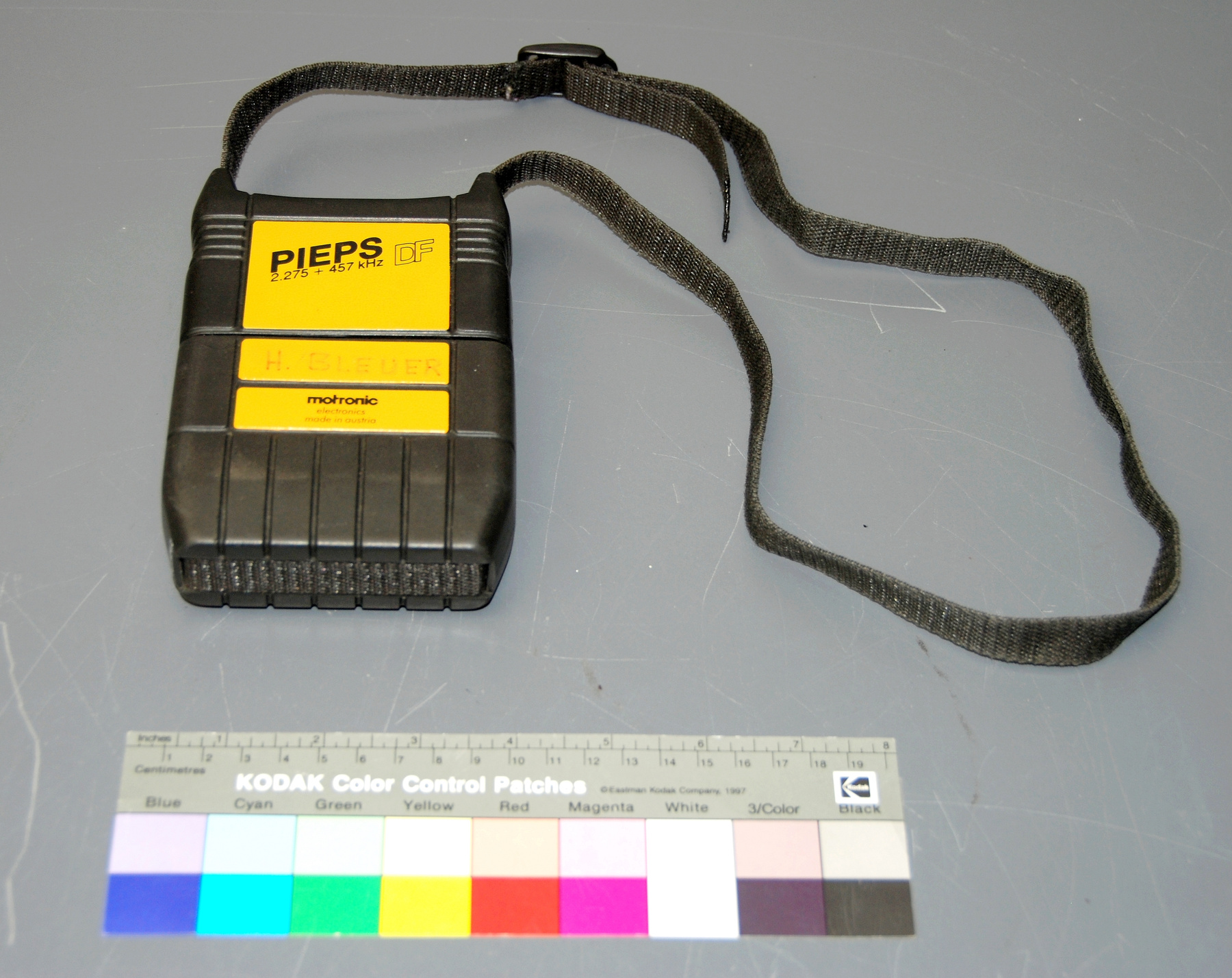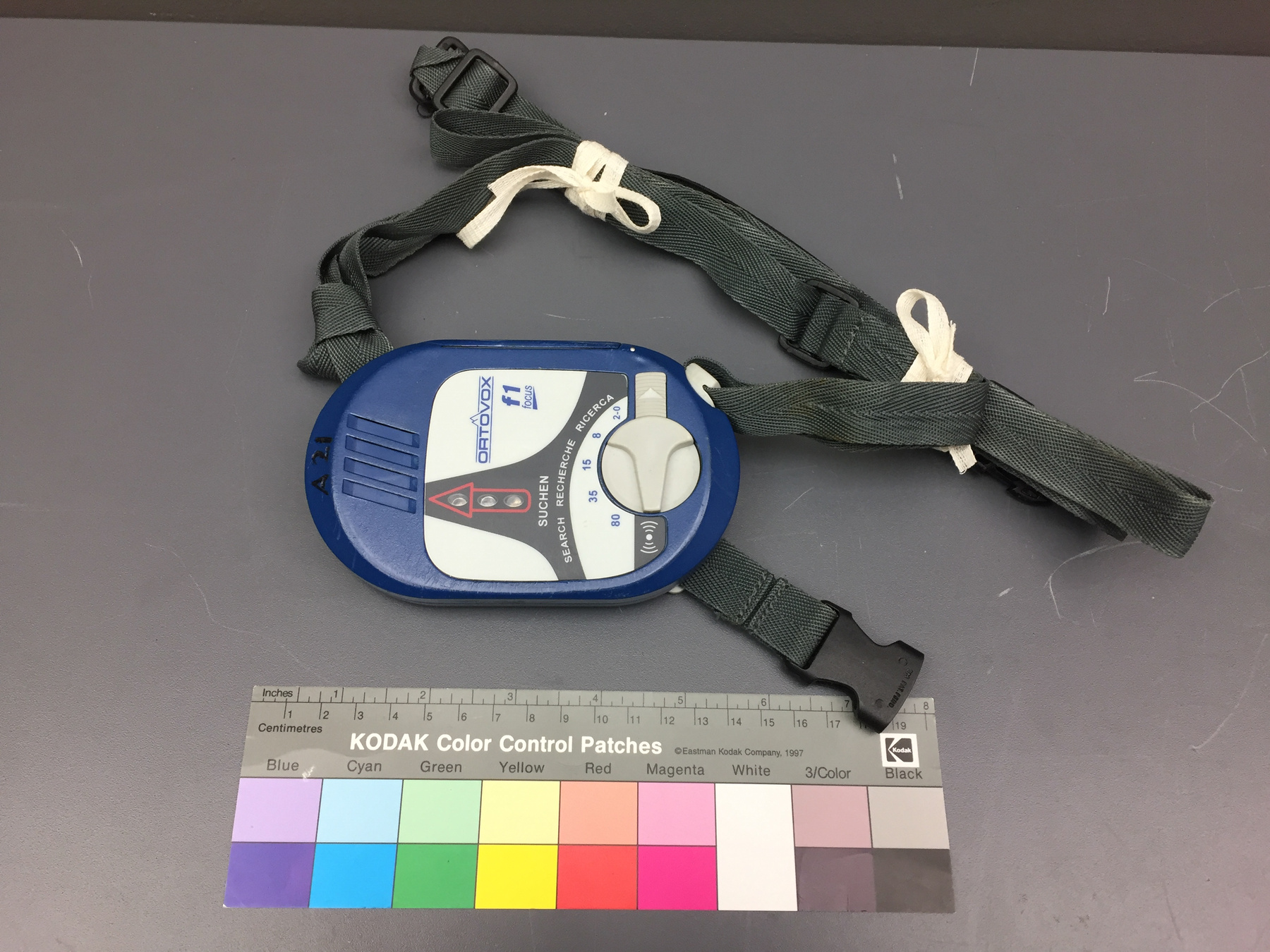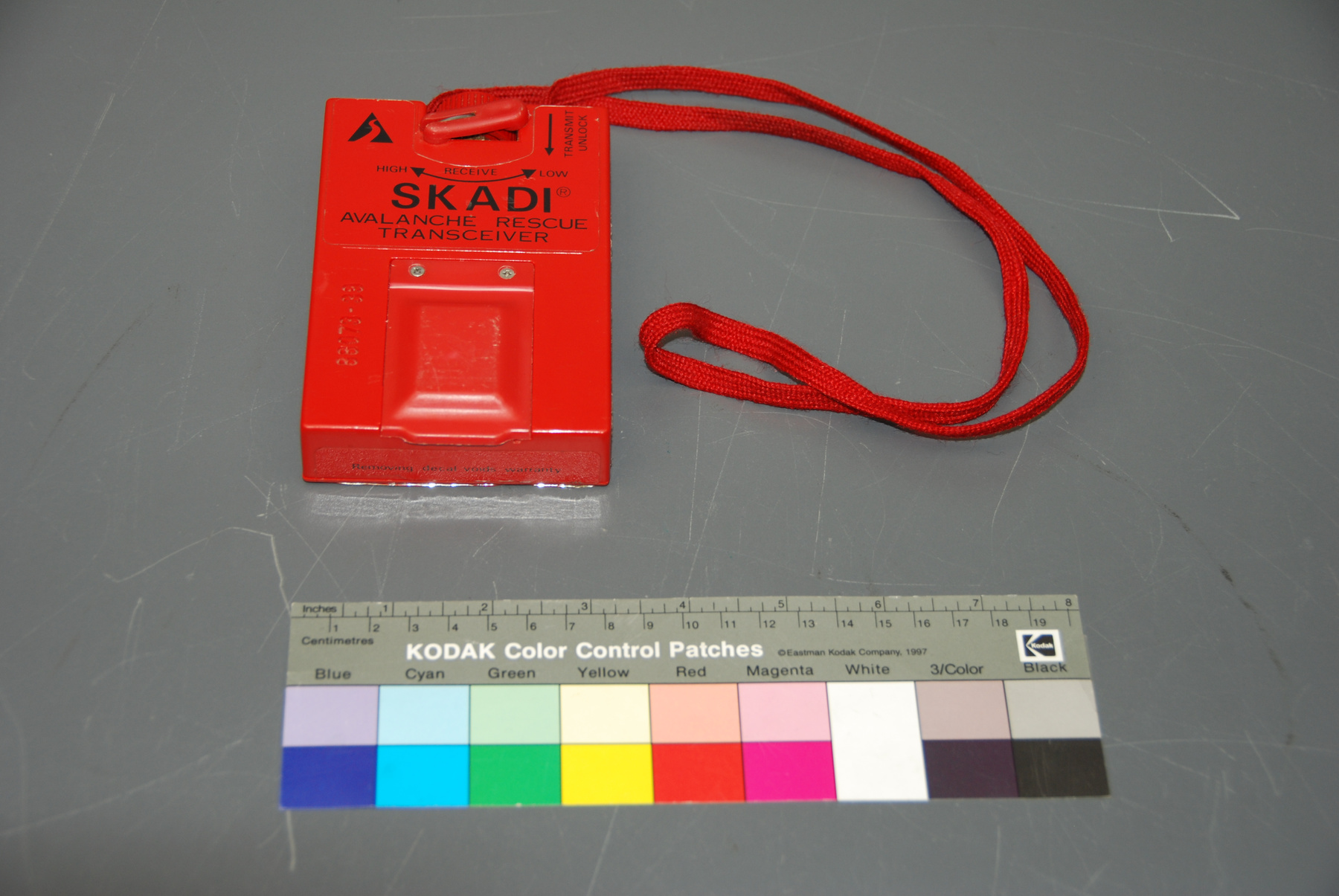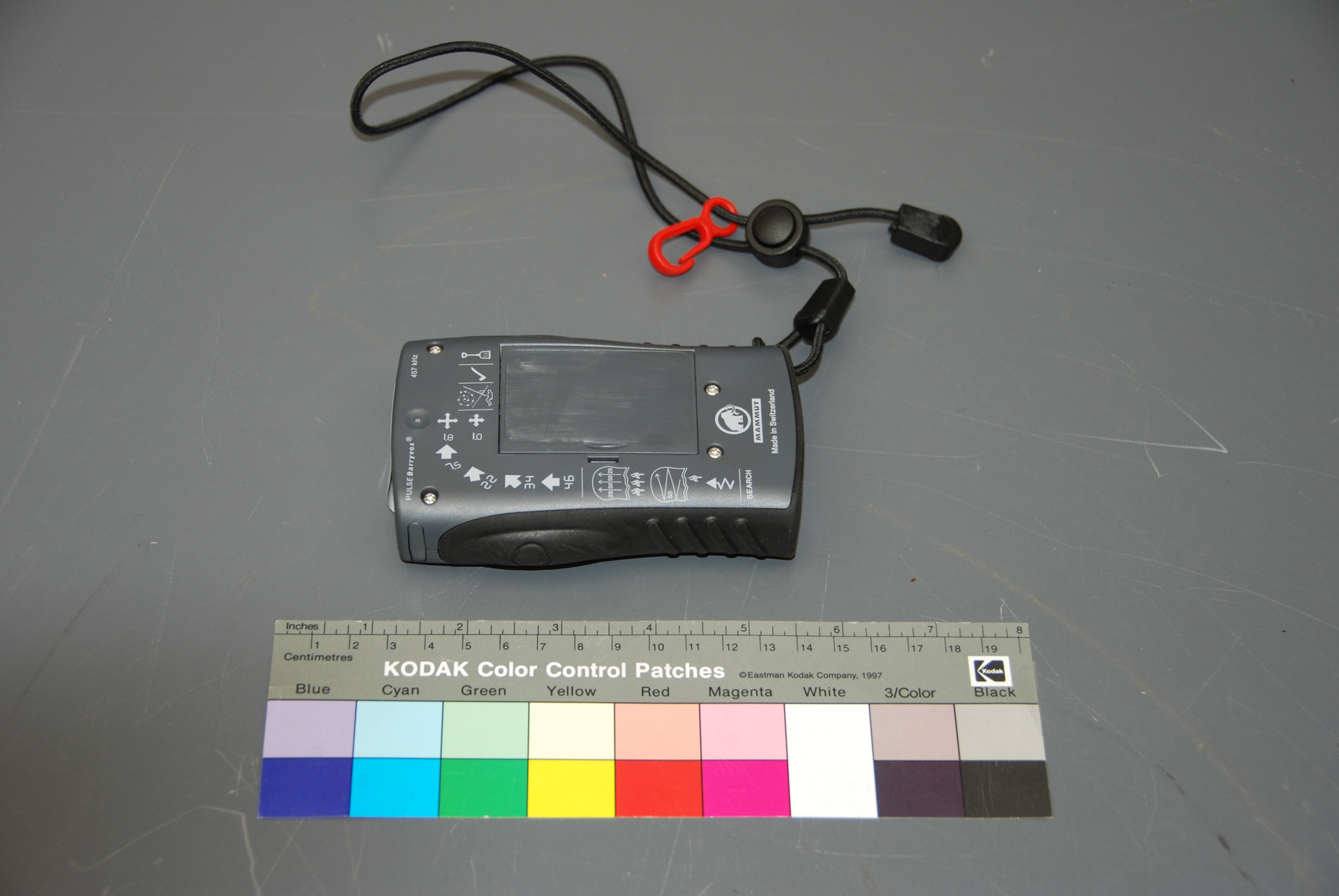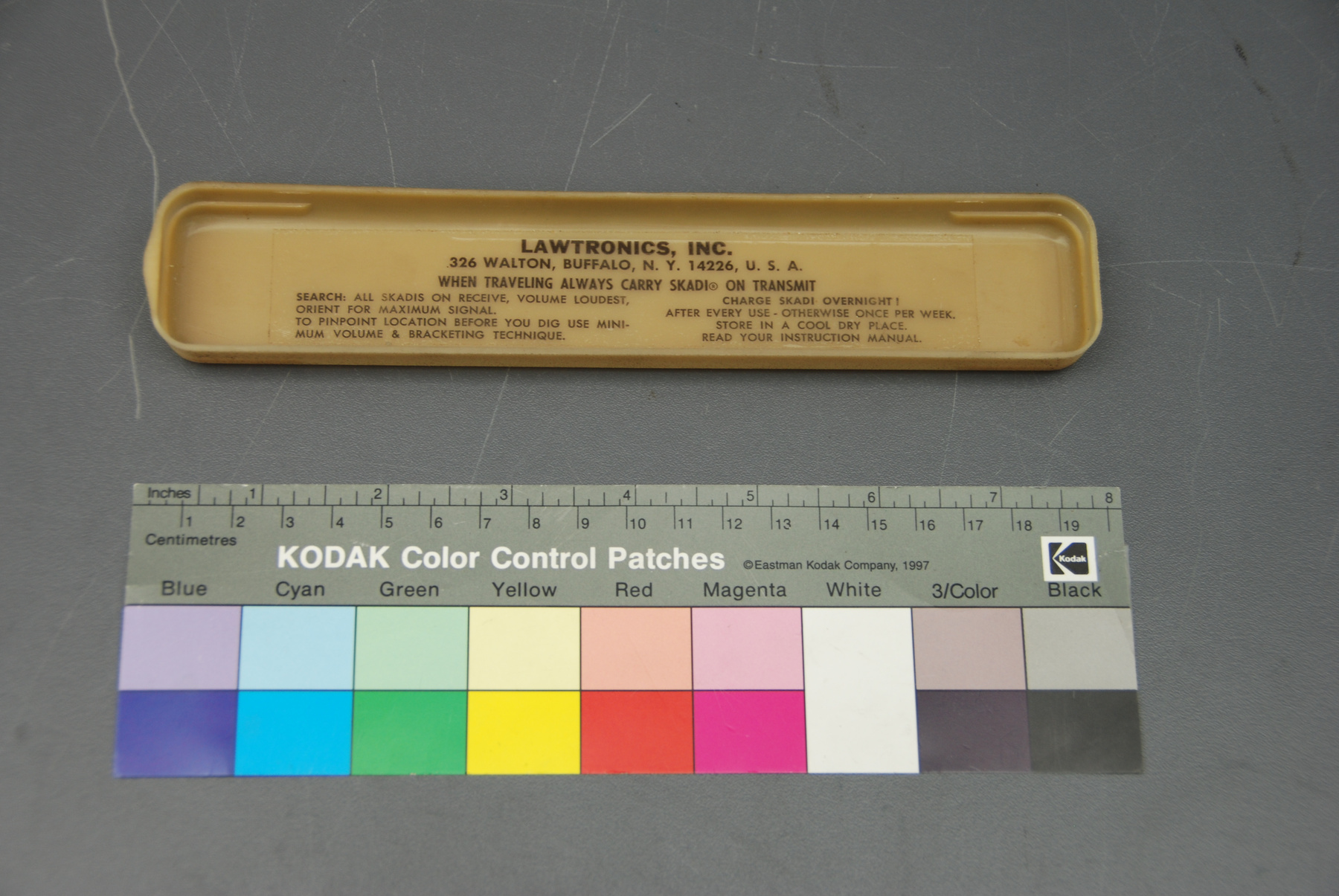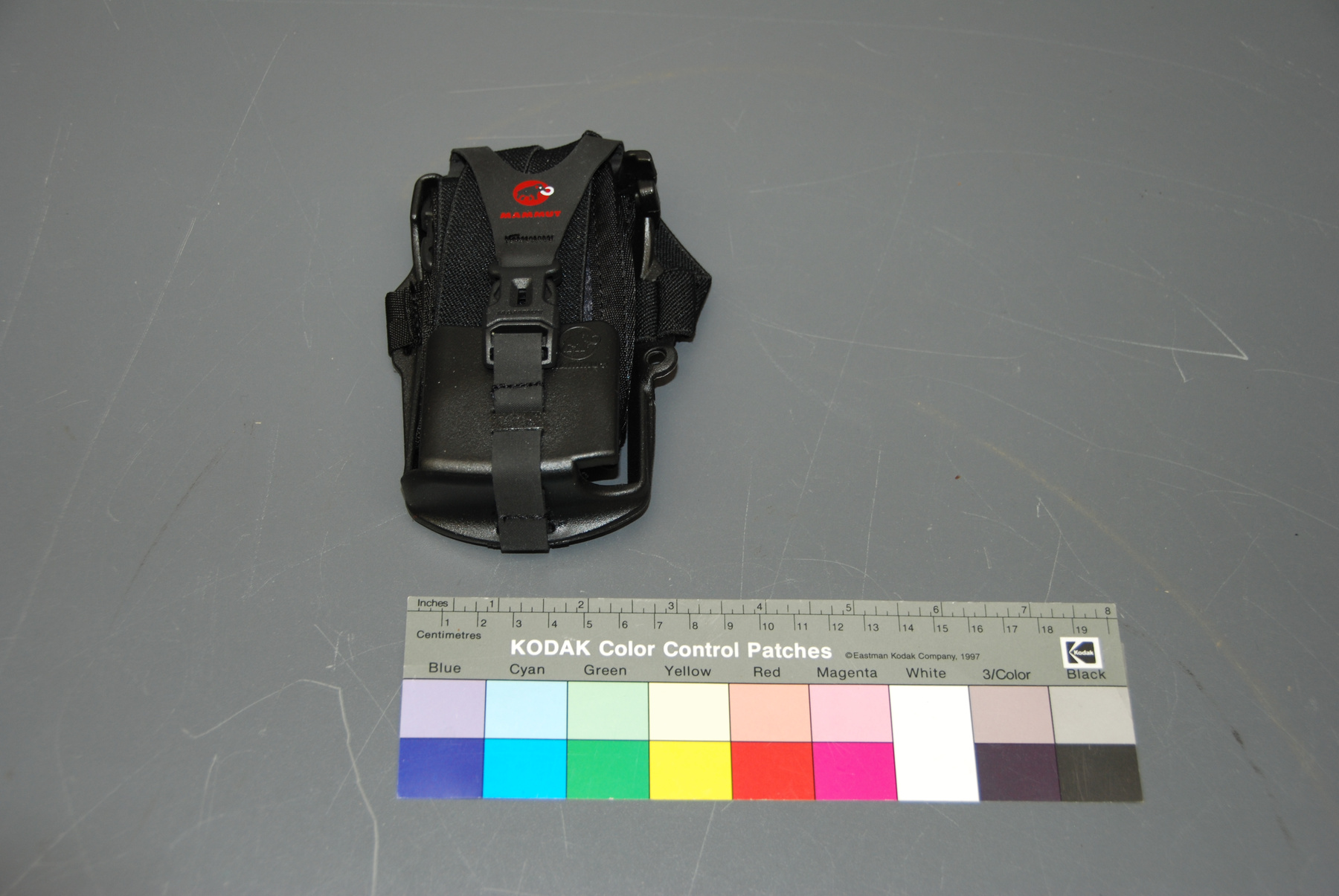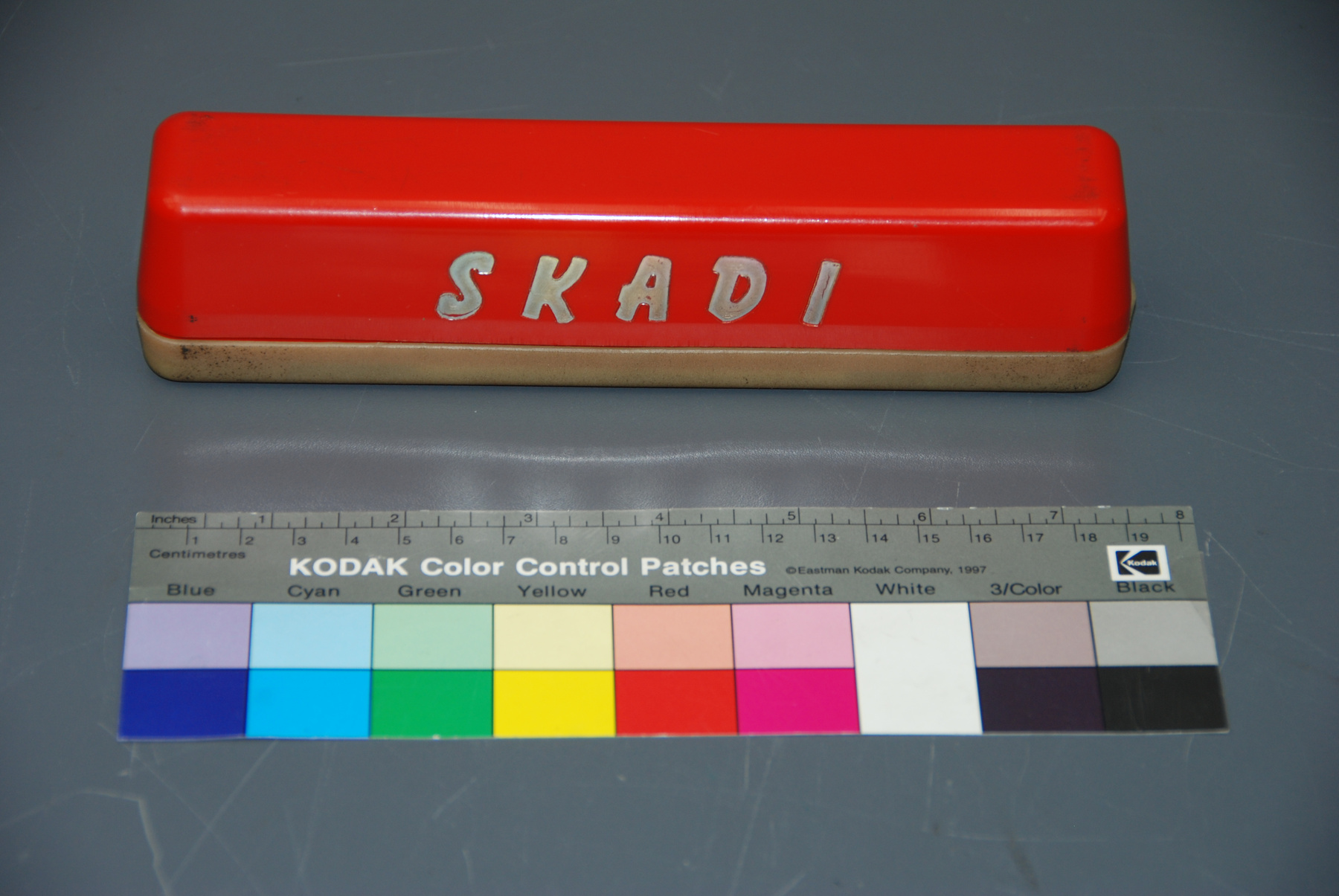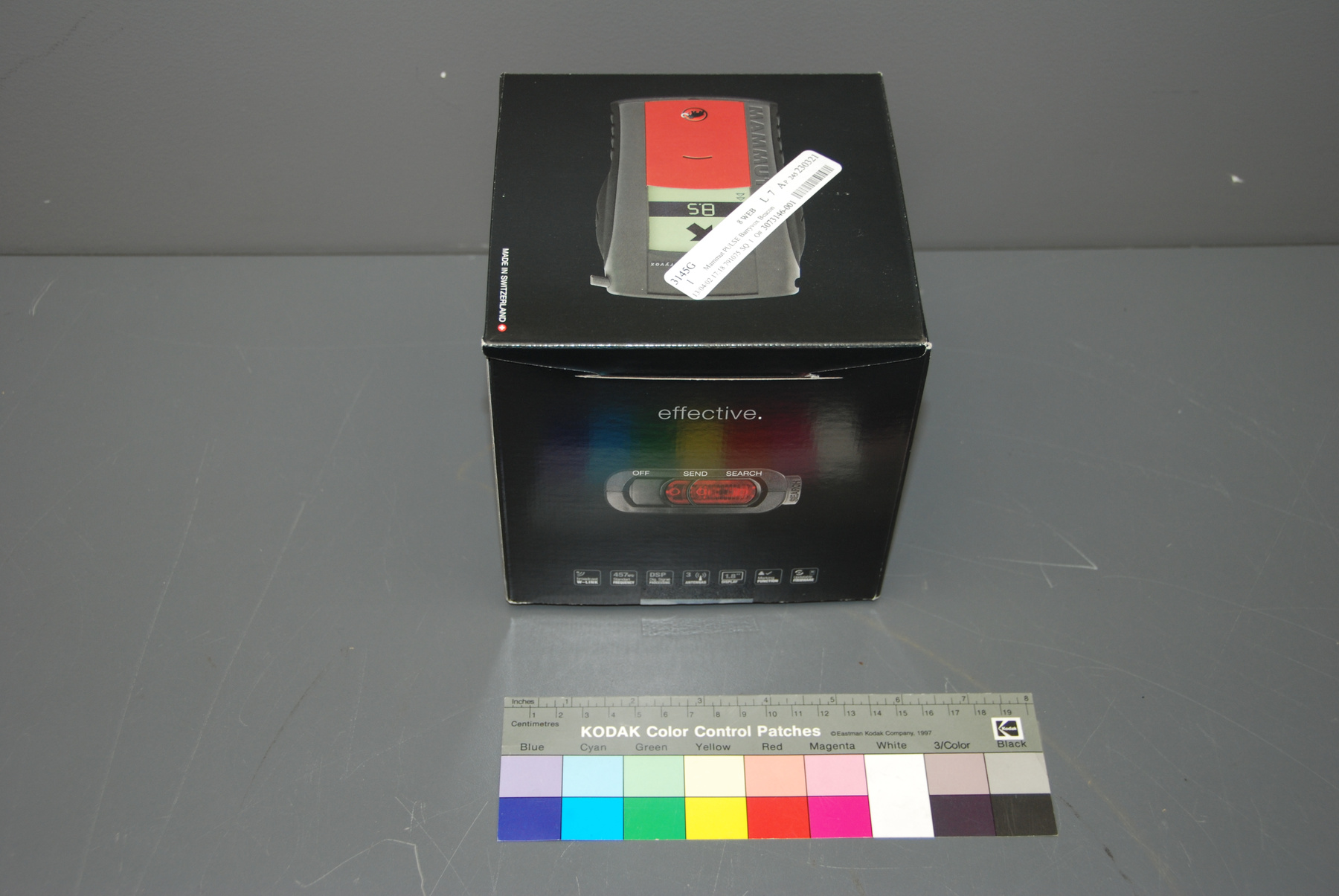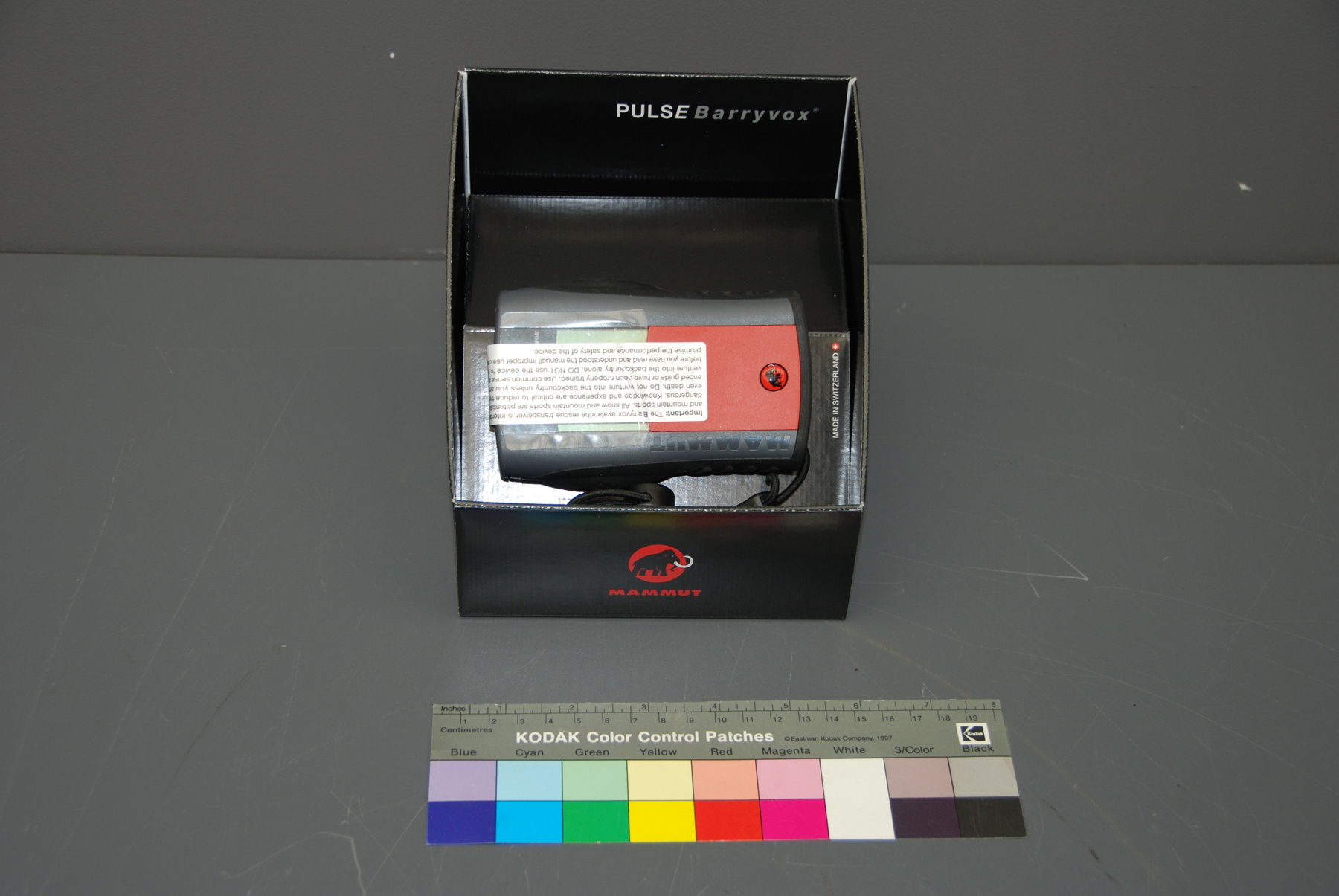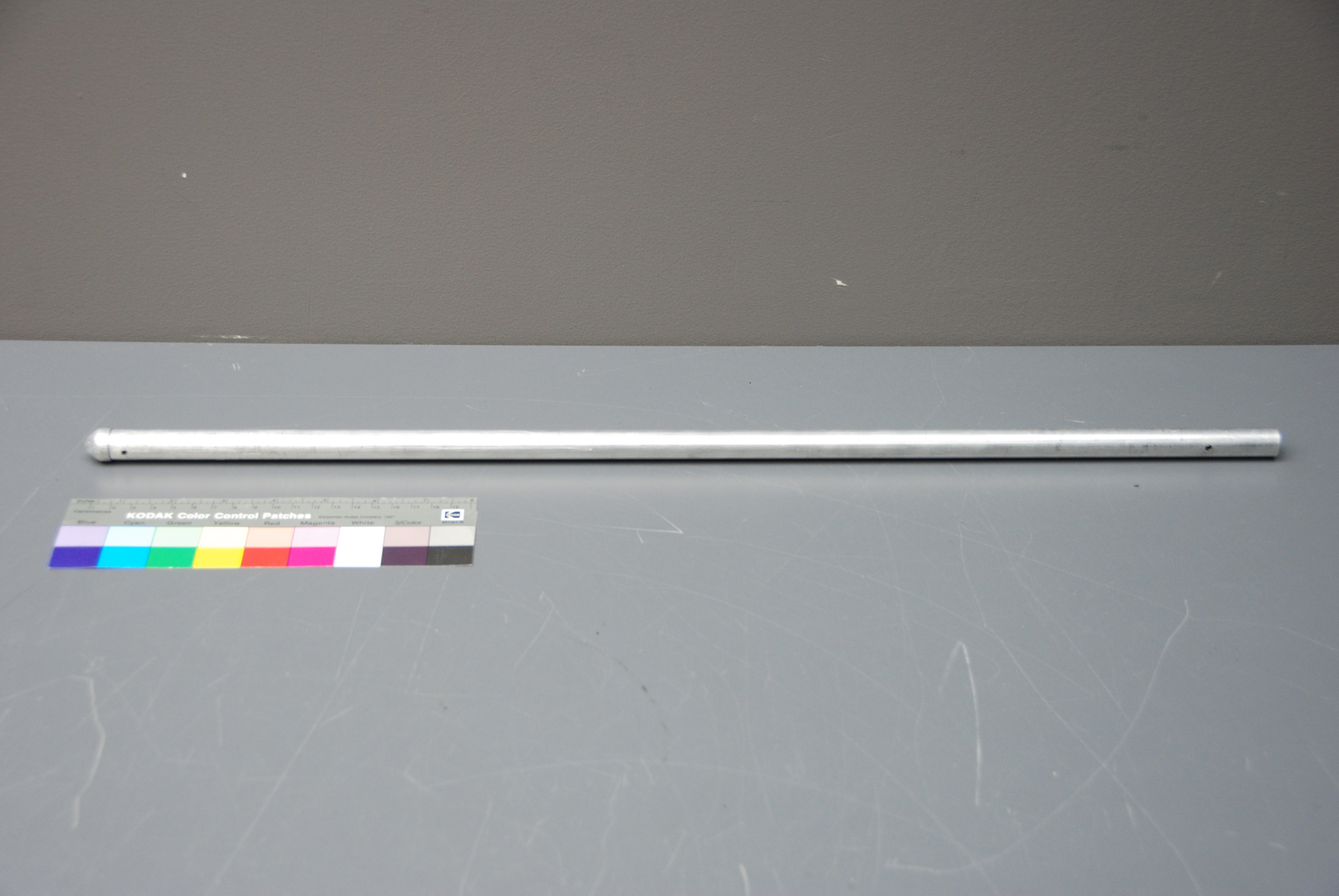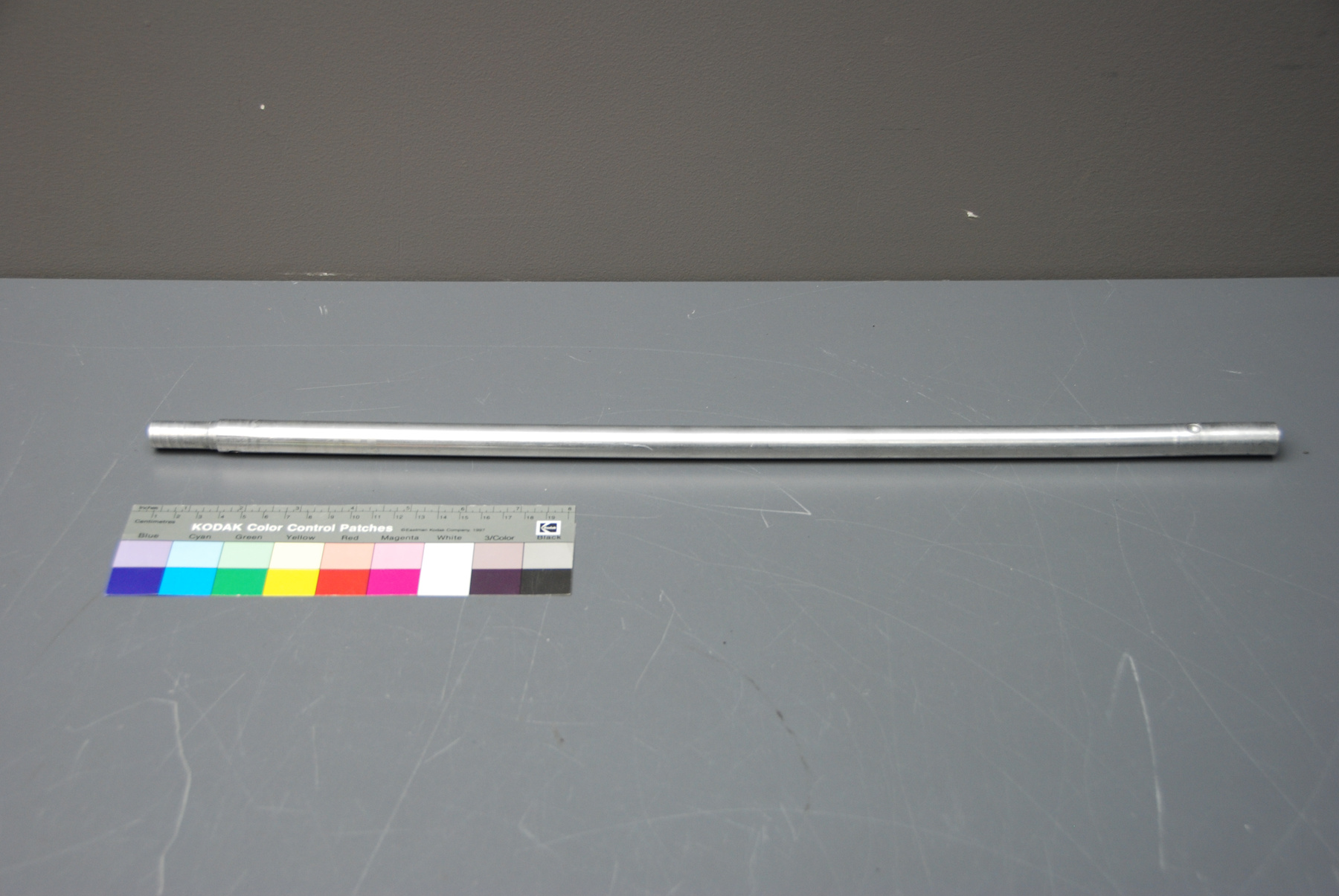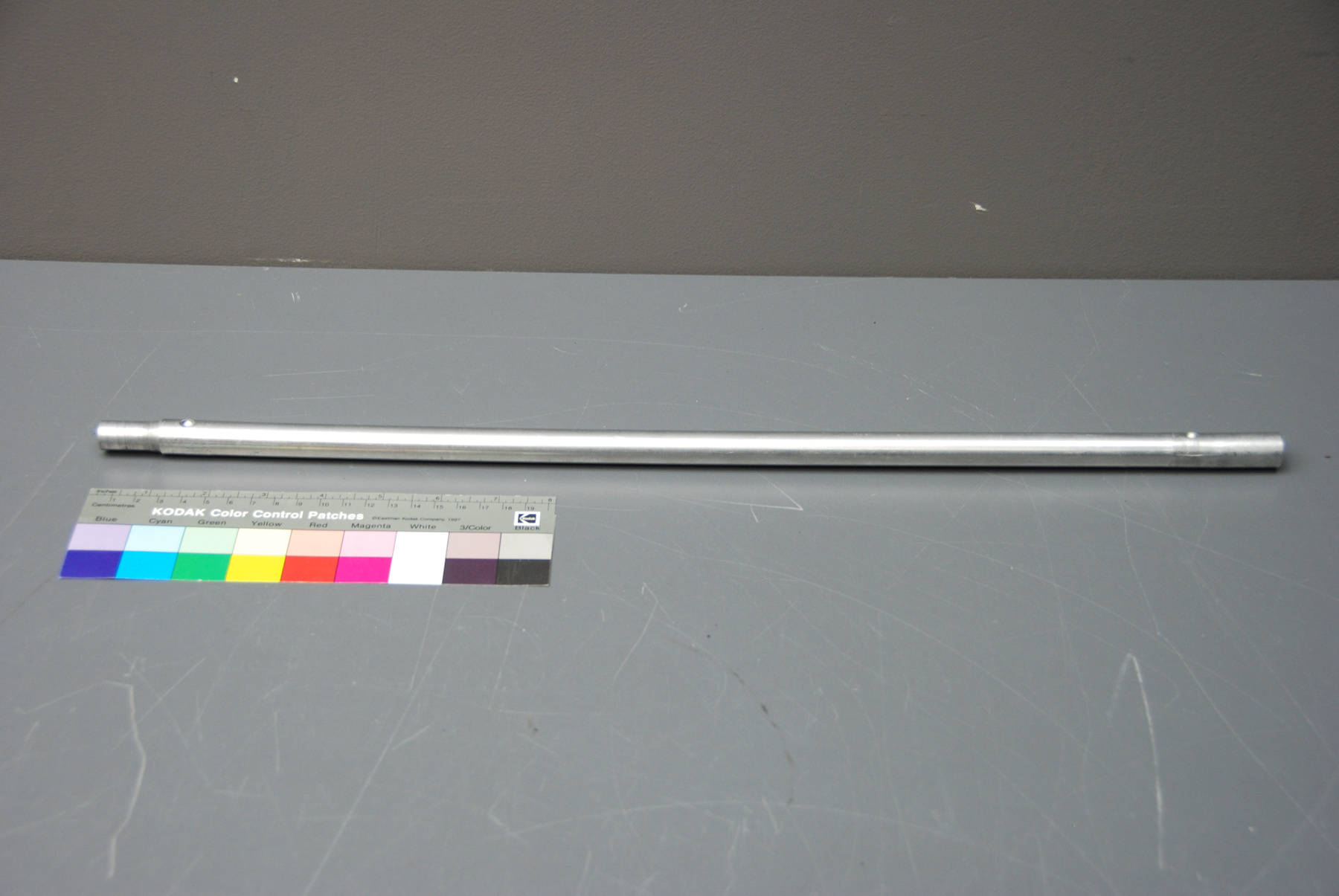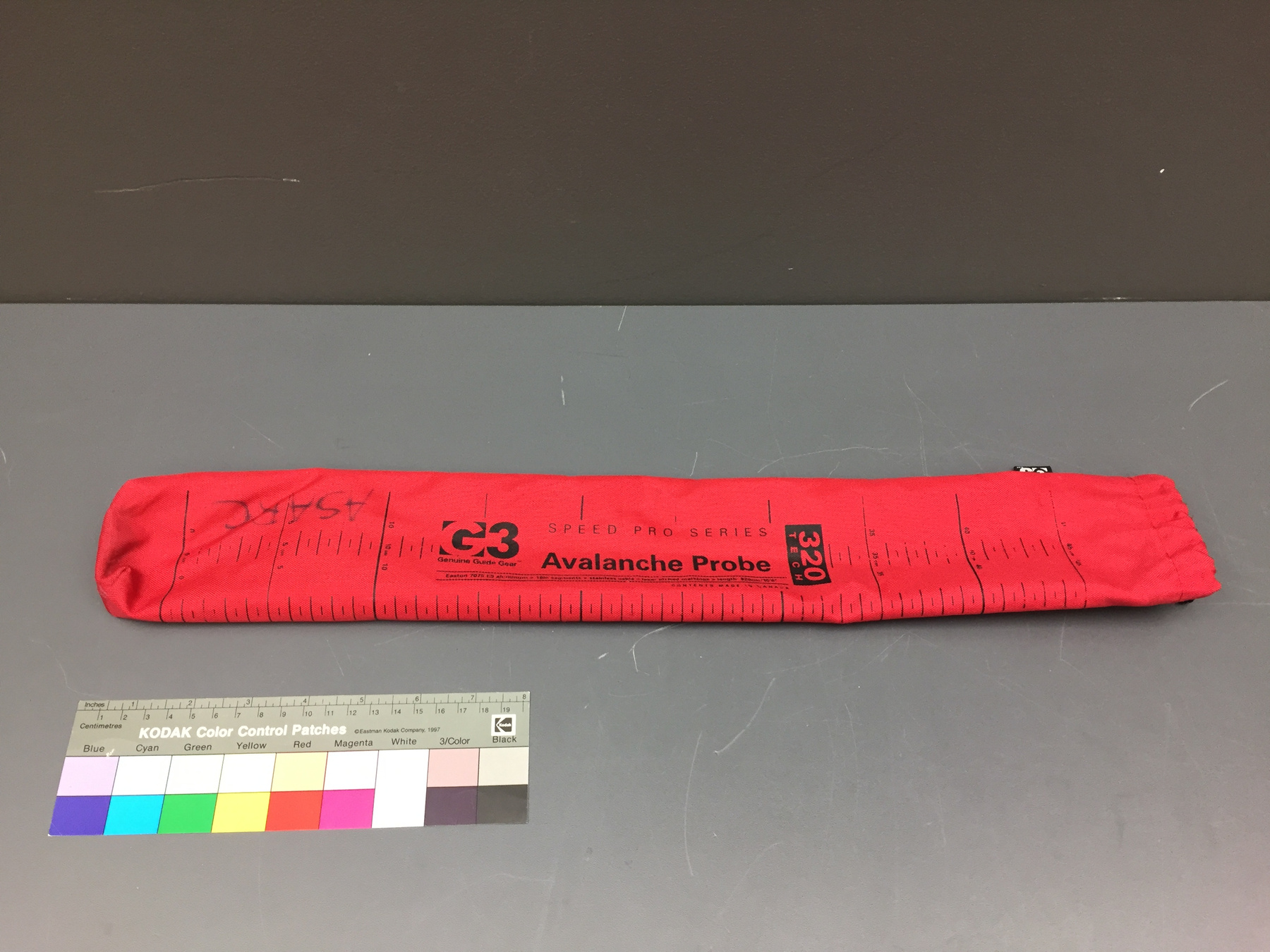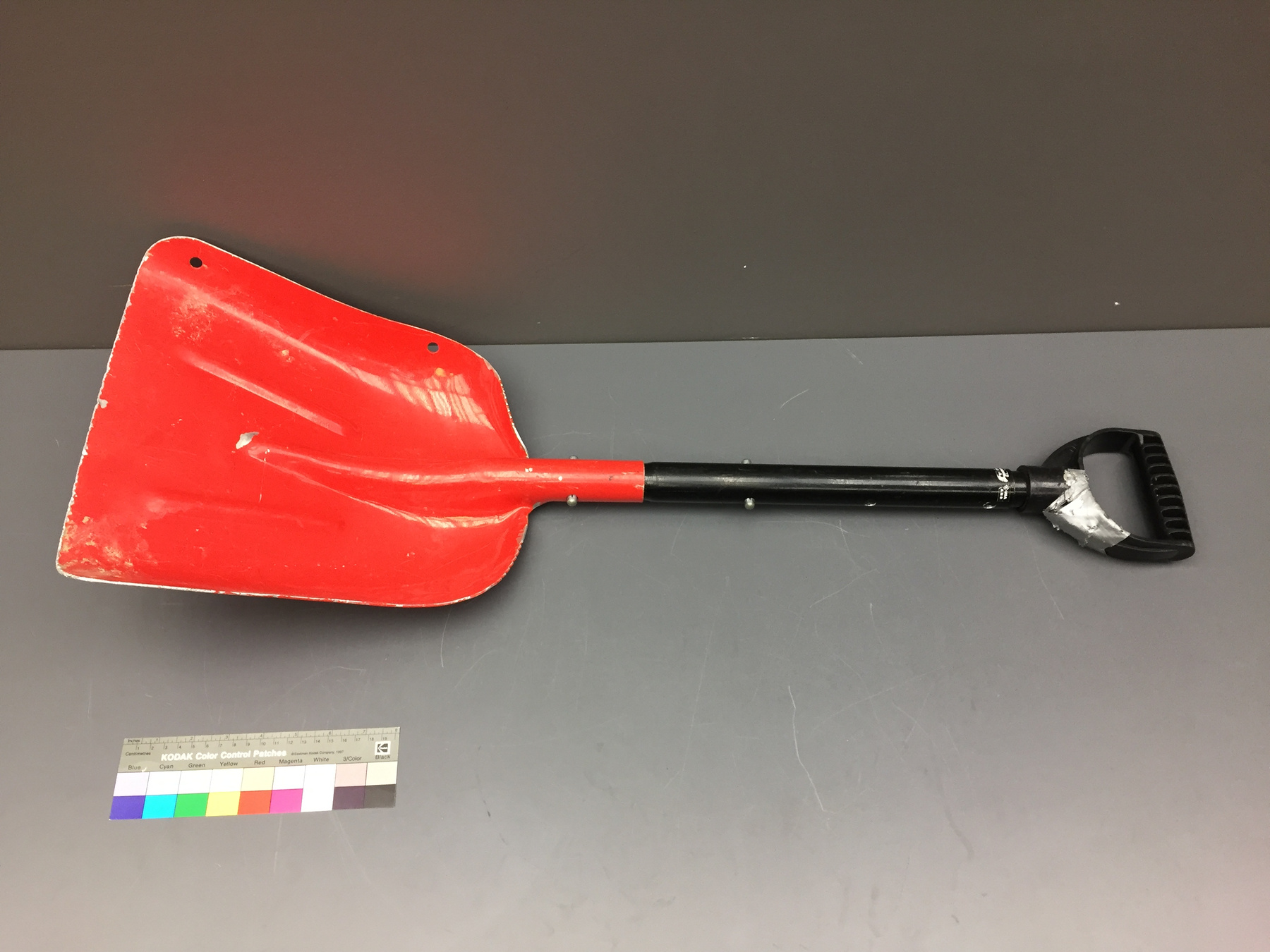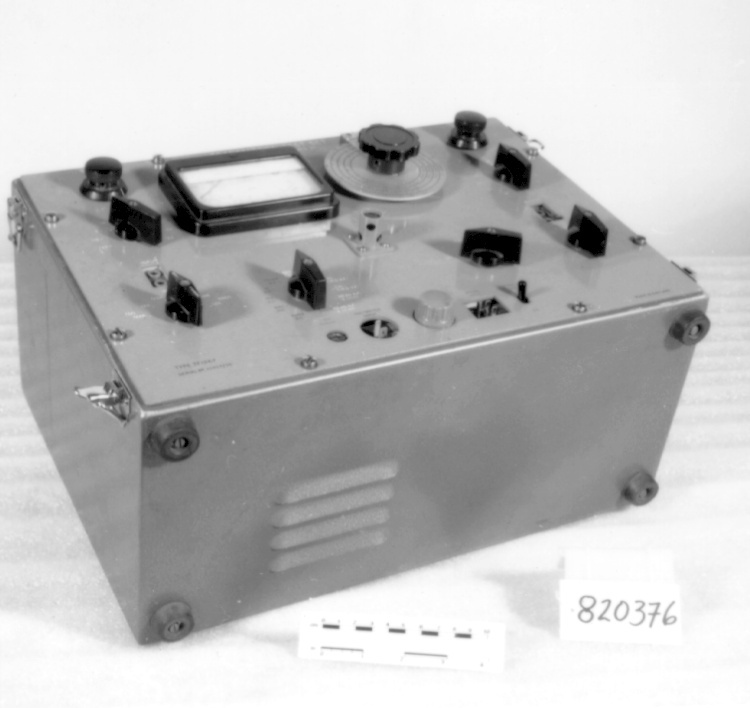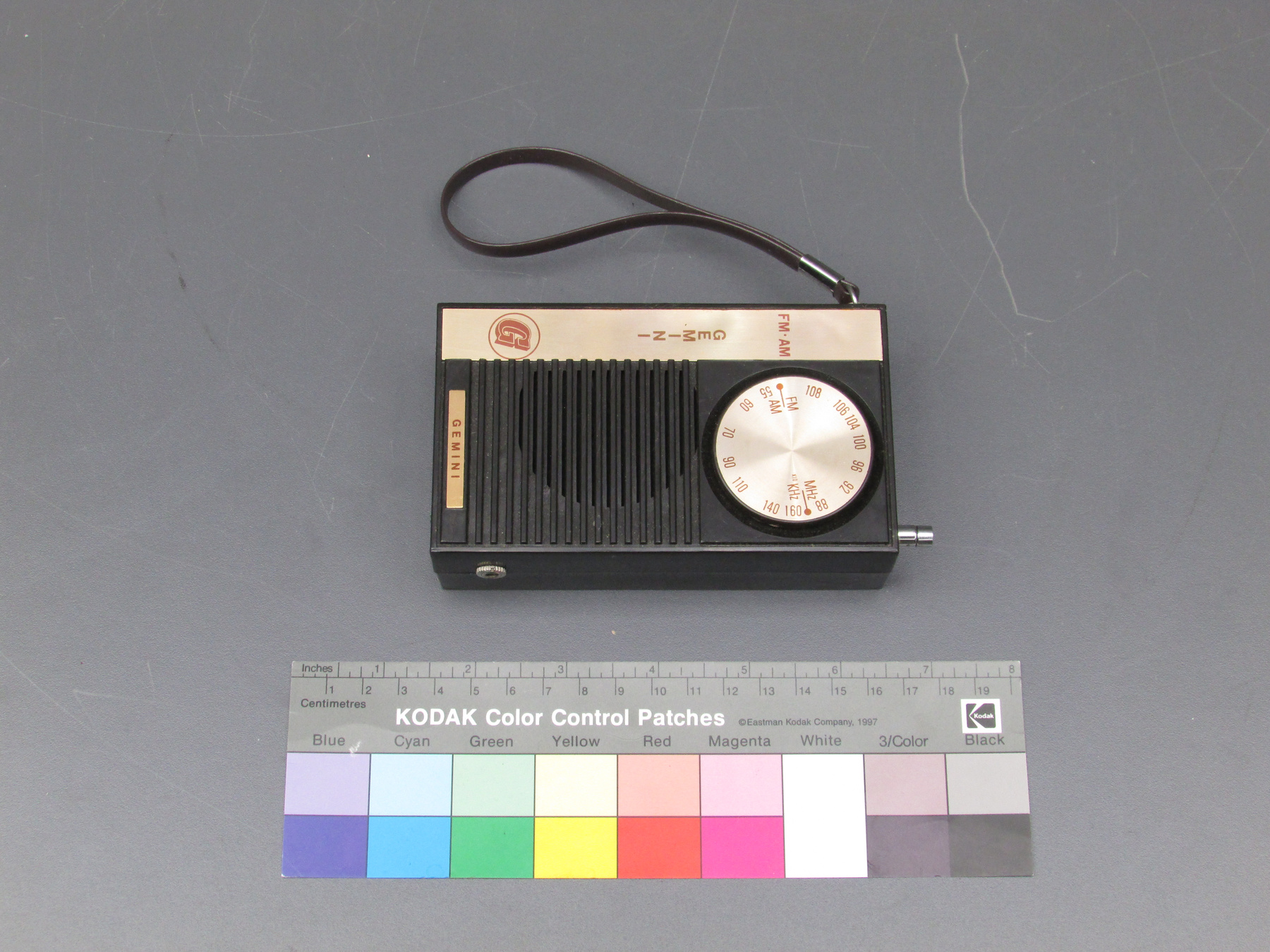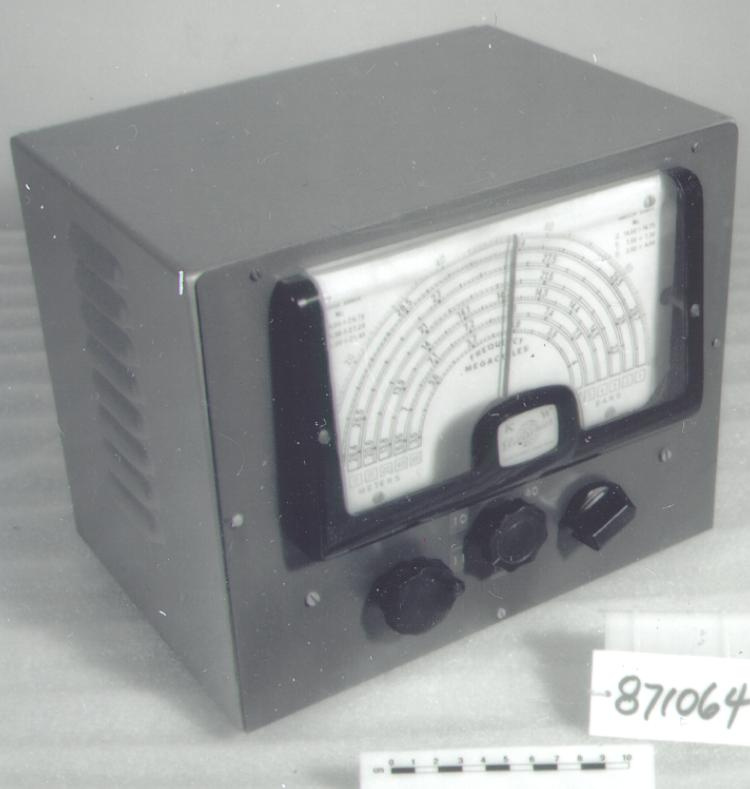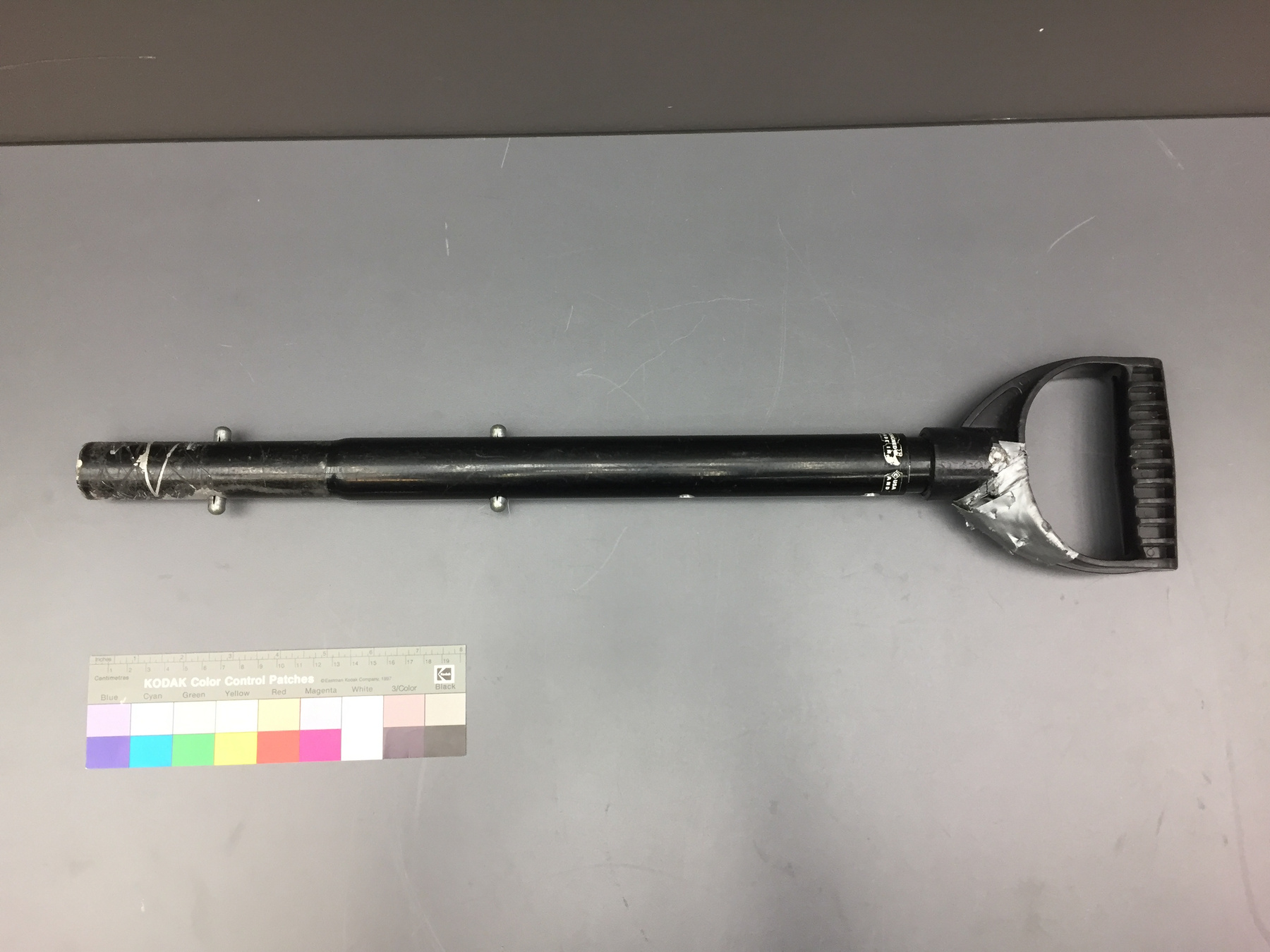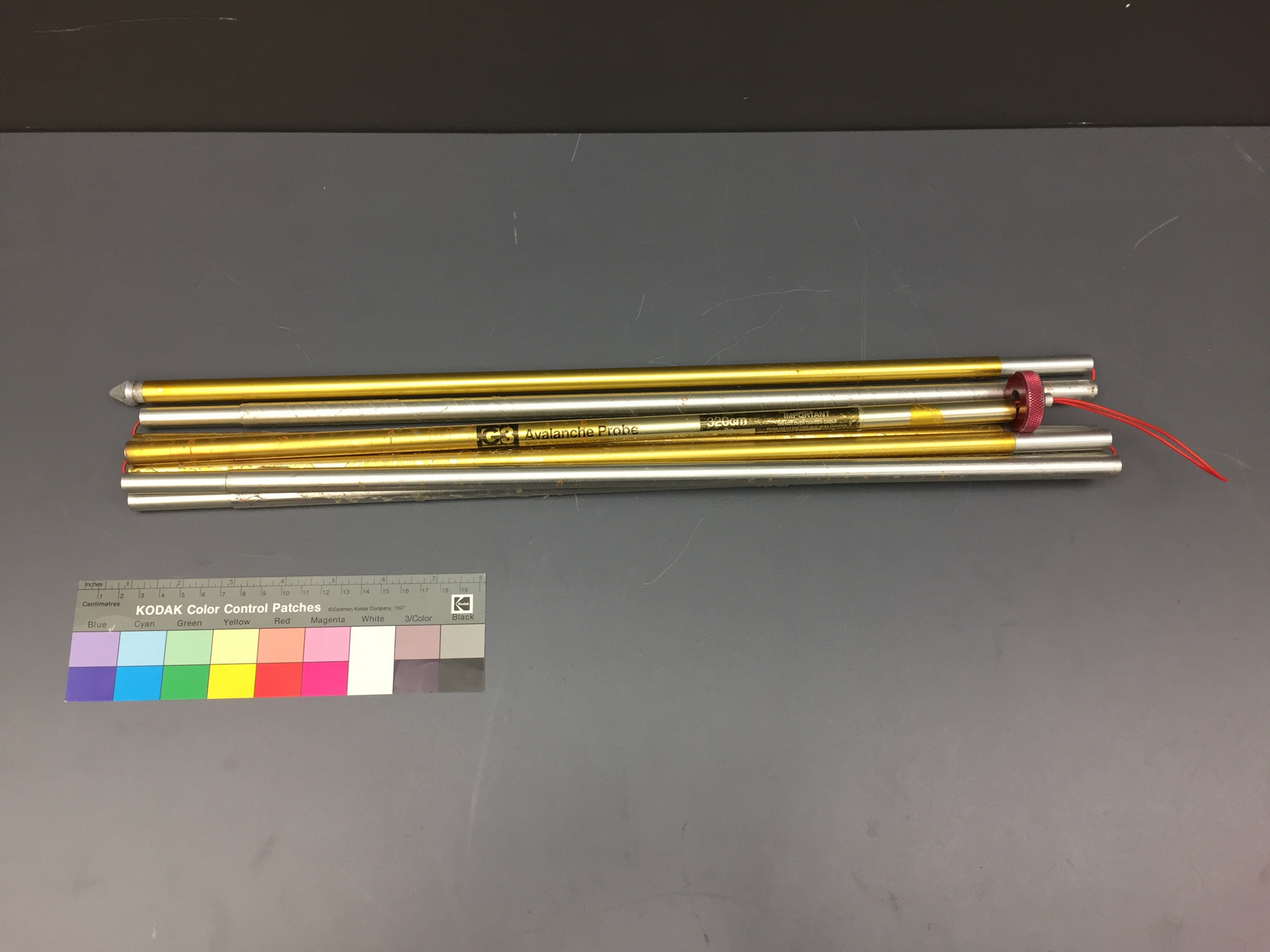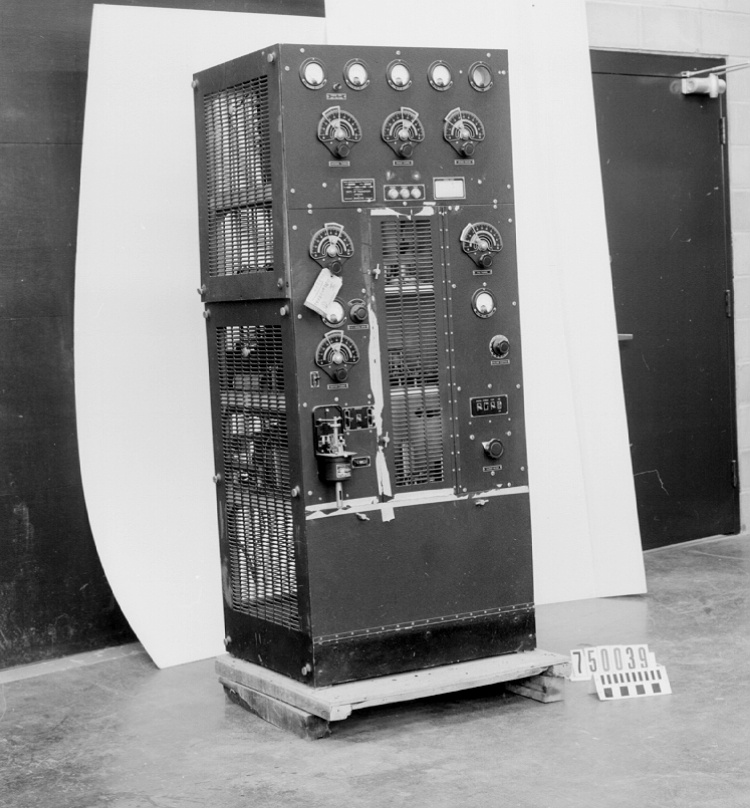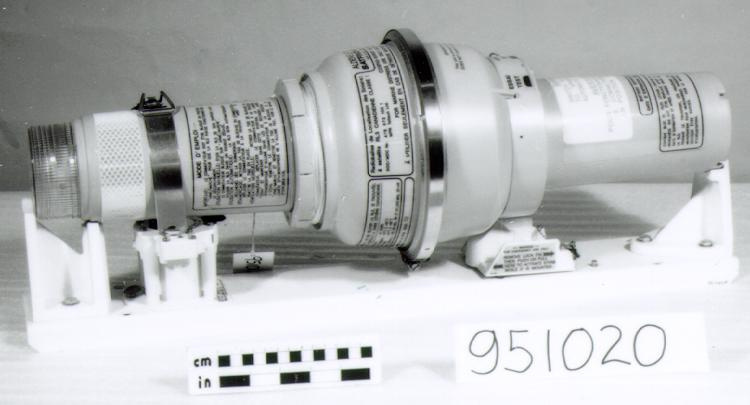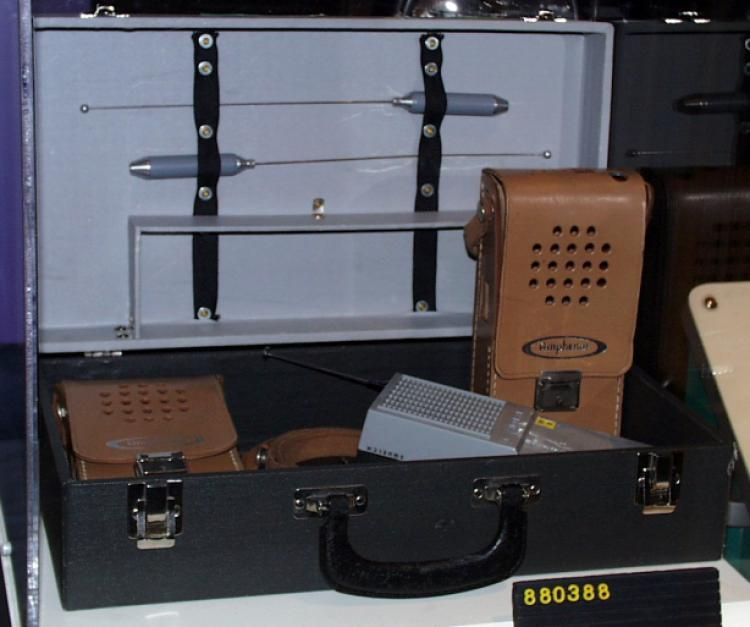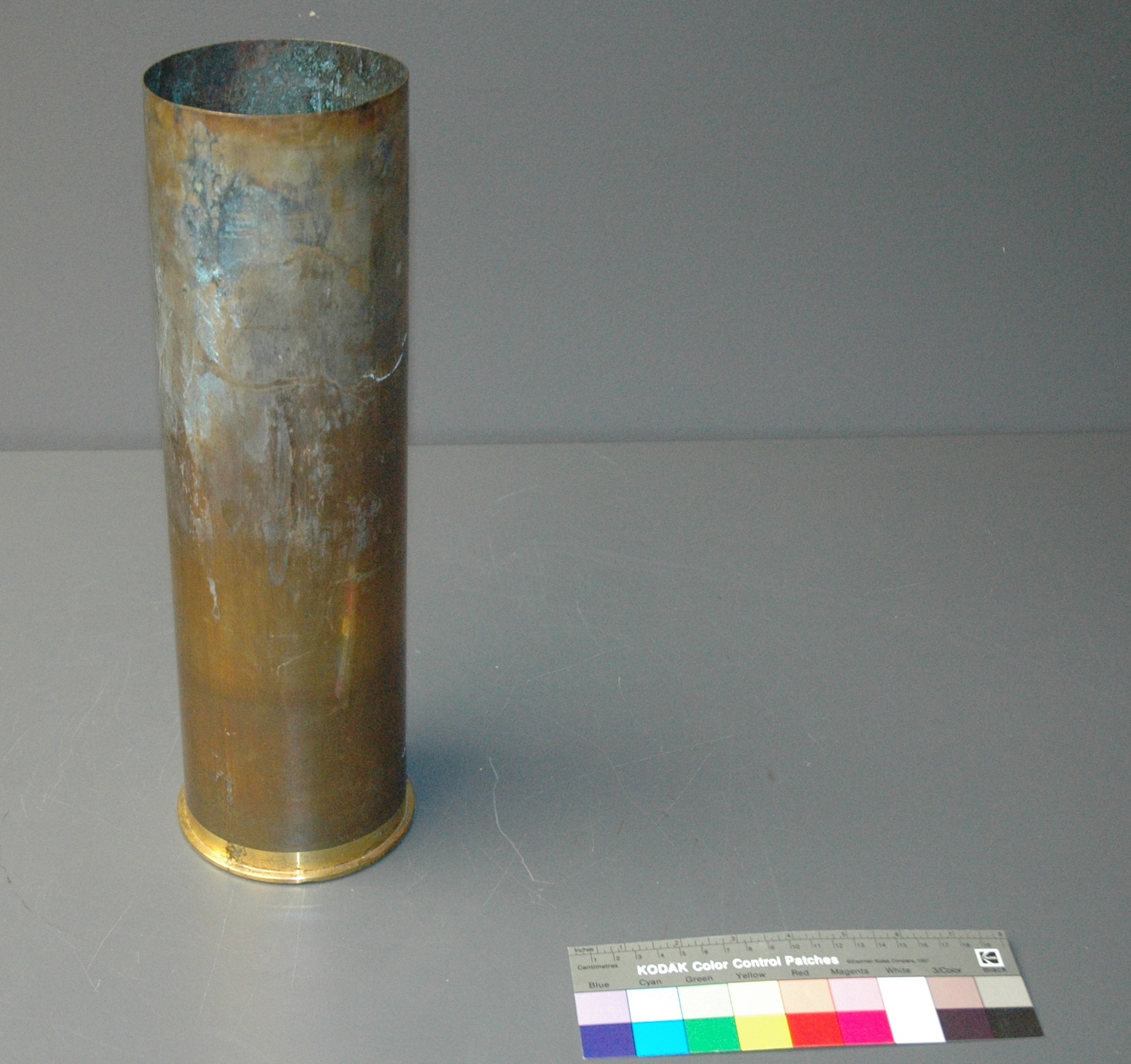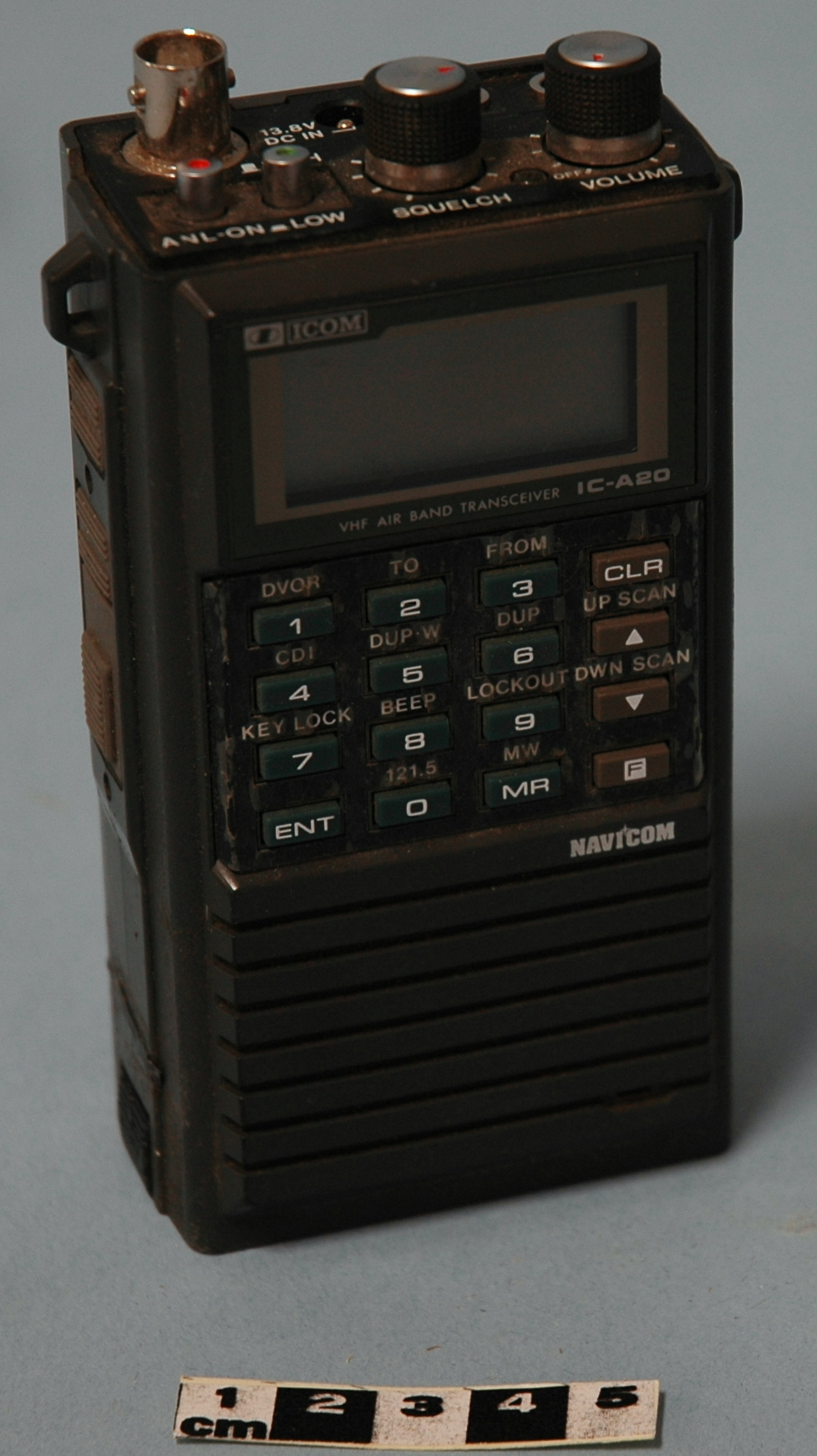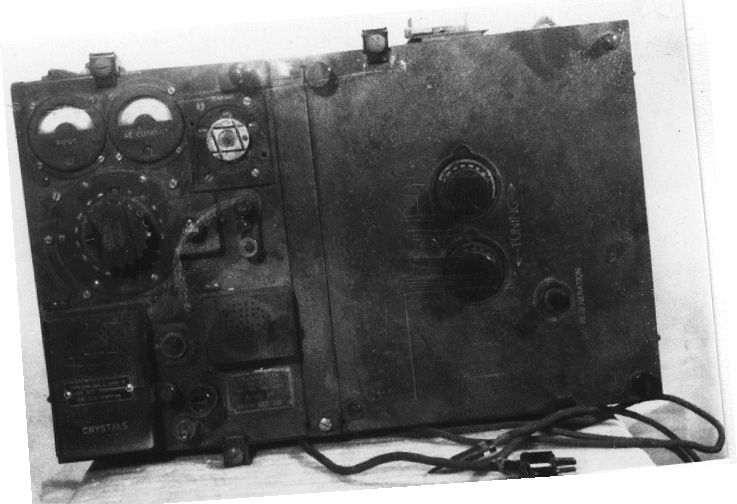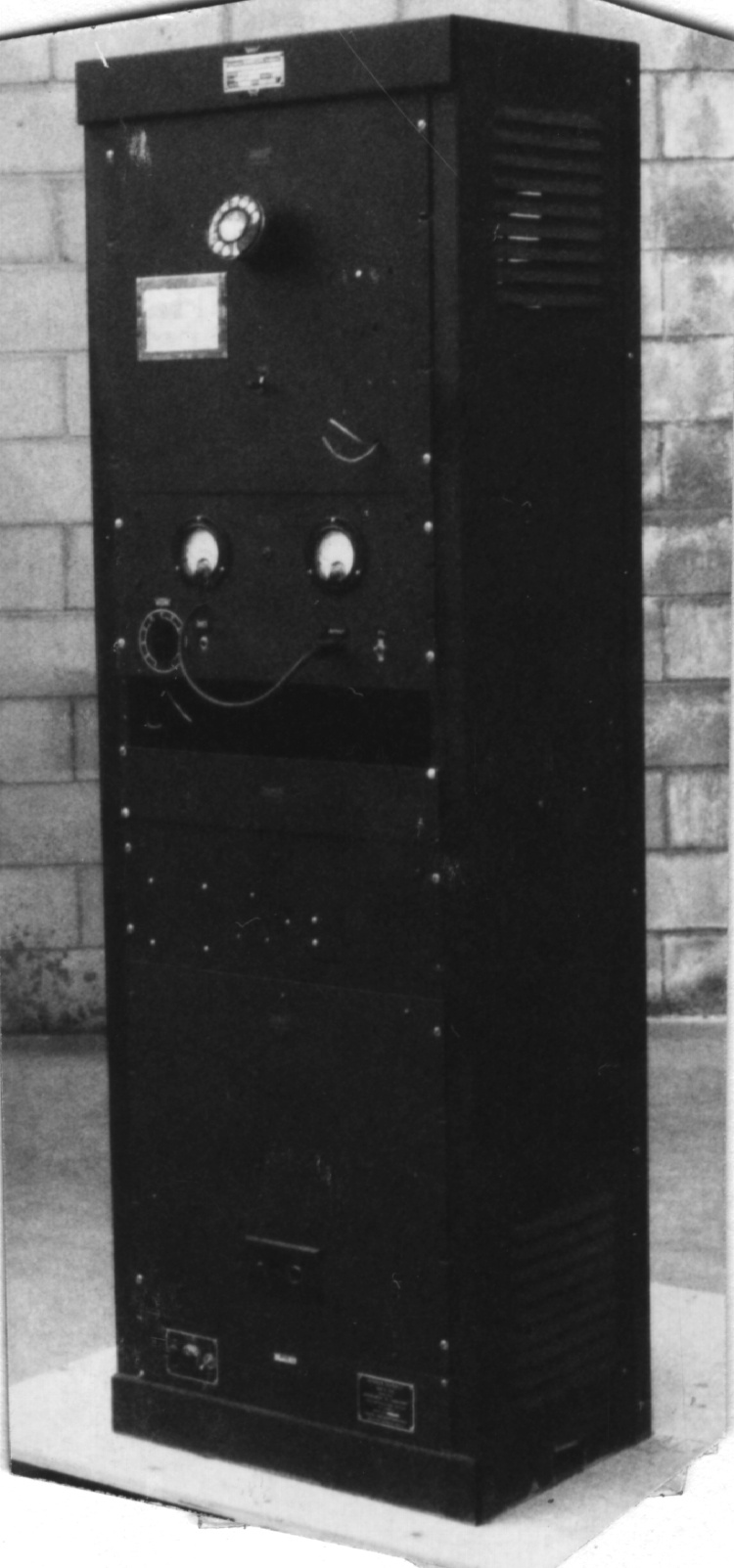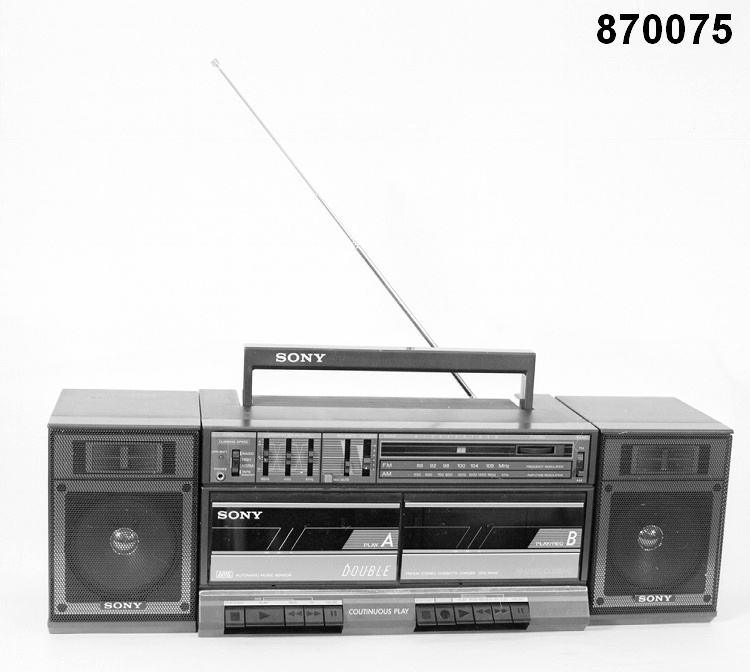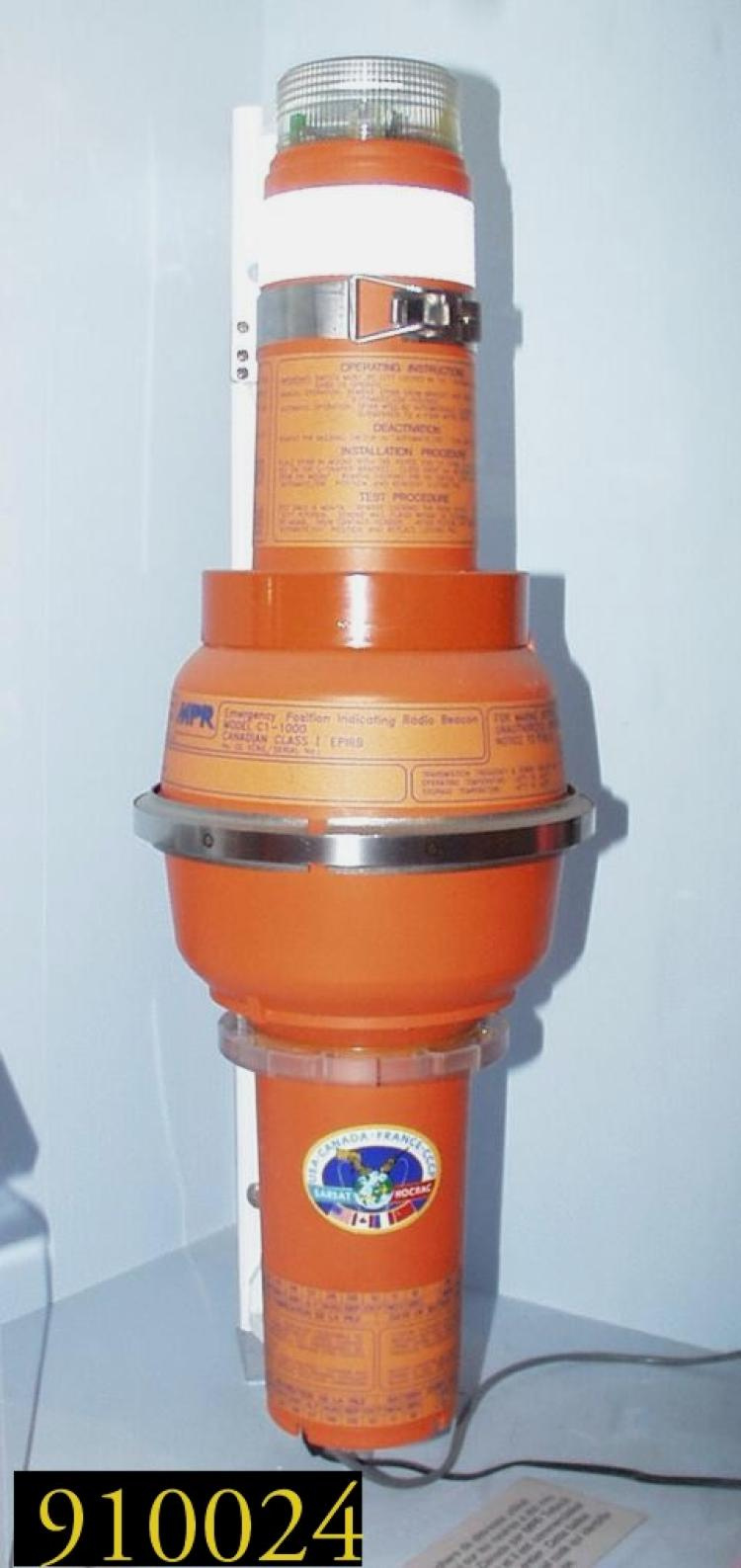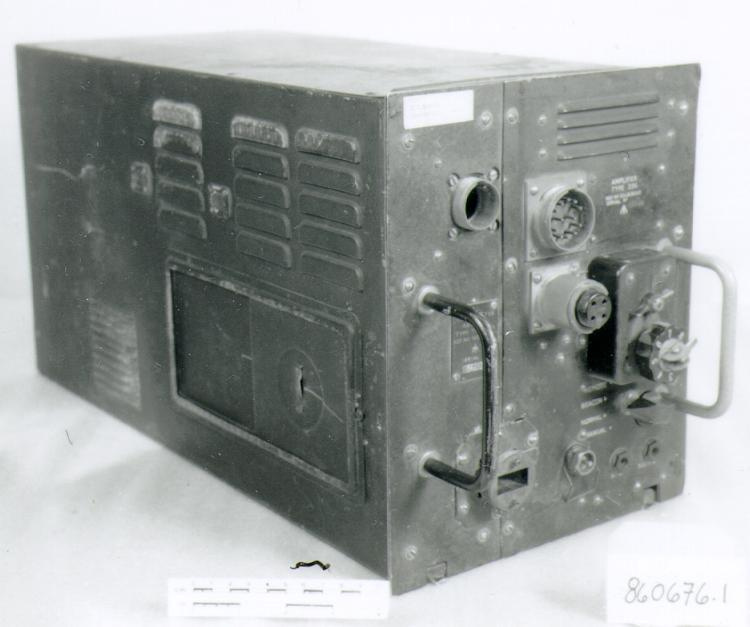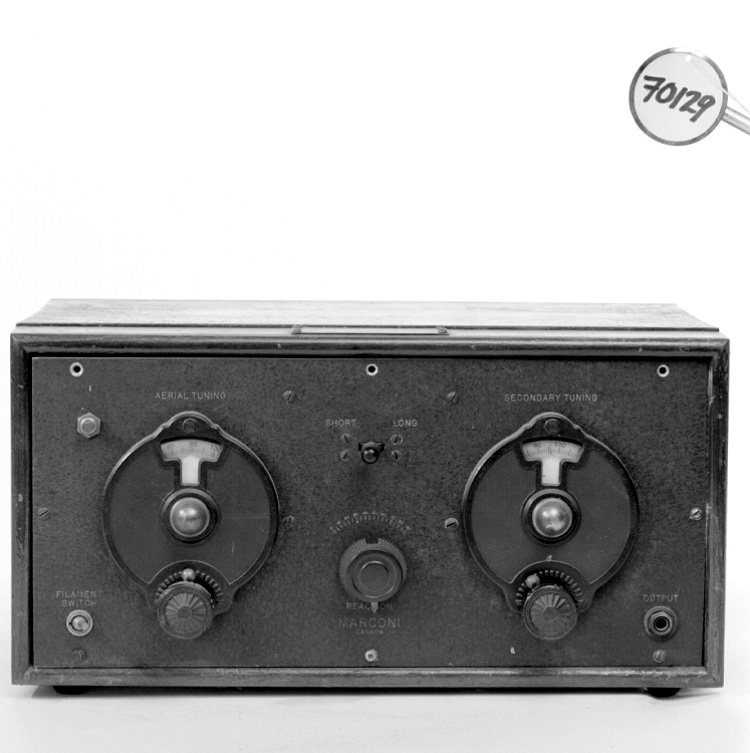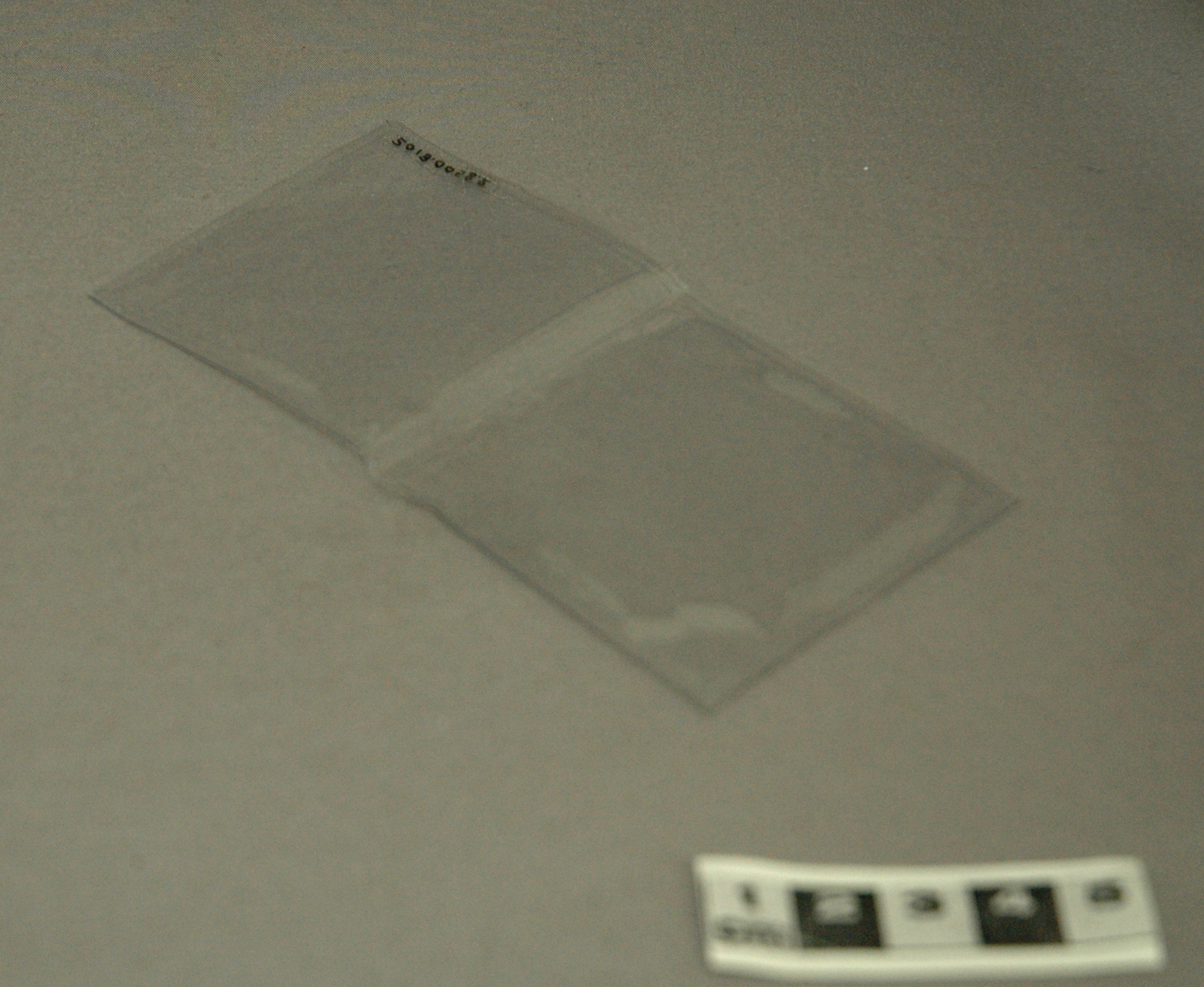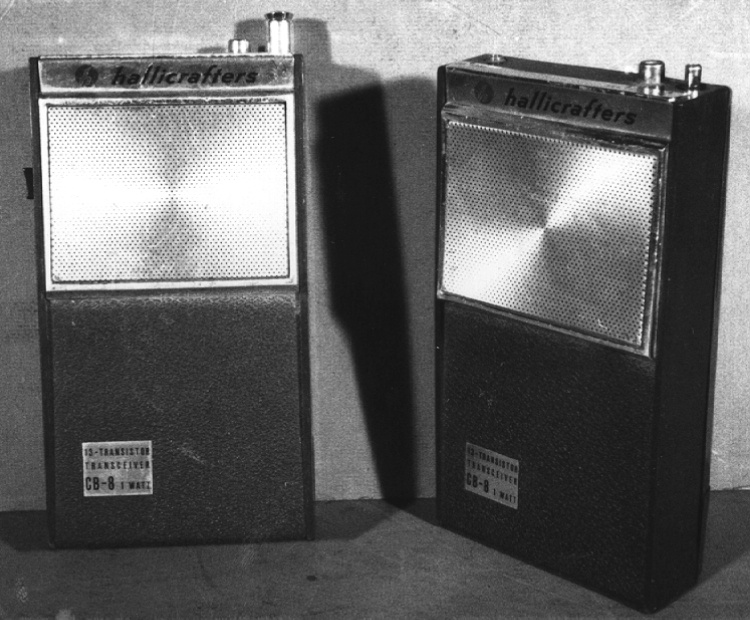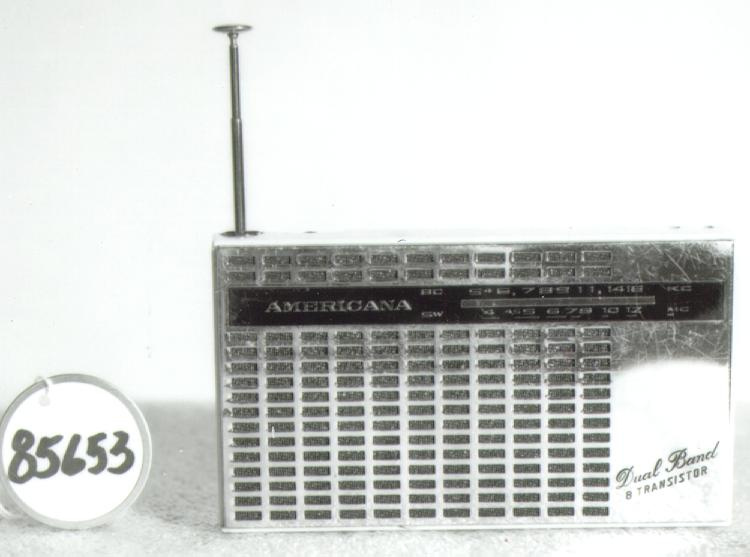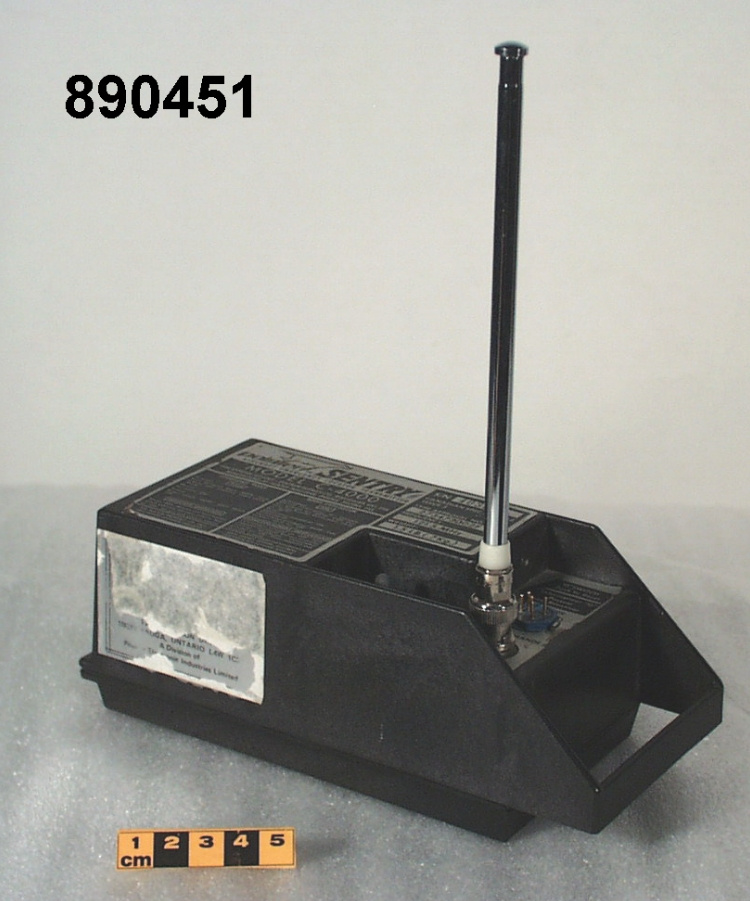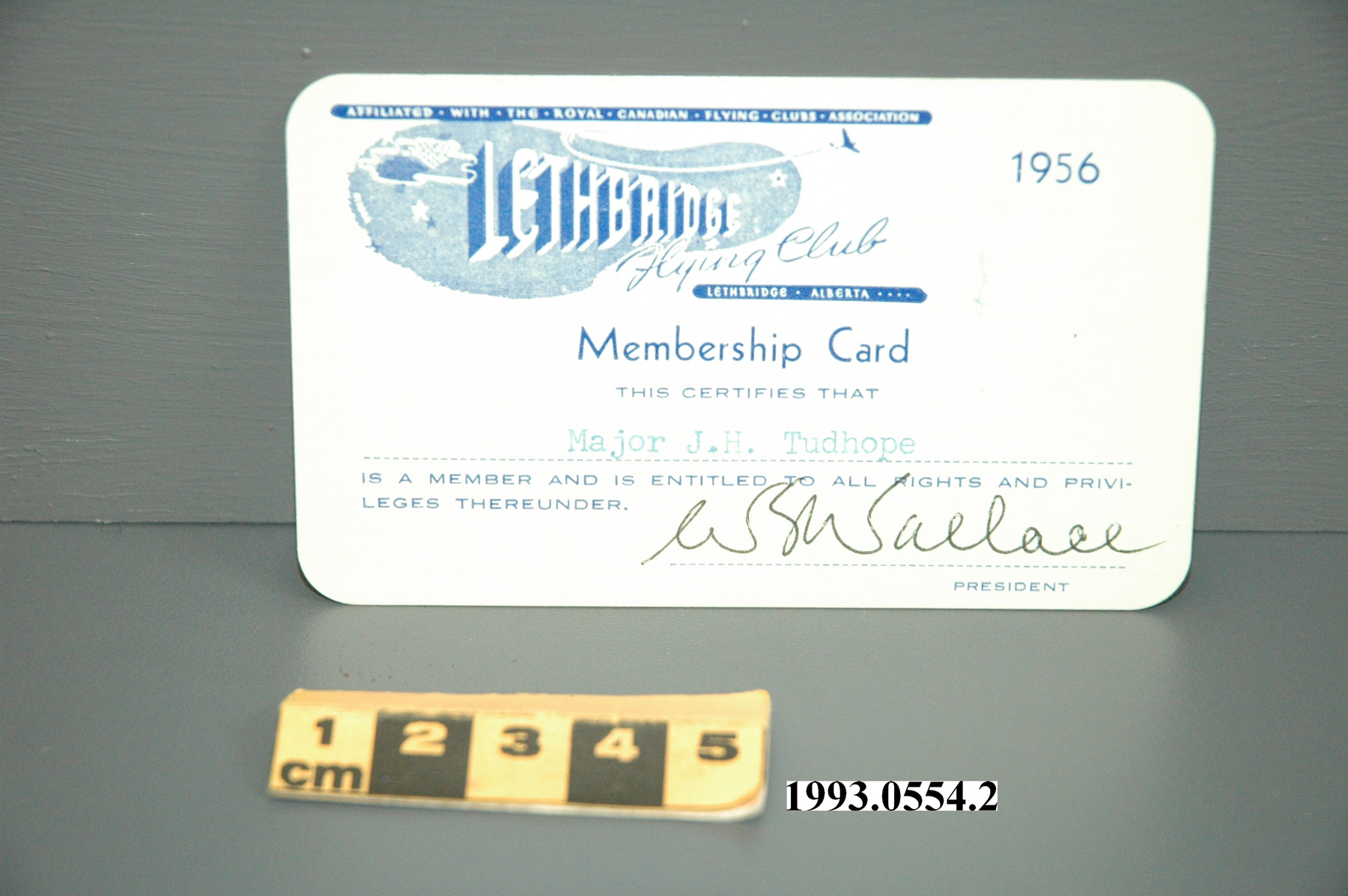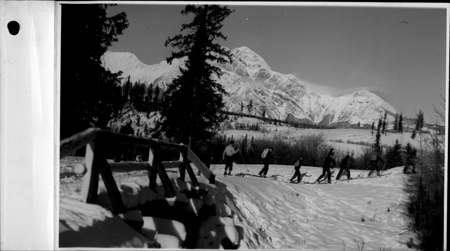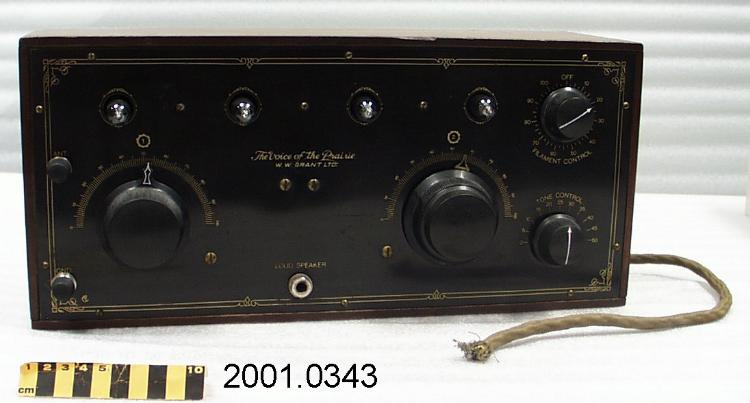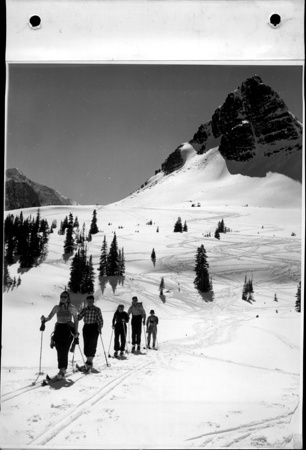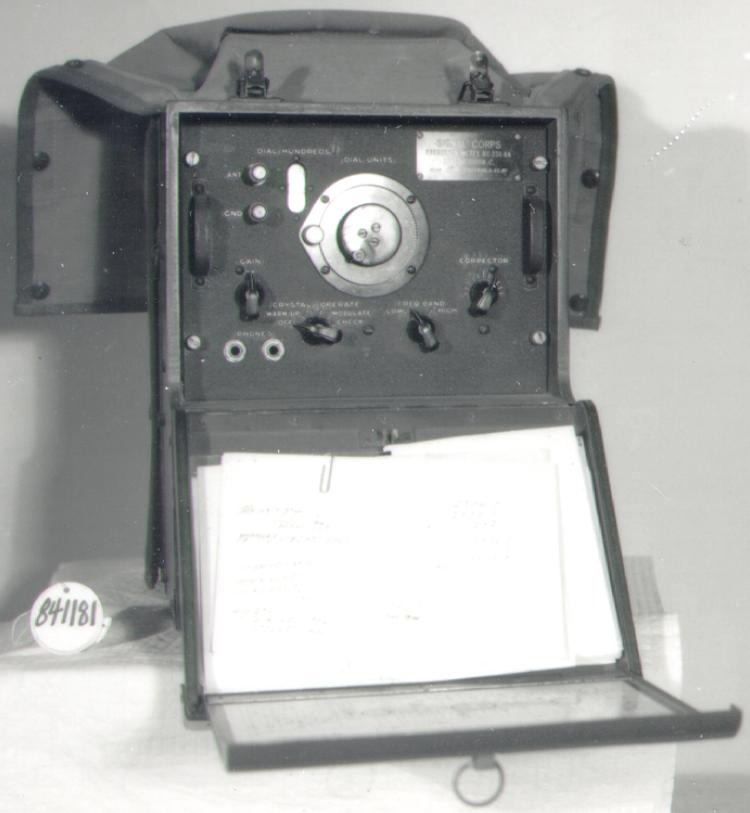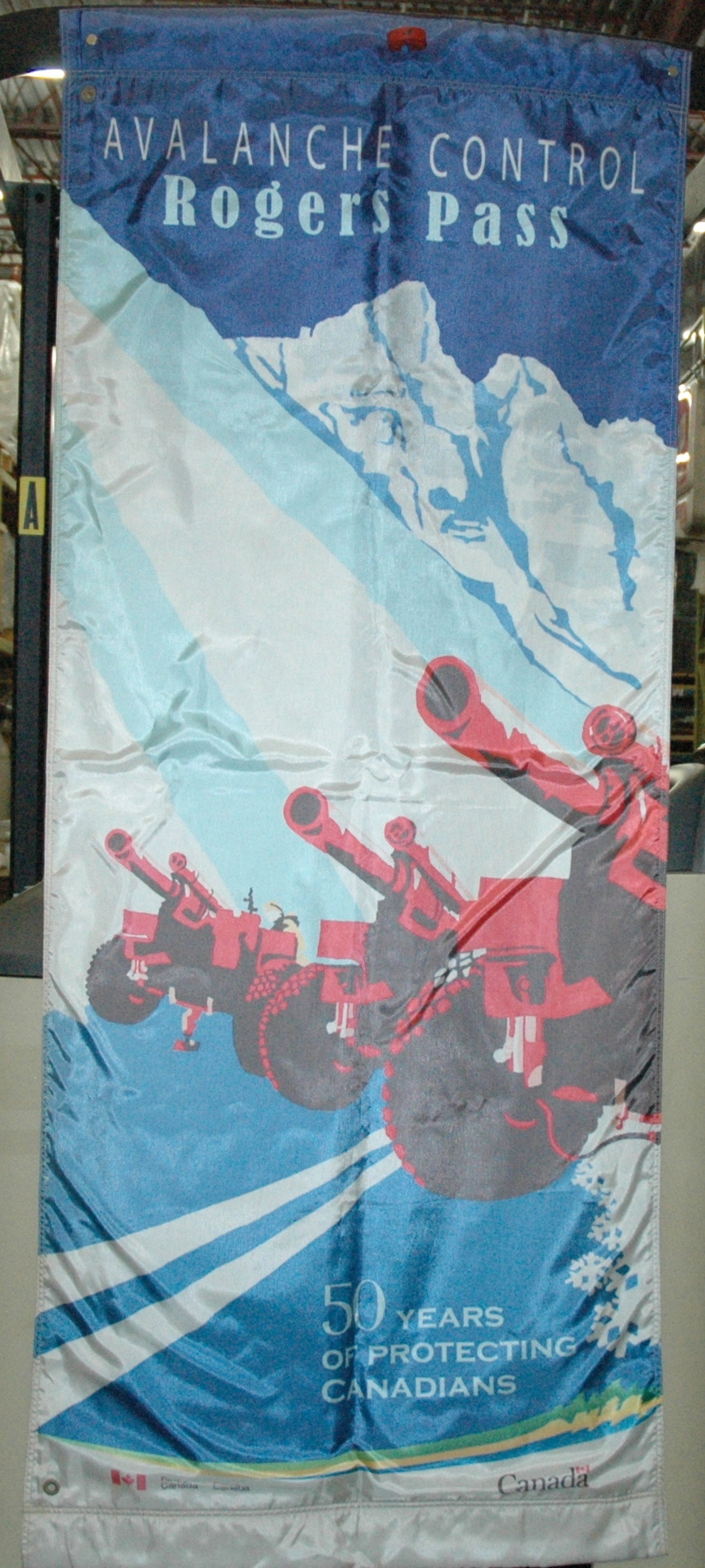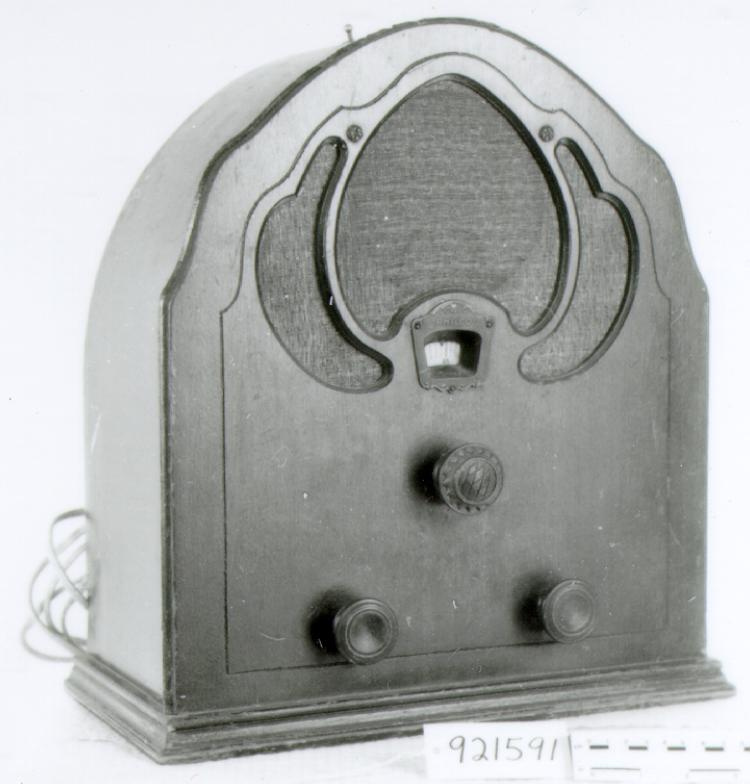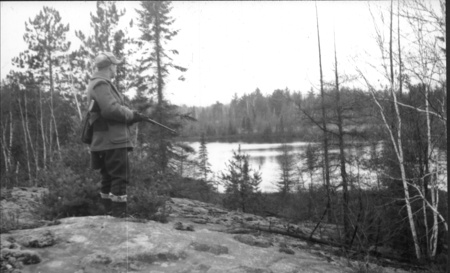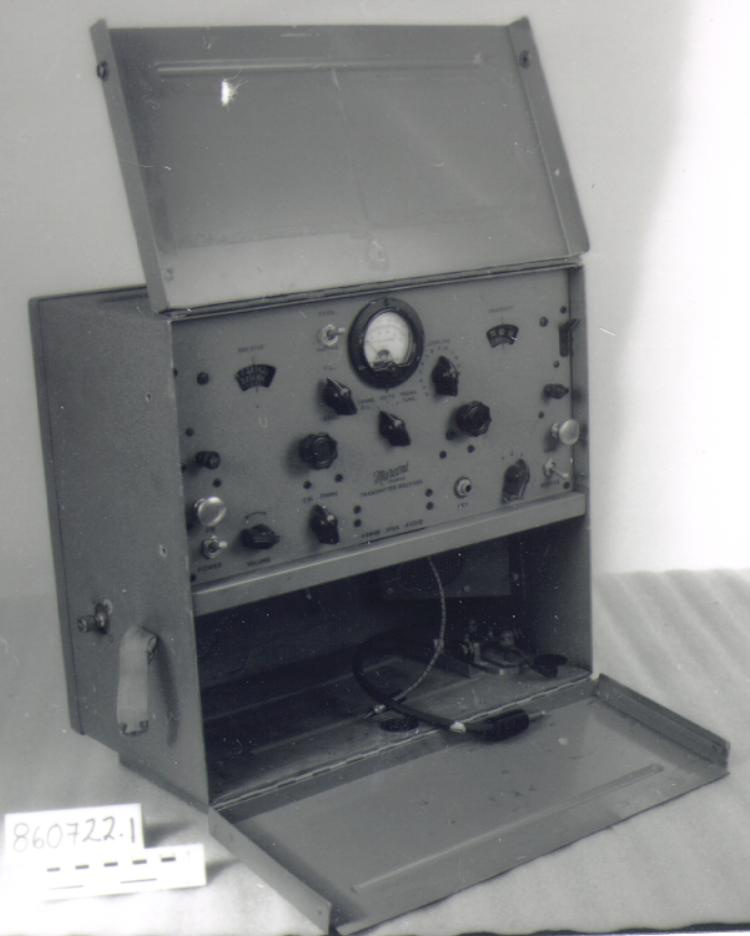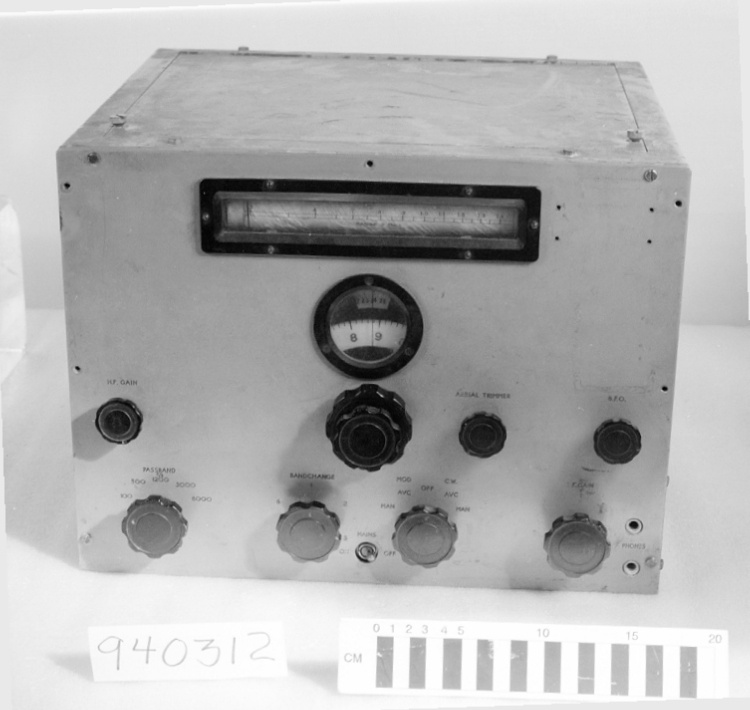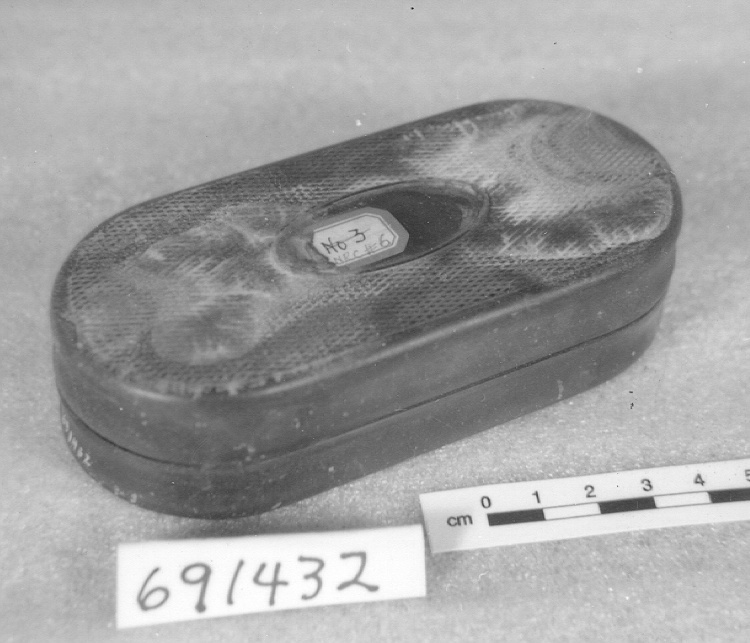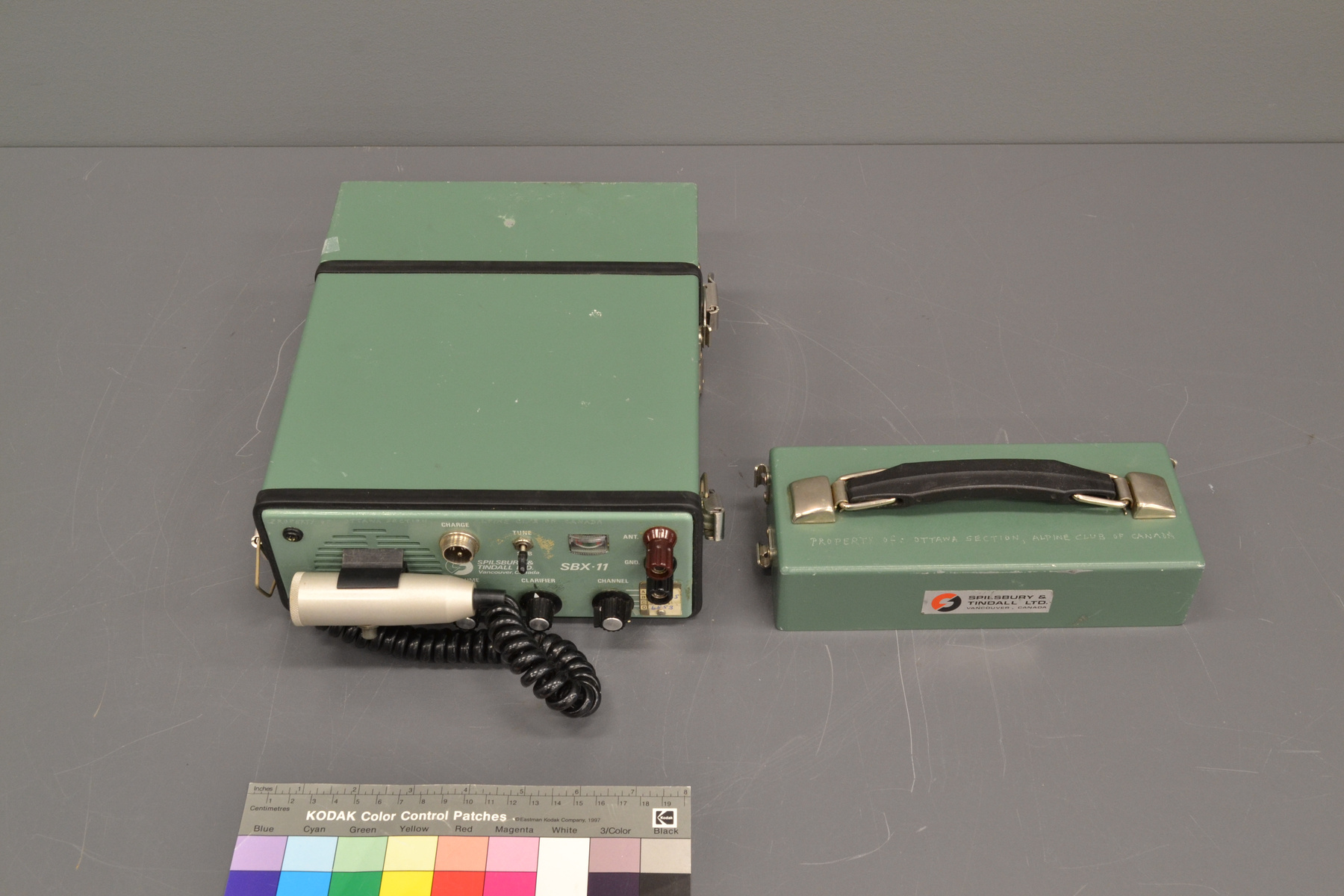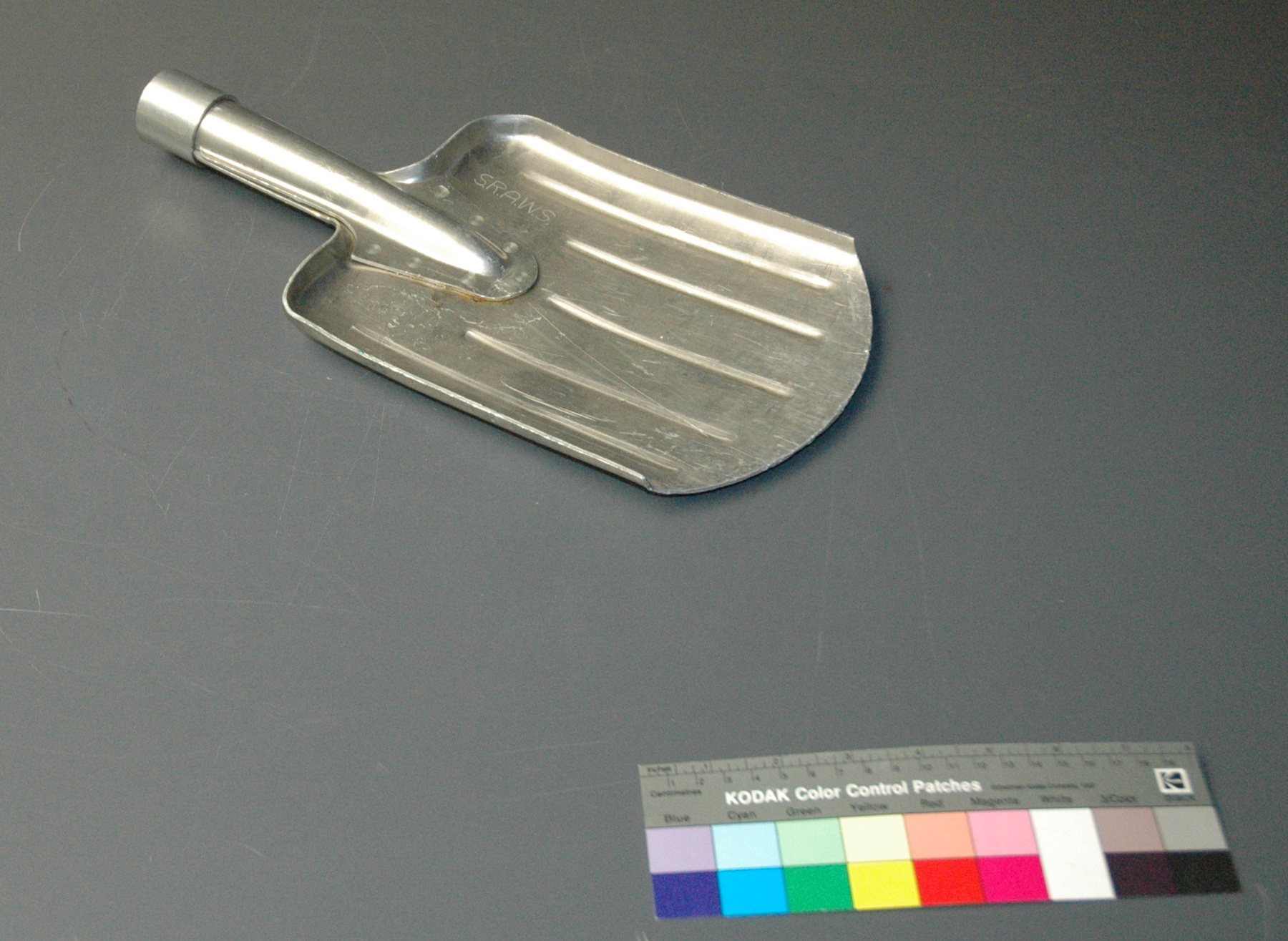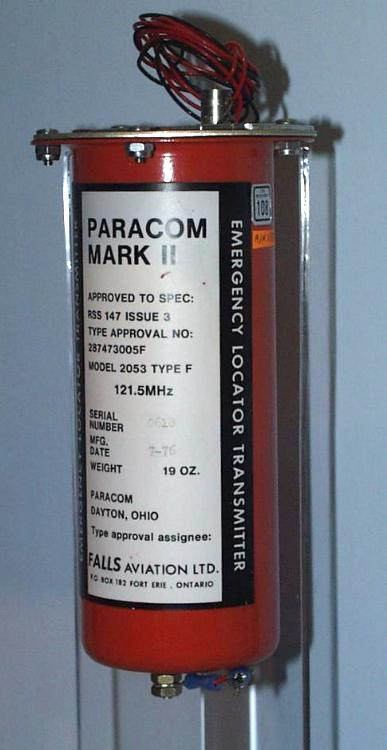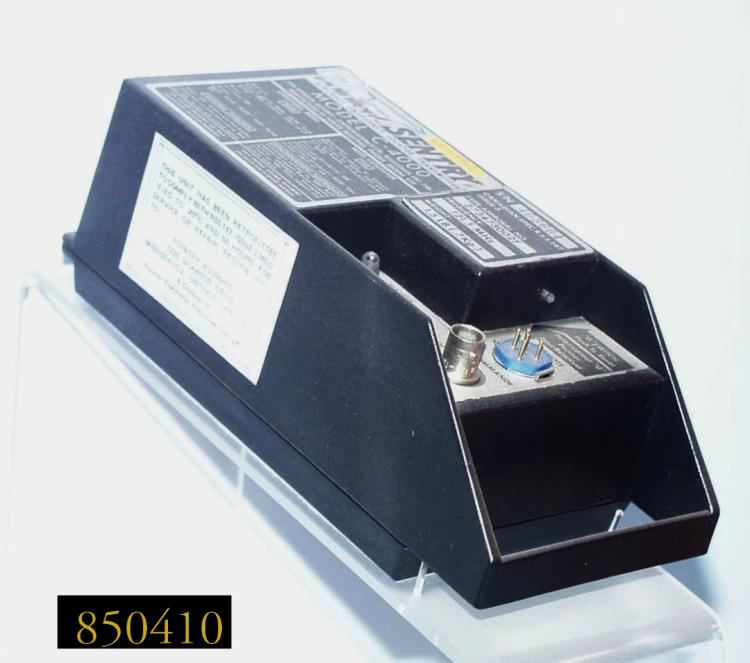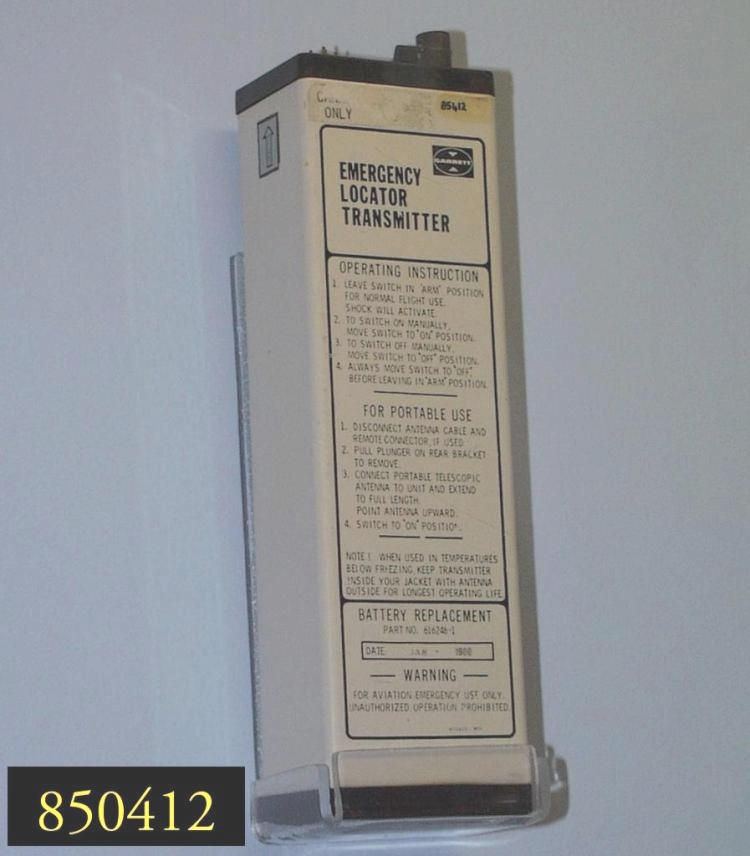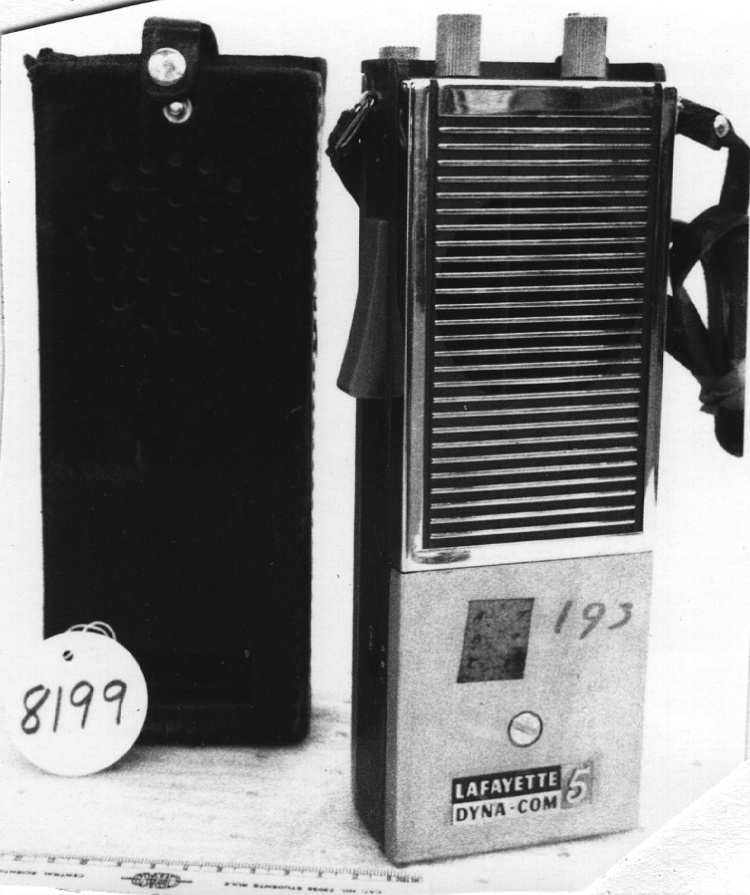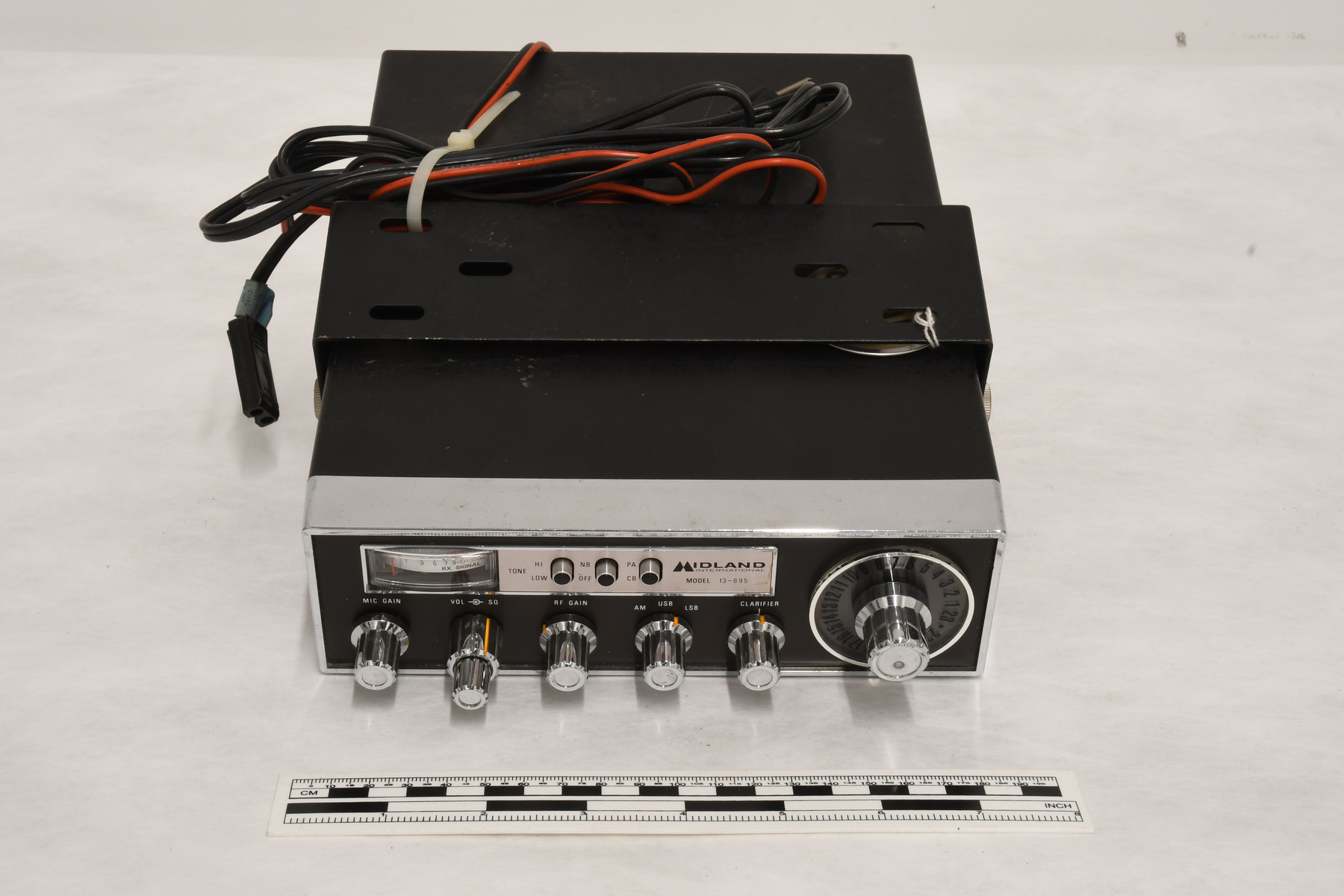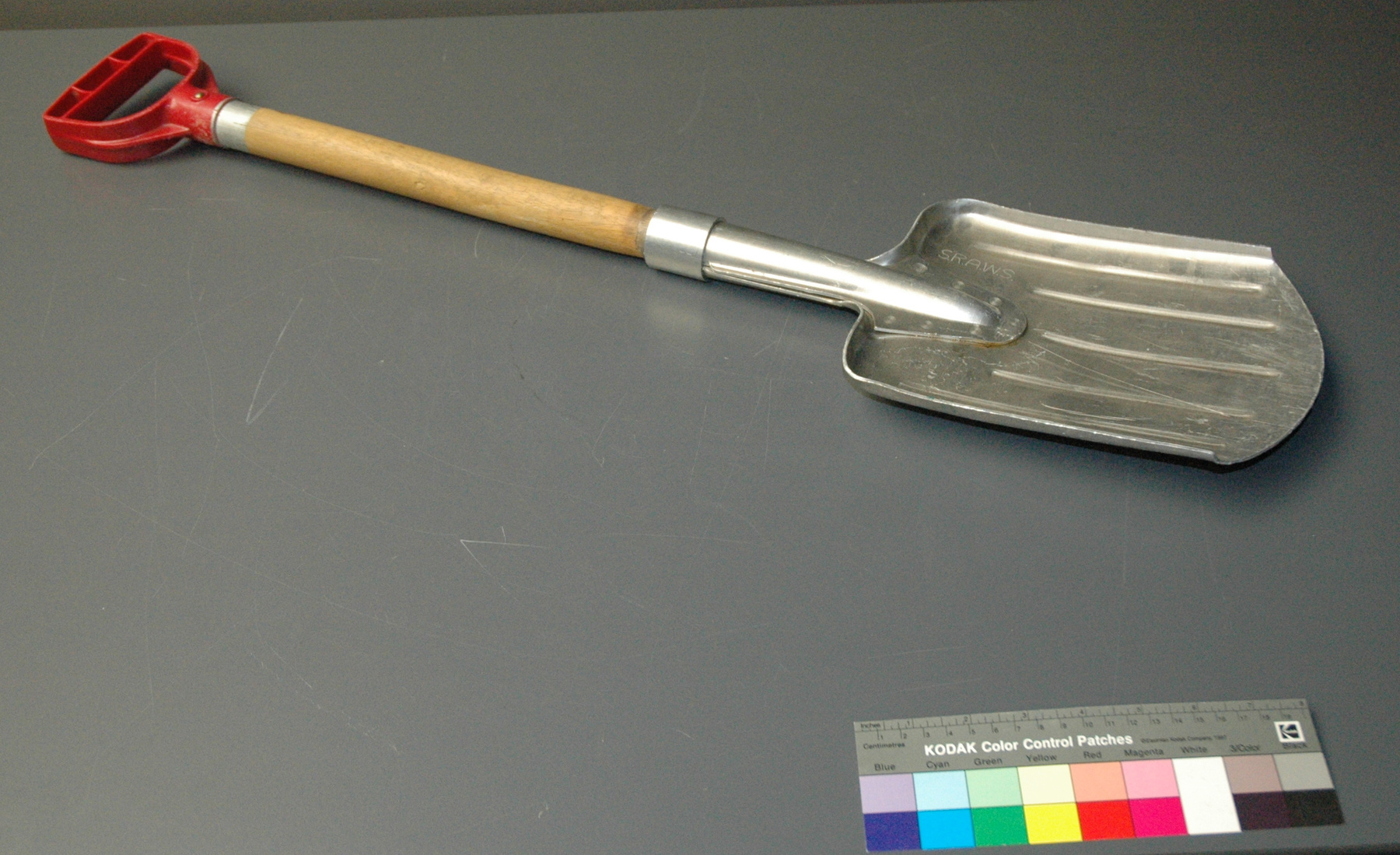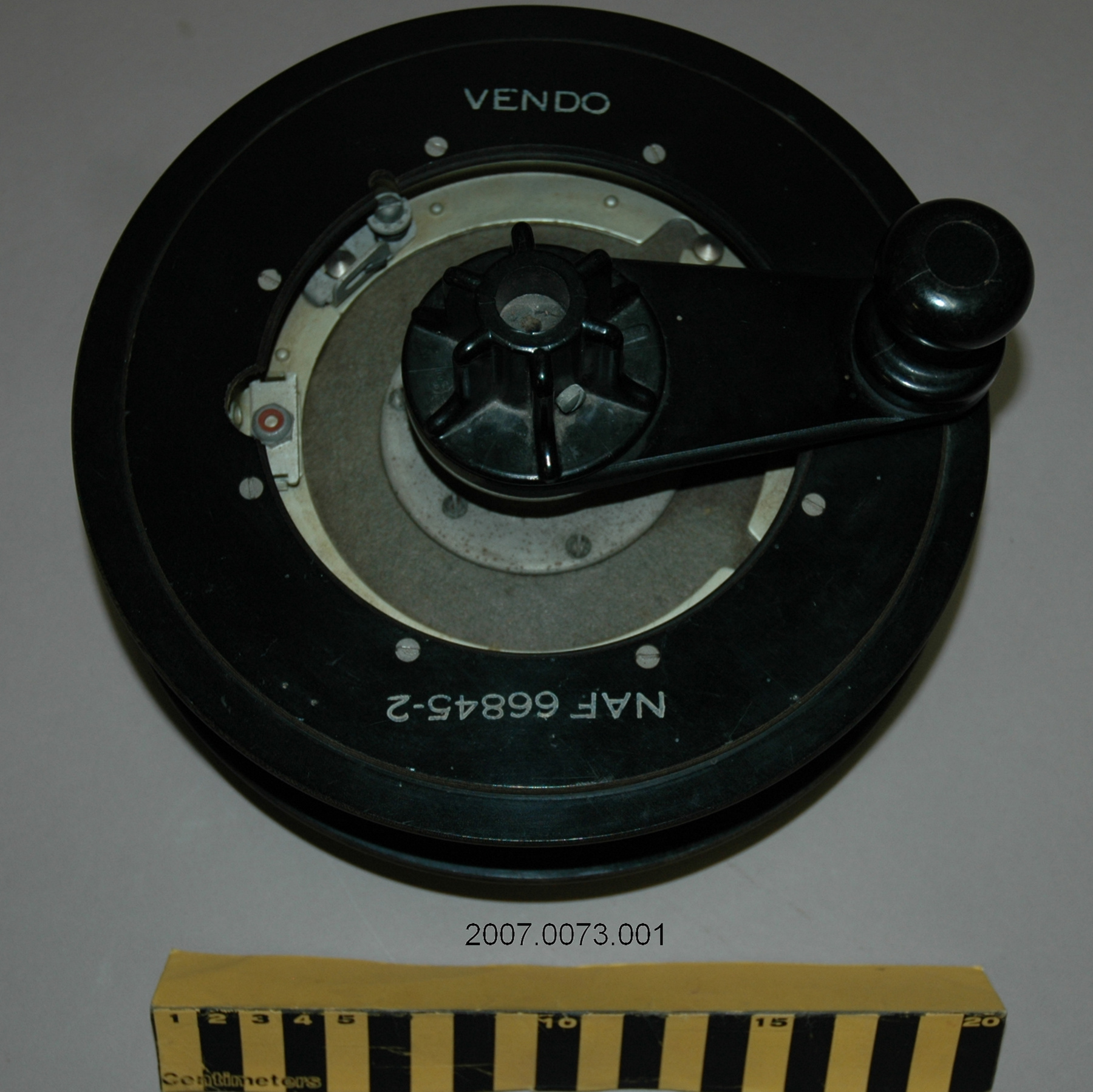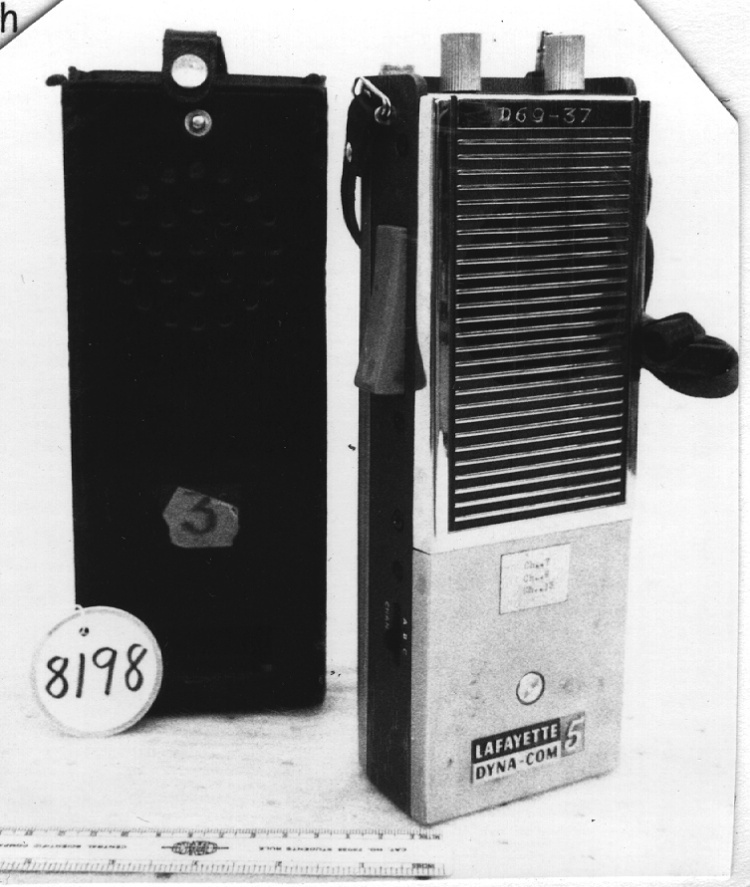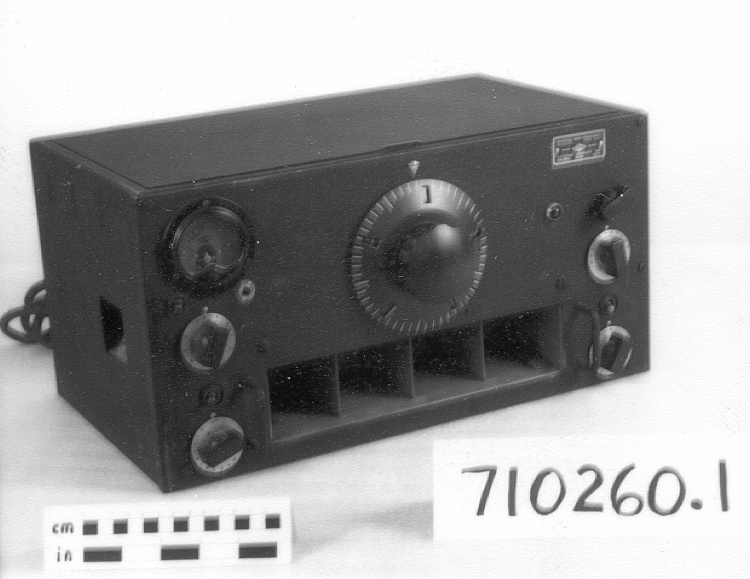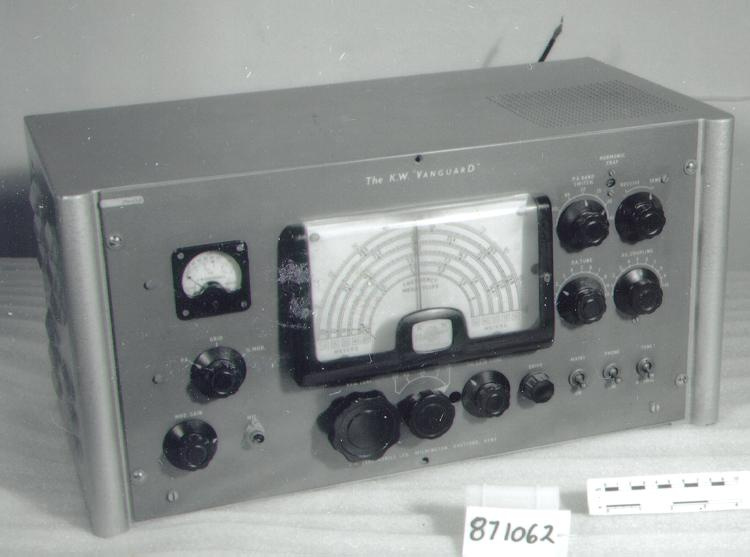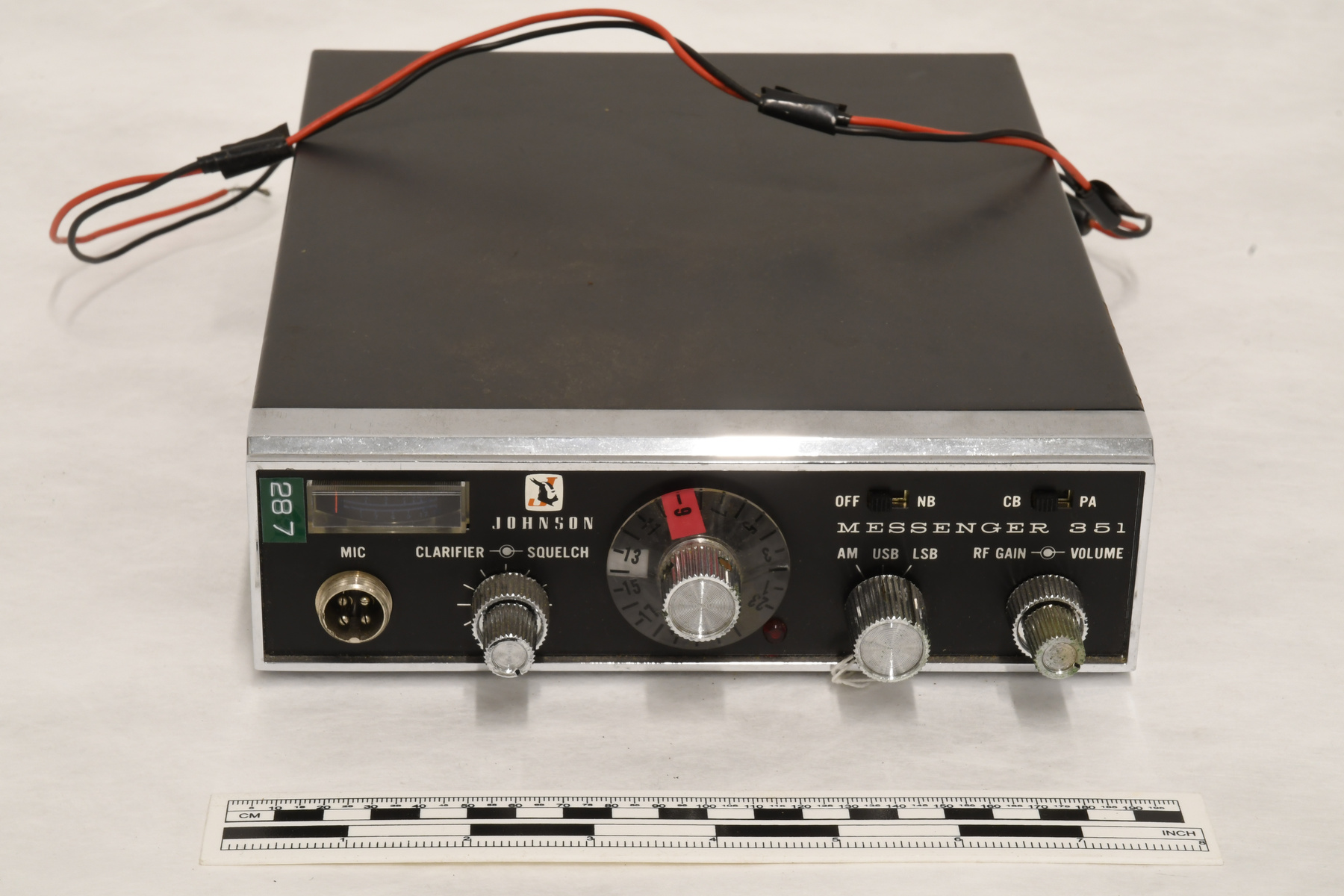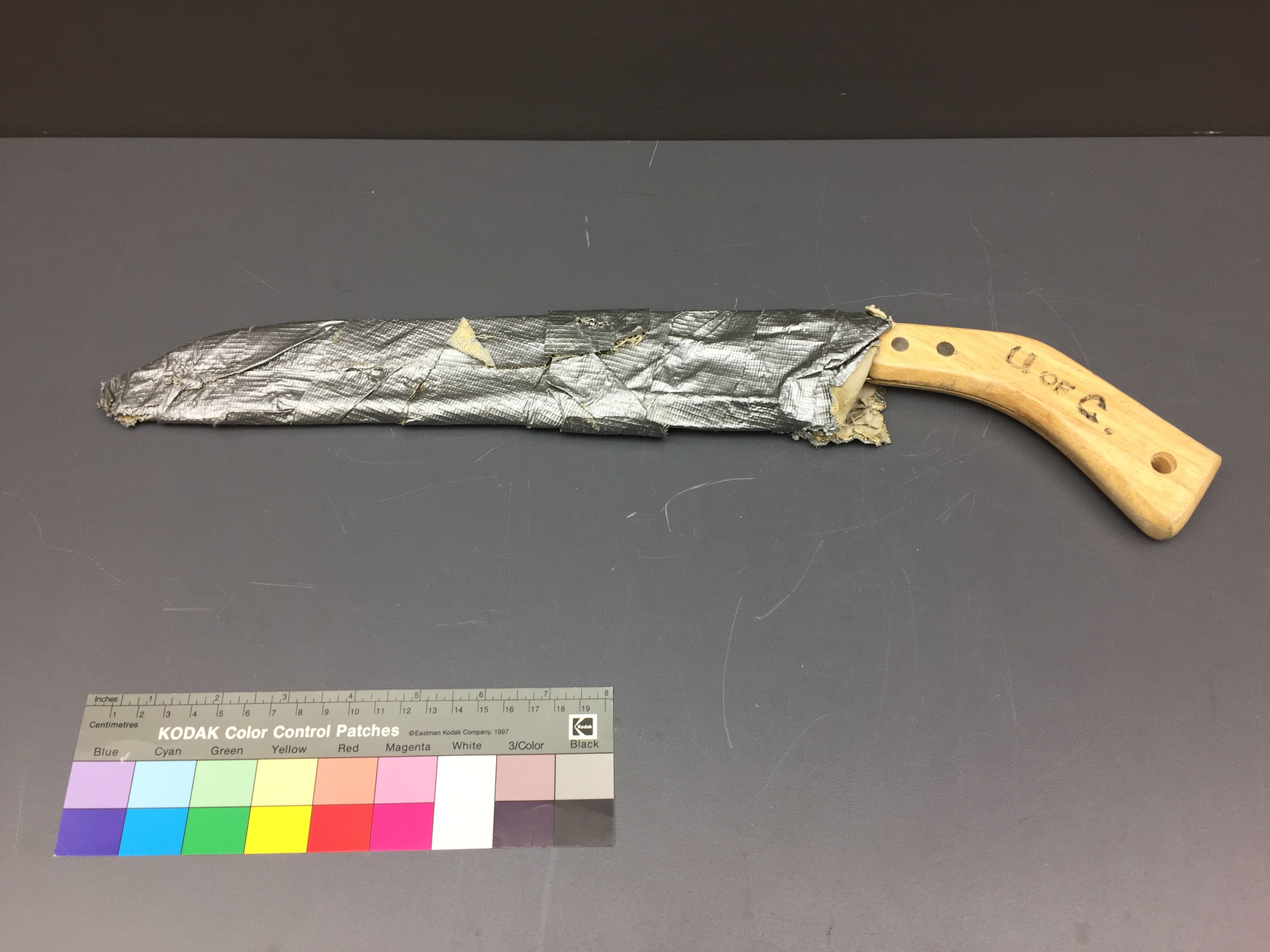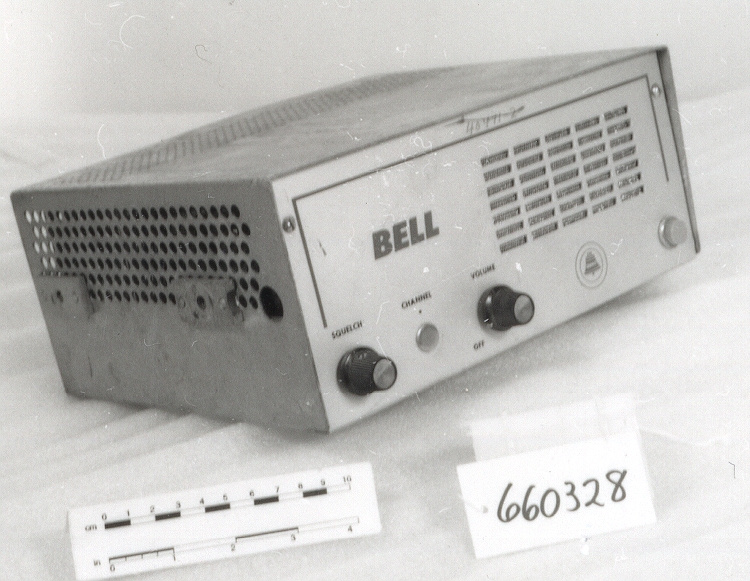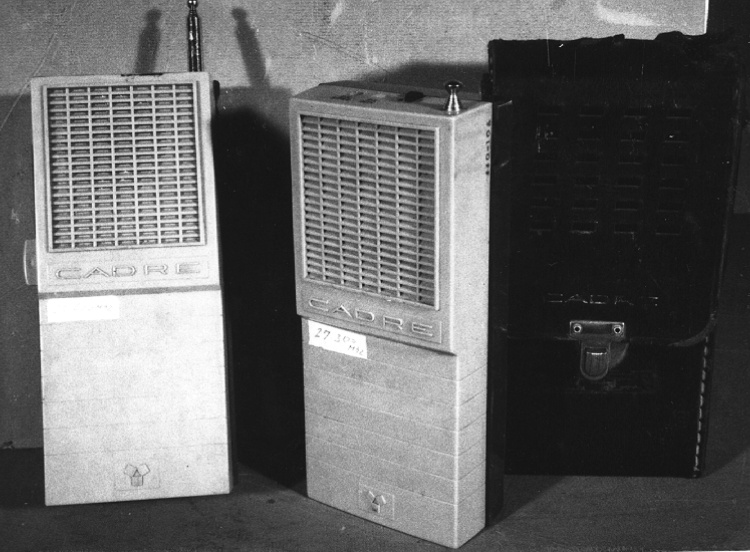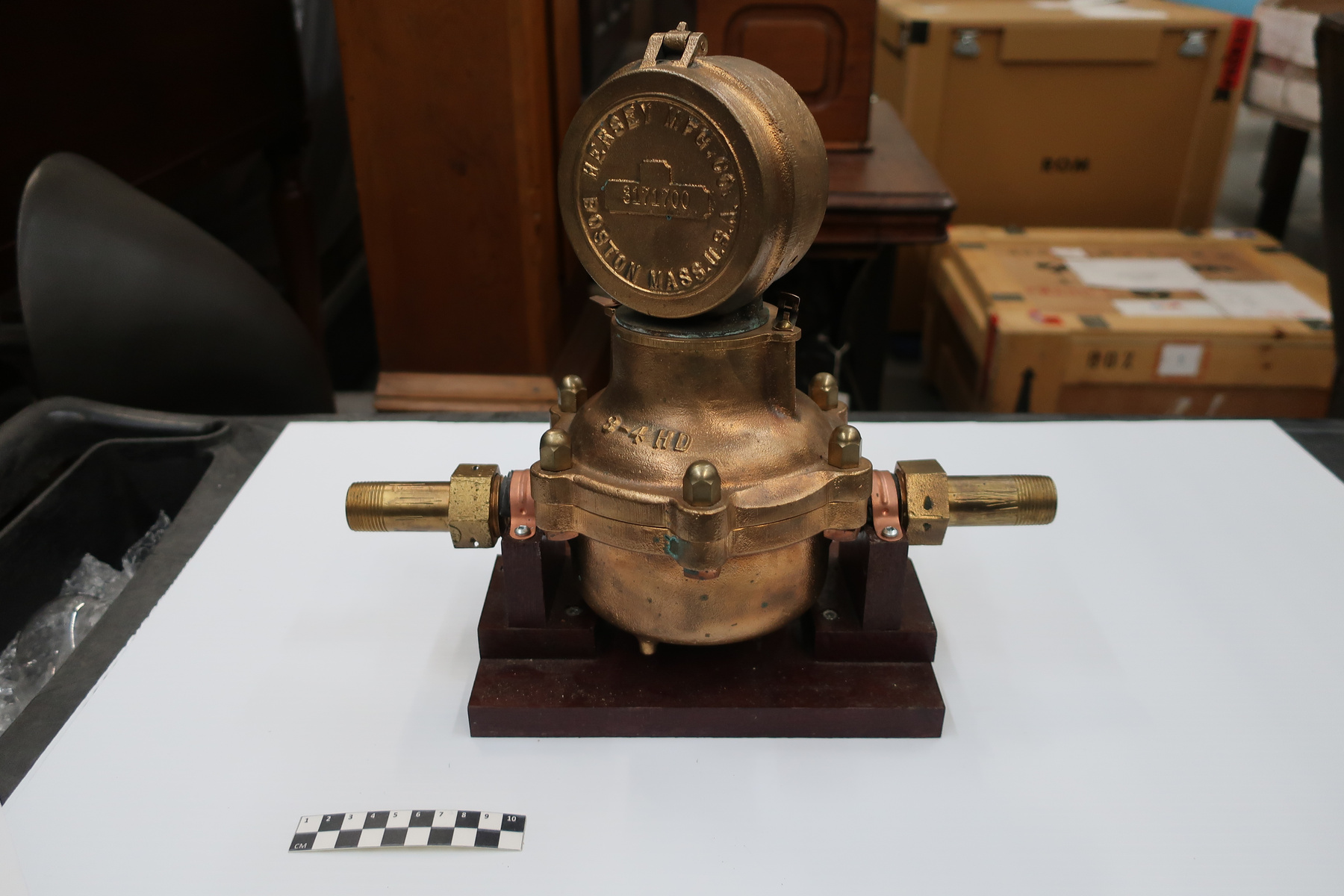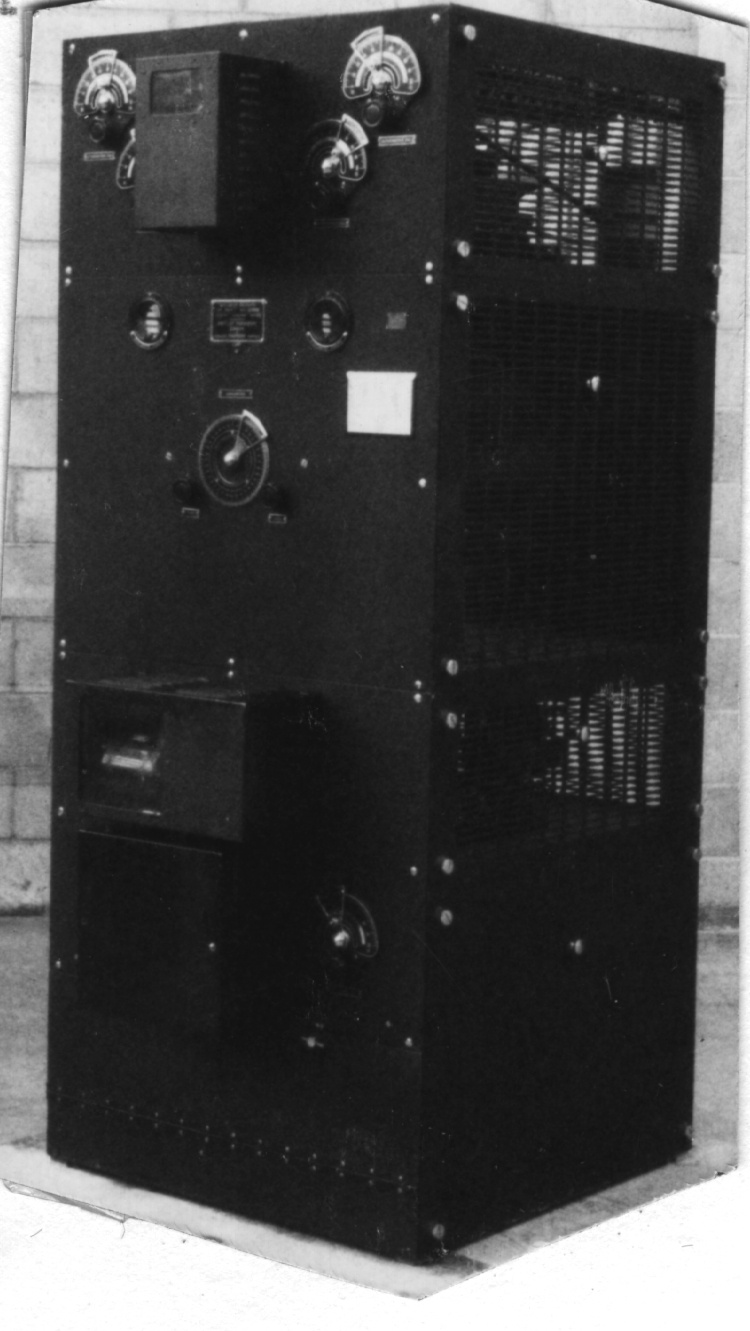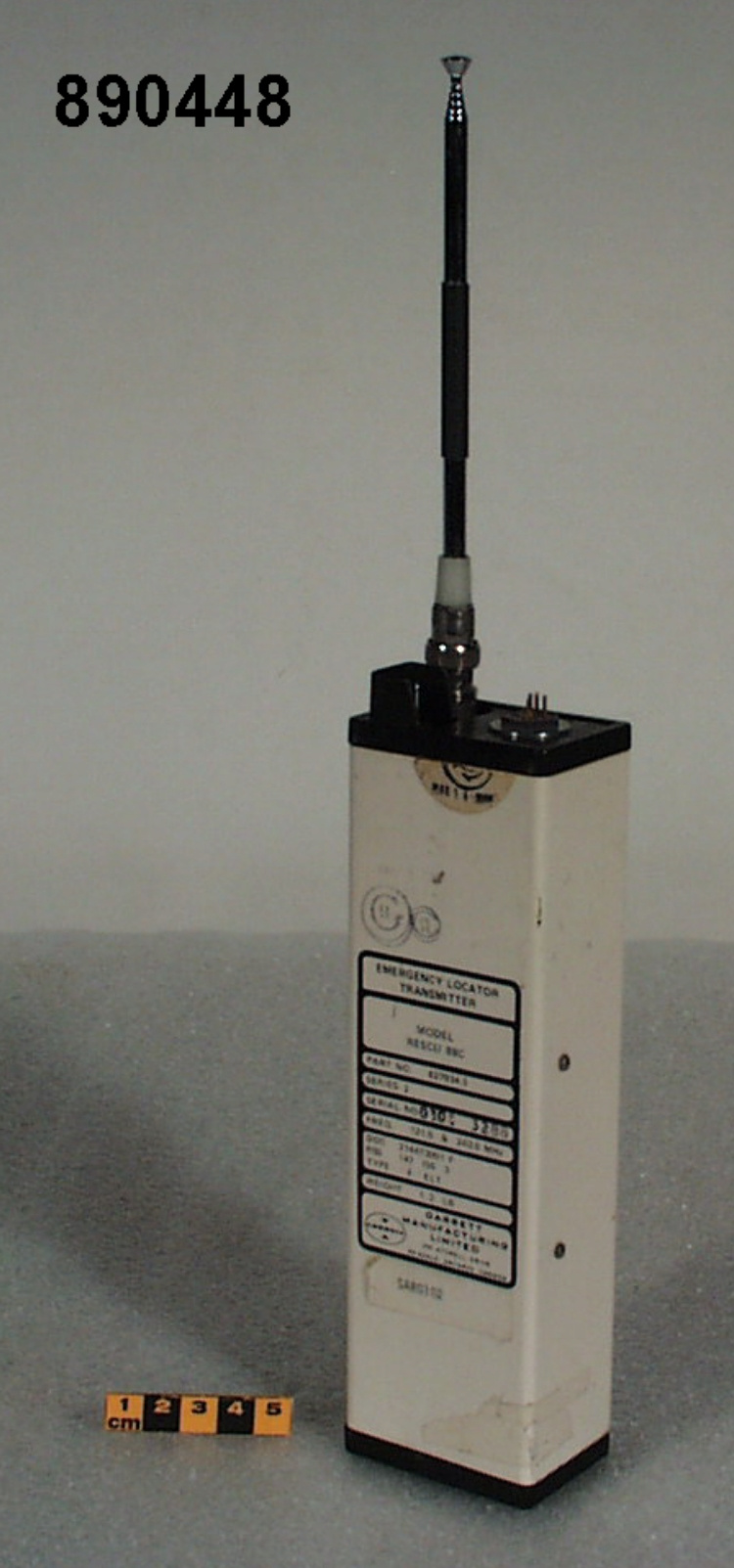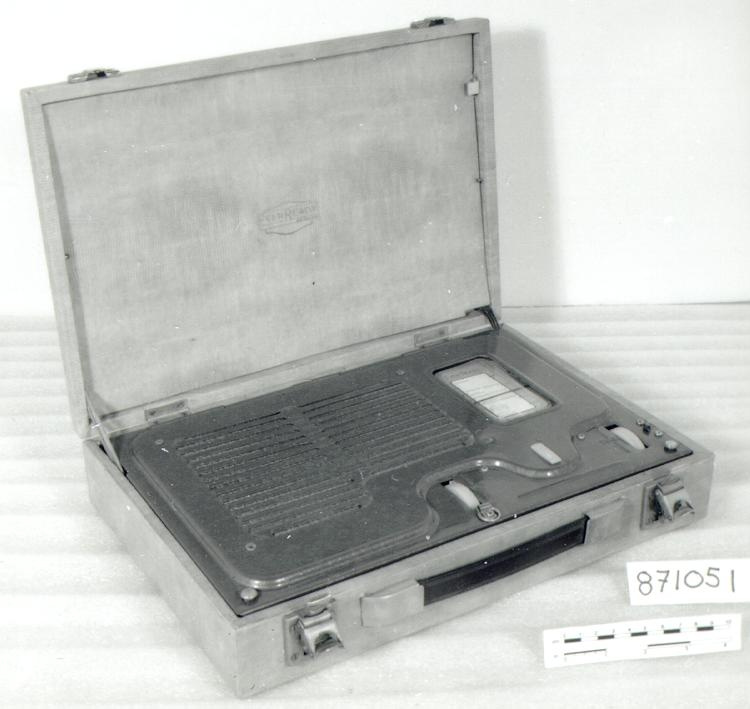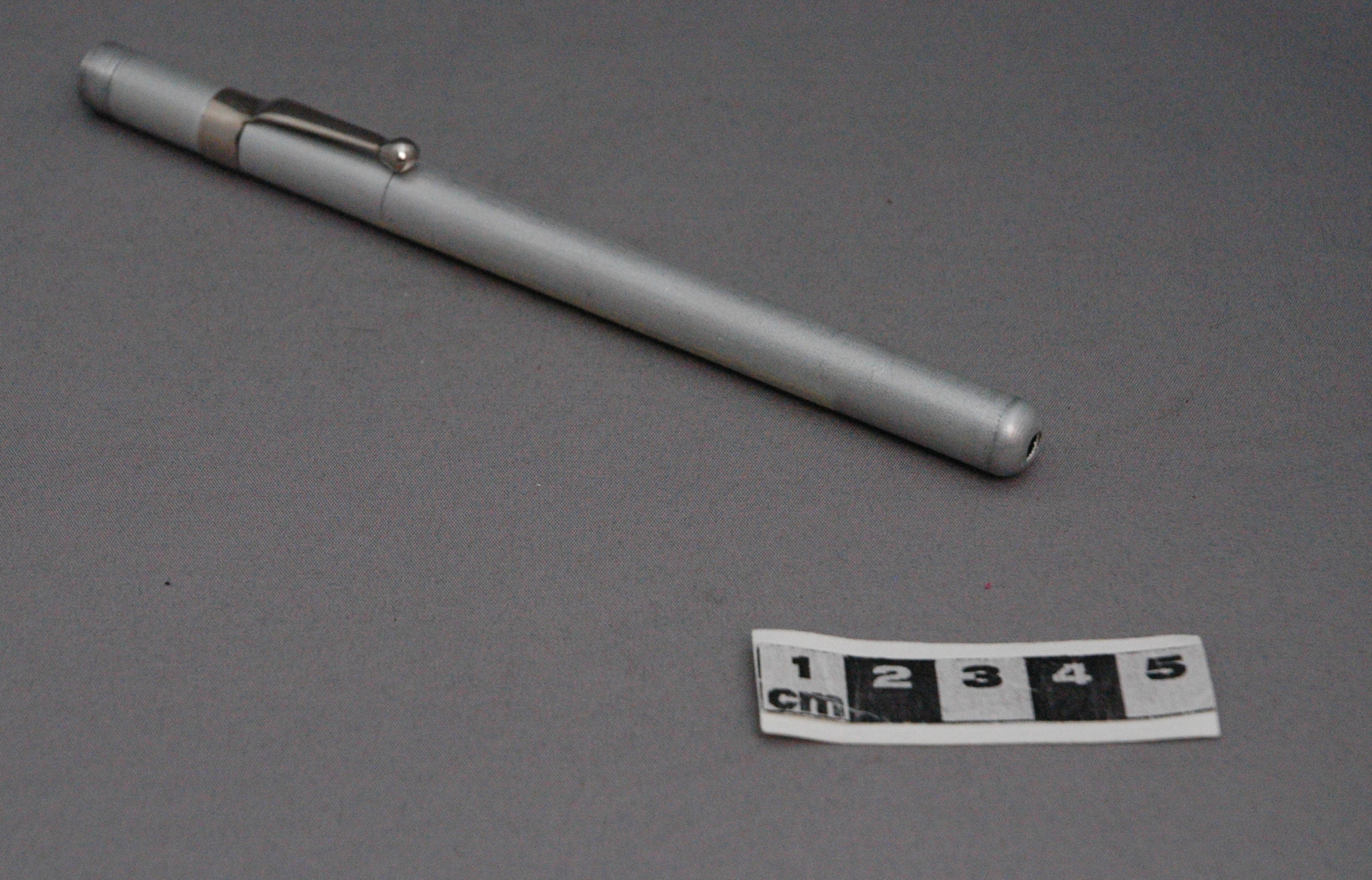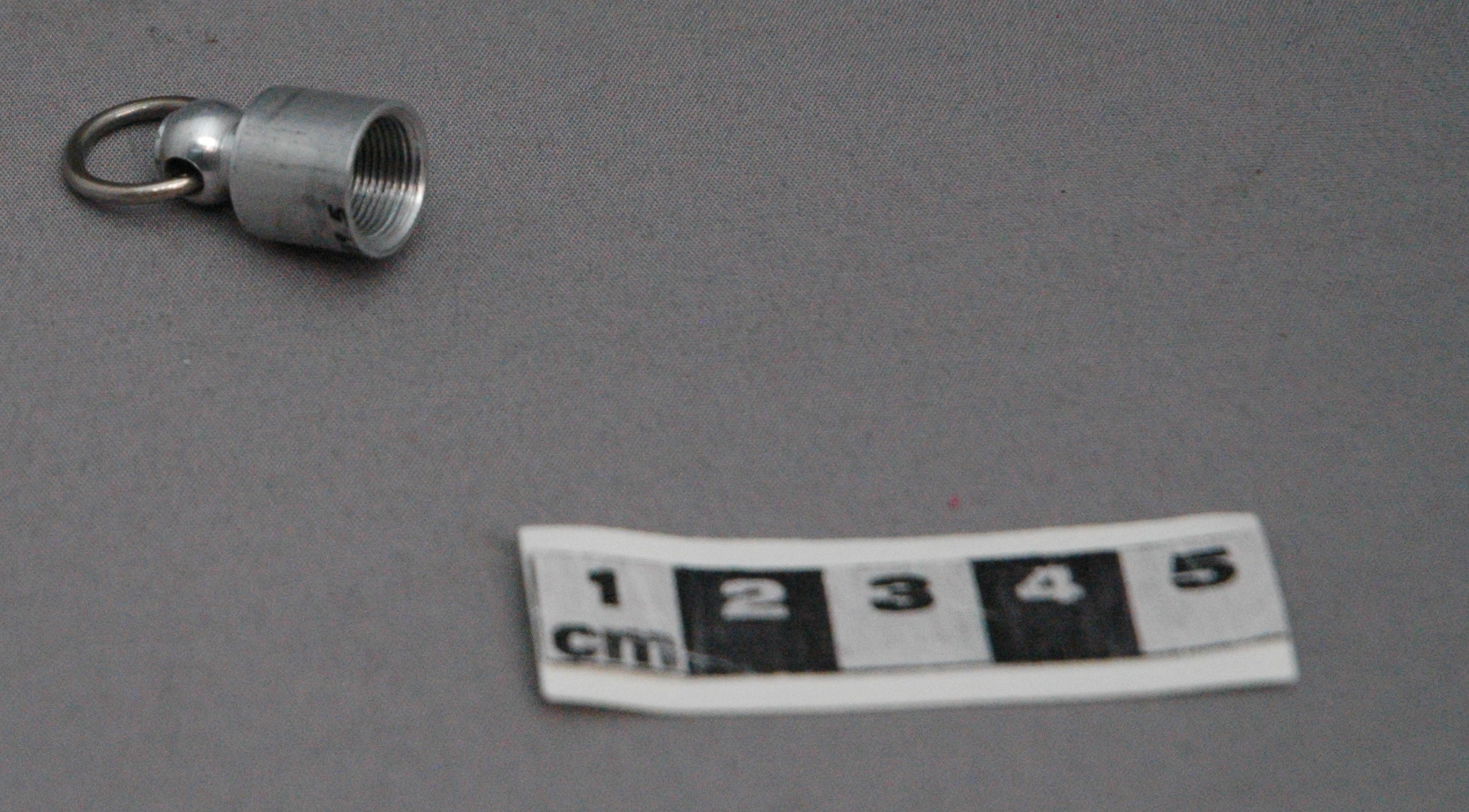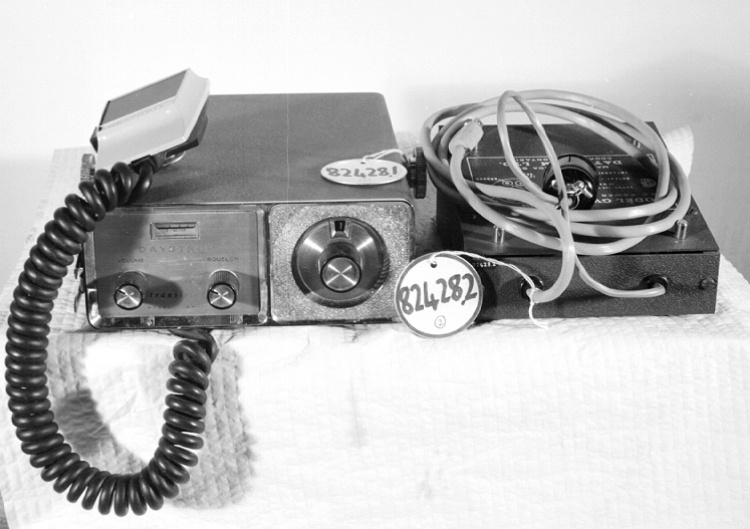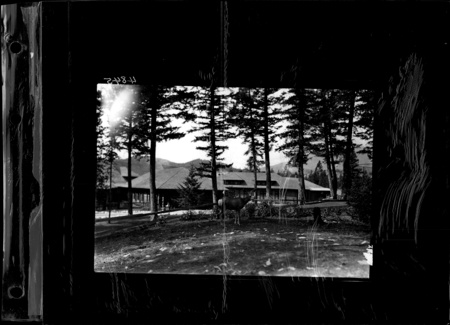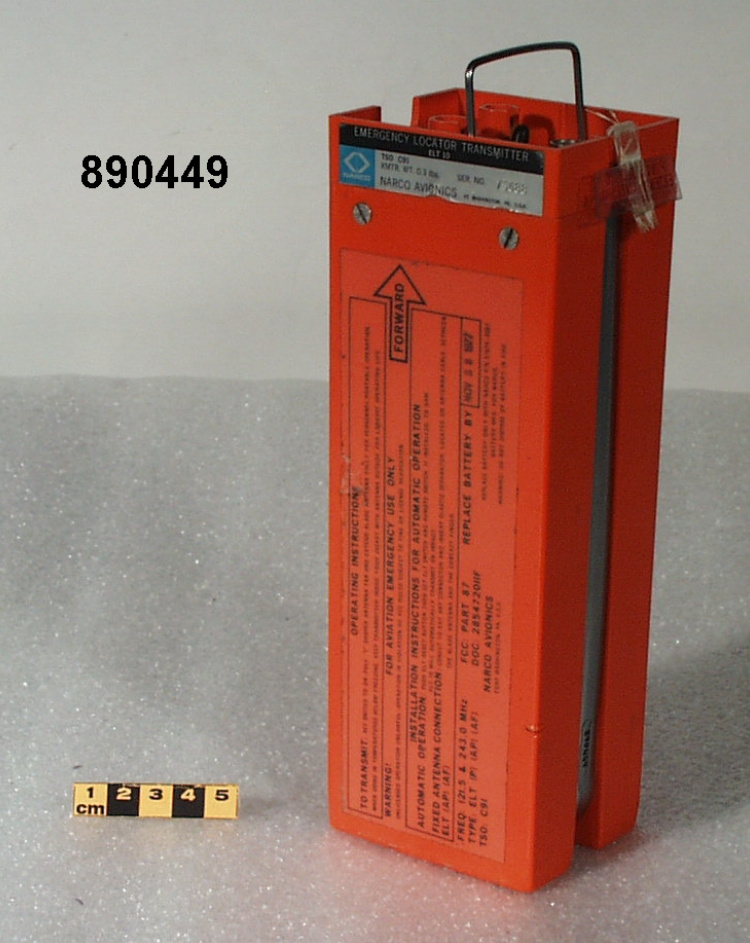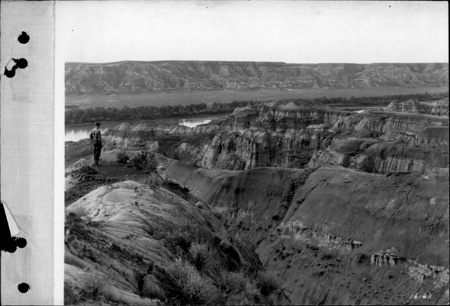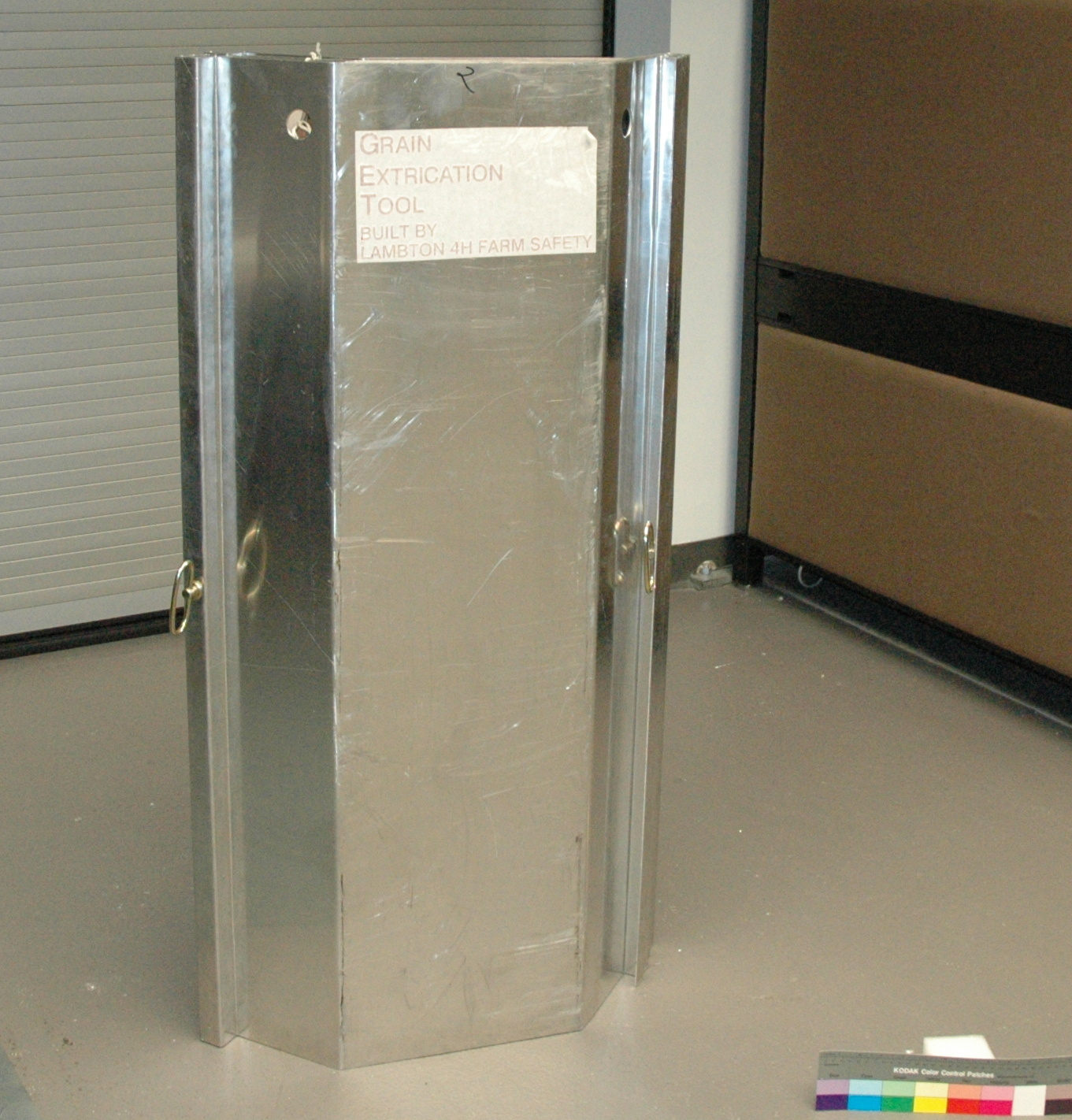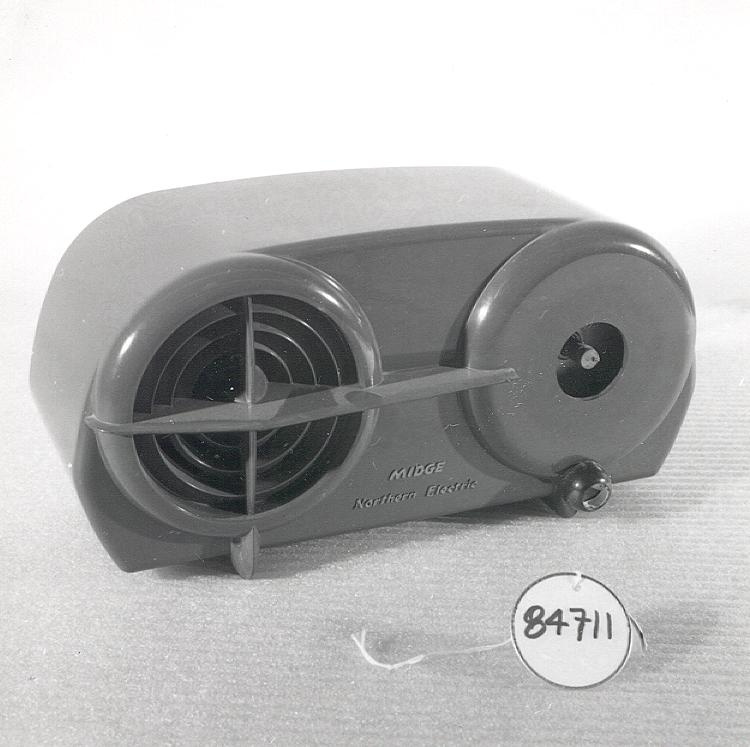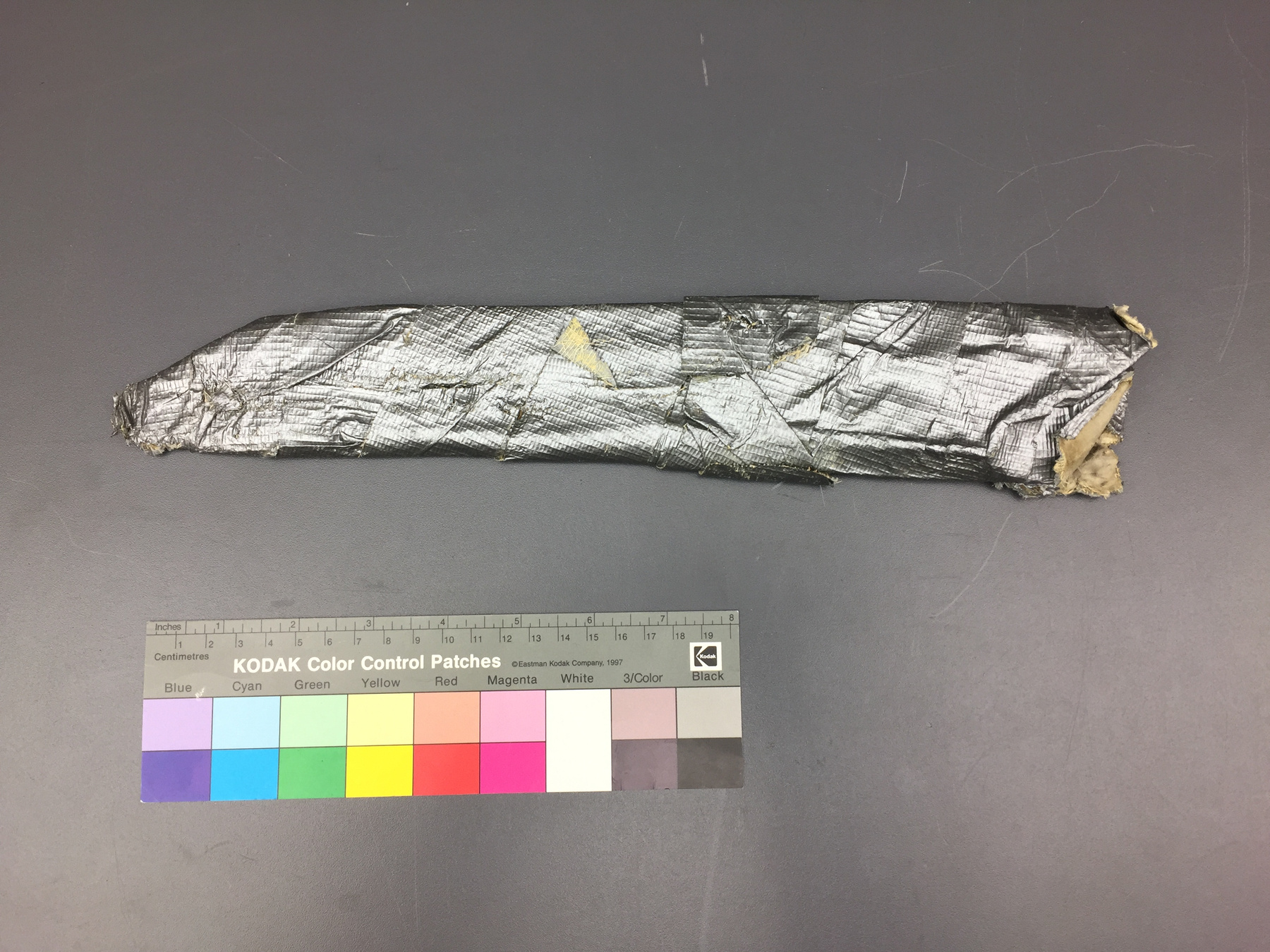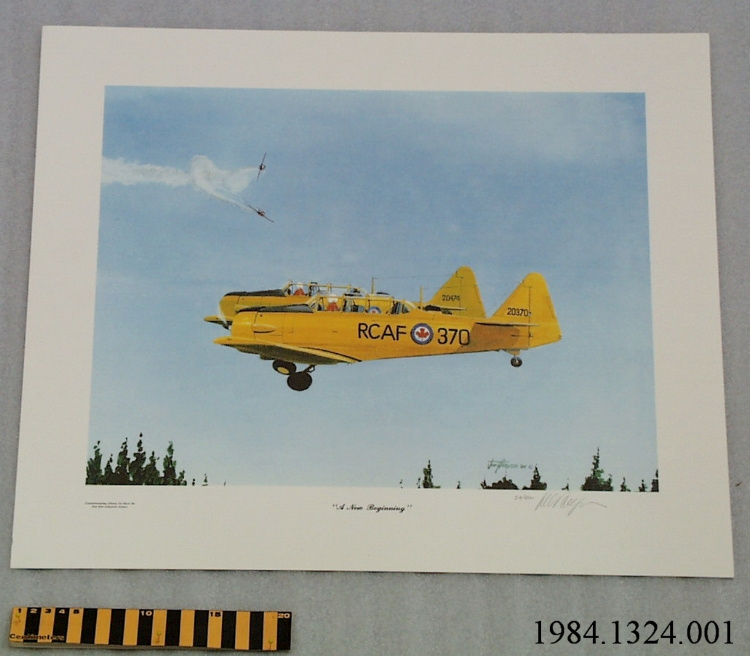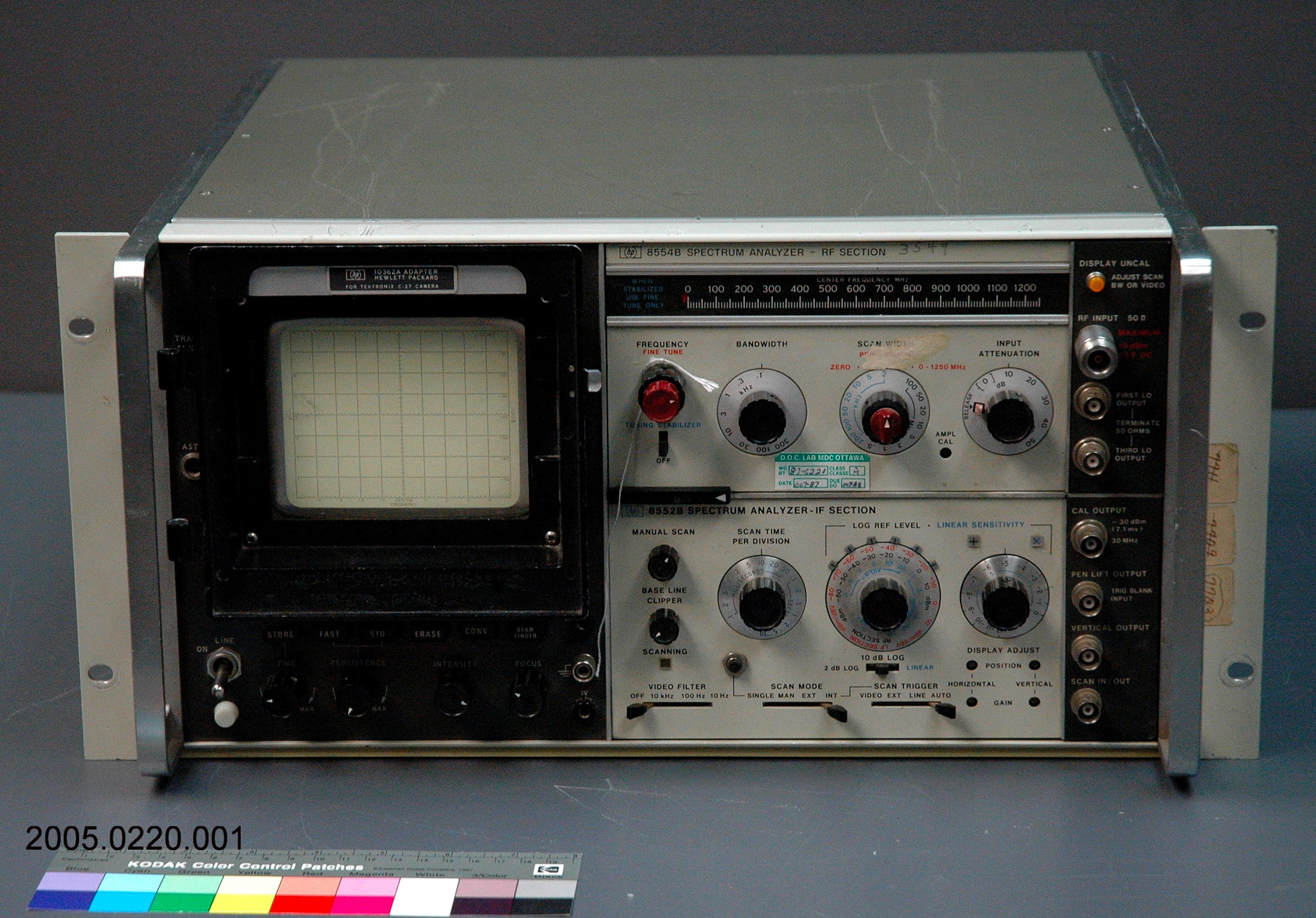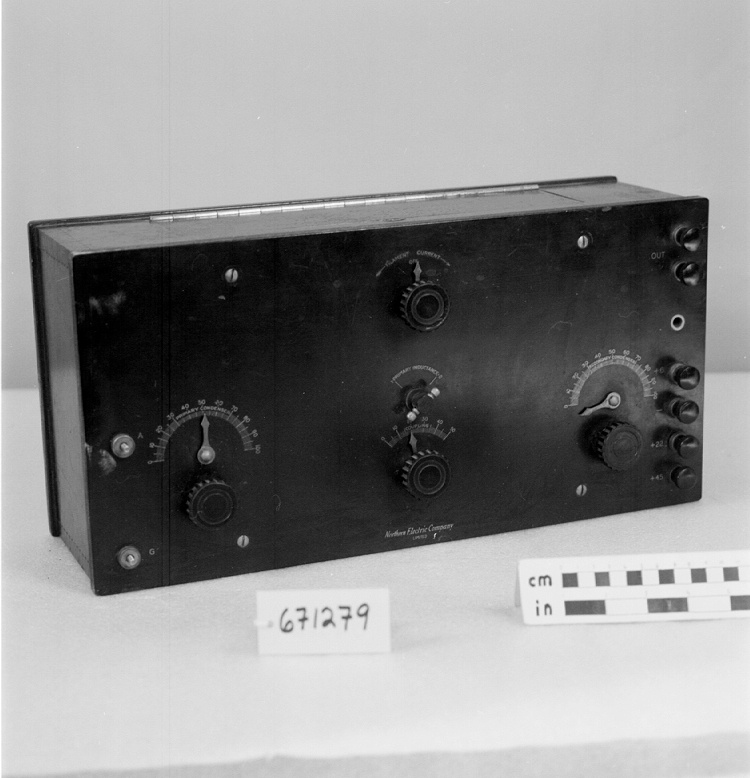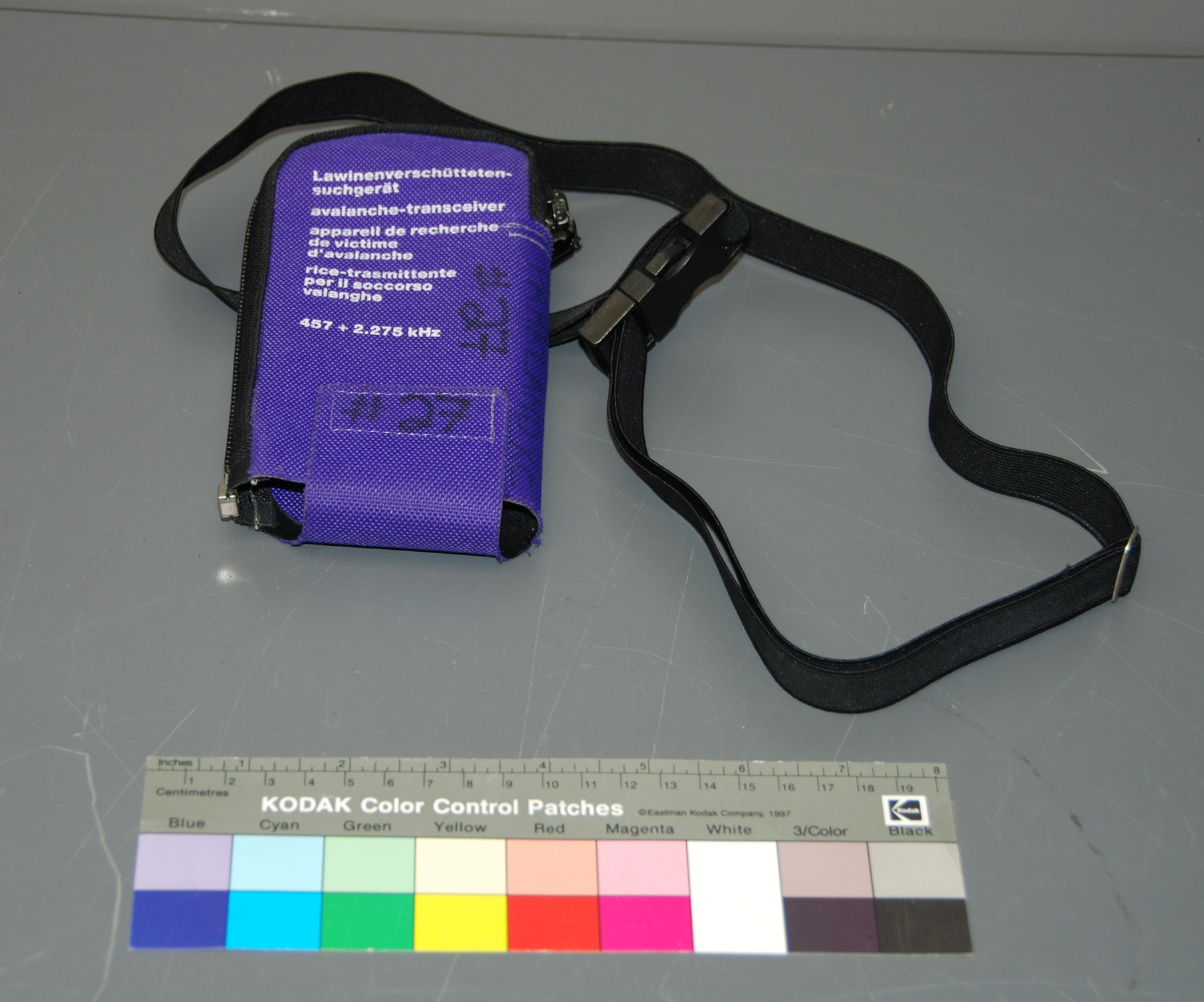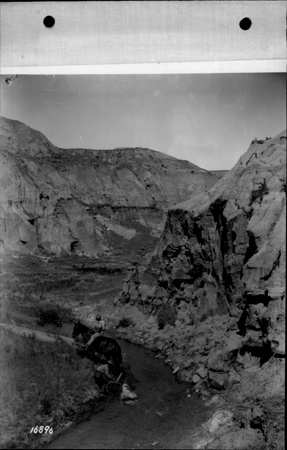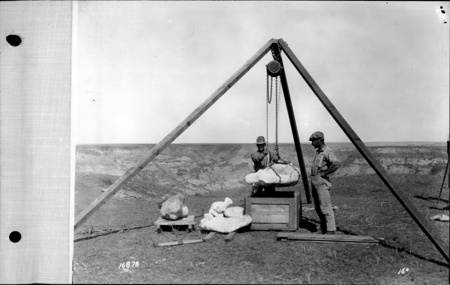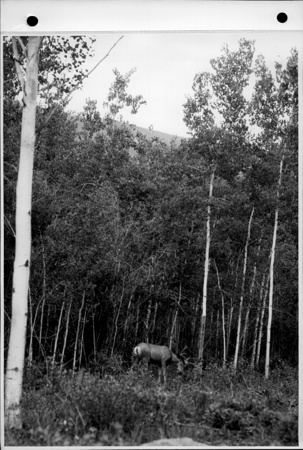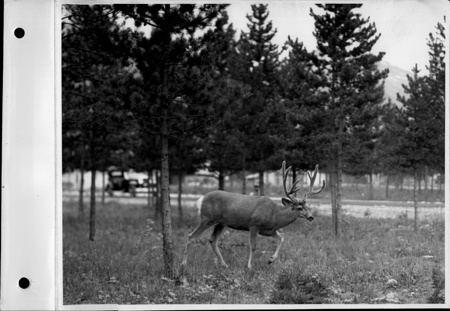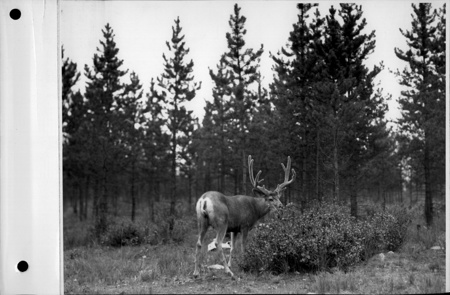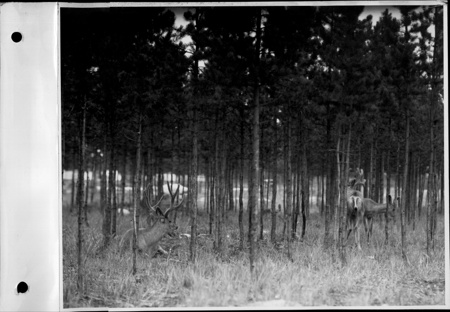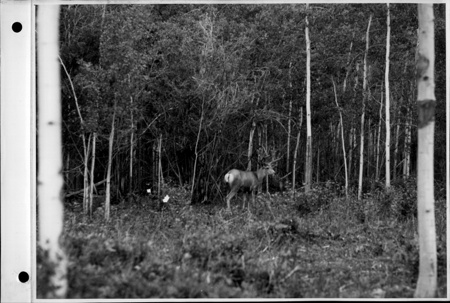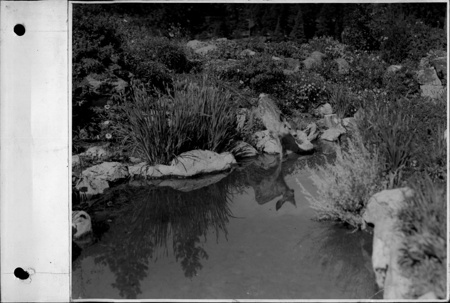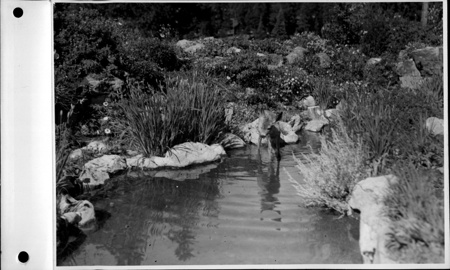Case, beacon
Use this image
Can I reuse this image without permission? Yes
Object images on the Ingenium Collection’s portal have the following Creative Commons license:
Copyright Ingenium / CC BY-NC-ND (Attribution-NonCommercial 4.0 International (CC BY-NC 4.0)
ATTRIBUTE THIS IMAGE
Ingenium,
2013.0131.003
Permalink:
Ingenium is releasing this image under the Creative Commons licensing framework, and encourages downloading and reuse for non-commercial purposes. Please acknowledge Ingenium and cite the artifact number.
DOWNLOAD IMAGEPURCHASE THIS IMAGE
This image is free for non-commercial use.
For commercial use, please consult our Reproduction Fees and contact us to purchase the image.
- OBJECT TYPE
- N/A
- DATE
- 1995
- ARTIFACT NUMBER
- 2013.0131.003
- MANUFACTURER
- Ortovox
- MODEL
- KF5 Ortovox F2
- LOCATION
- Germany
More Information
General Information
- Serial #
- N/A
- Part Number
- 3
- Total Parts
- 3
- AKA
- N/A
- Patents
- N/A
- General Description
- Synthetic, fabric and metal
Dimensions
Note: These reflect the general size for storage and are not necessarily representative of the object's true dimensions.
- Length
- 16.2 cm
- Width
- 8.8 cm
- Height
- 2.5 cm
- Thickness
- N/A
- Weight
- N/A
- Diameter
- N/A
- Volume
- N/A
Lexicon
- Group
- Non-motorized Ground Transportation
- Category
- Human powered
- Sub-Category
- N/A
Manufacturer
- AKA
- Ortovox
- Country
- Germany
- State/Province
- Unknown
- City
- Unknown
Context
- Country
- Canada
- State/Province
- Alberta
- Period
- 1996 – 2000’s
- Canada
-
Taken from reference: 1 An example of a dual frequency beacon model used in Canada, this device was in used by the Parkland Cross Country Ski Club of Red Deer Alberta as part of a fleet of rental devices to club members. http://www.parklandxcskiclub.org/ - Function
-
Case for beacon. - Technical
-
Taken from reference: 1 This dual frequency beacon also operates at two frequencies; 2.275 kHz, and 457kHz. “Introduced in 1980, Gerald Kampel and Jürgen Wegner develop the first double frequency transceiver, ORTOVOX F2 for searching avalanche victims. Until then all avalanche transceivers in use would send and receive in different frequencies (2, 275kHz or 457 kHz). This would often lead to fatal avalanche accidents when victims could not be found quickly enough due to differences in frequency. The F2 can send and receive on both frequencies and is received with enthusiasm. Within 2 years of its introduction it became number one on the market”. Source: http://www.ortovox.com/3146--history.html The standard of 457kHz was adopted in 1986 by the International Commission on Alpine Rescue (IKAR), in 1996 by the American Society for Testing and Materials (ASTM), and also by the American National Standards Institute (ANSI). - Area Notes
-
Unknown
Details
- Markings
- White print on front "ORTOVOX/ F2", "DIRECTION", "SUCHEN . SEARCH/ RICEERCA . RECHERCHE". Scale below "35", "15", "8", "20". White print on the other side "Lawinenverschutteten-/ suchgerat", "avalanche - transceiver", "appareil de recherche/ de victime/ d'avalanche", "rice-trasmittente/ per il soccorso/ valanghe", "457 + 2.275 kHz". Black handwritten print "PARKLAND XC #27". Embossed print on zipper pull "YKK".
- Missing
- N/A
- Finish
- Purple, black and white fabric case with white print and black fabric strap. There is a black squeeze buckle attached to strap.
- Decoration
- N/A
CITE THIS OBJECT
If you choose to share our information about this collection object, please cite:
Ortovox, Case, beacon, 1995, Artifact no. 2013.0131, Ingenium – Canada’s Museums of Science and Innovation, http://collection.ingeniumcanada.org/en/id/2013.0131.003/
FEEDBACK
Submit a question or comment about this artifact.
More Like This
